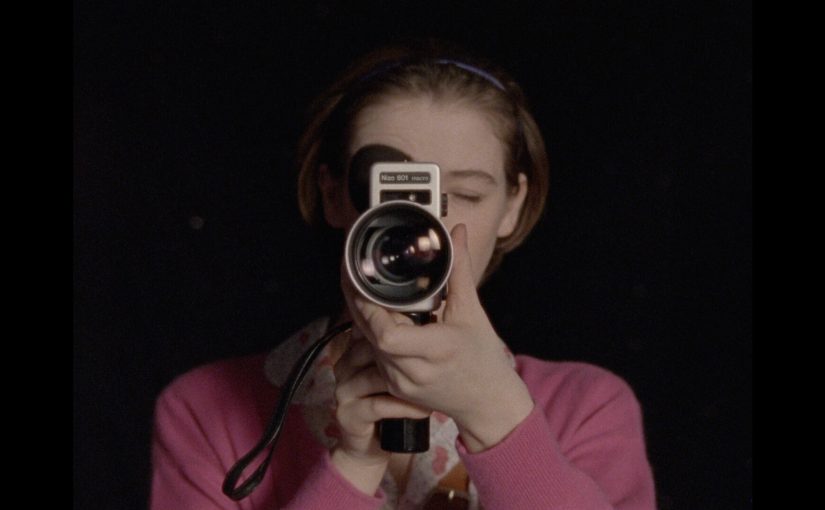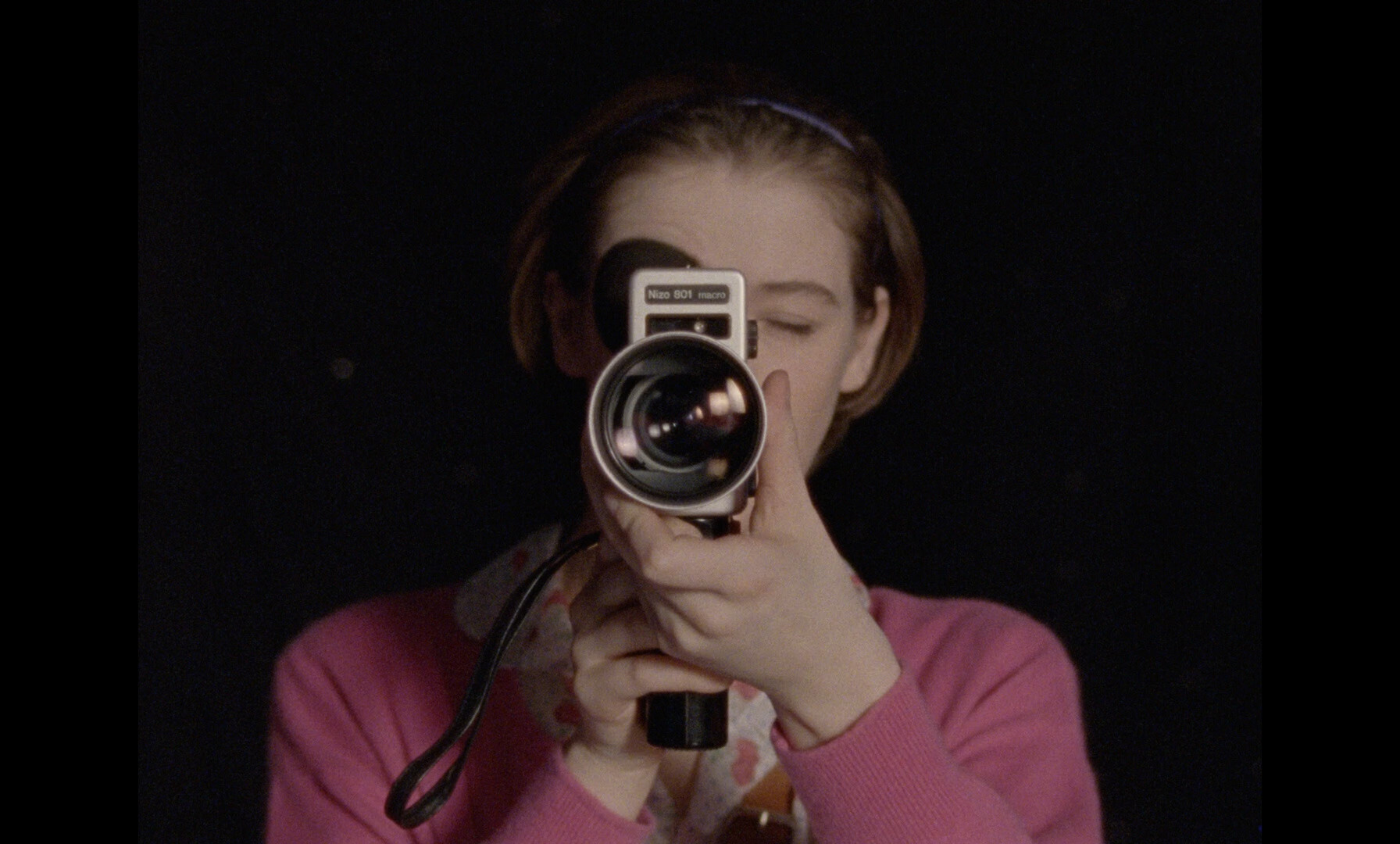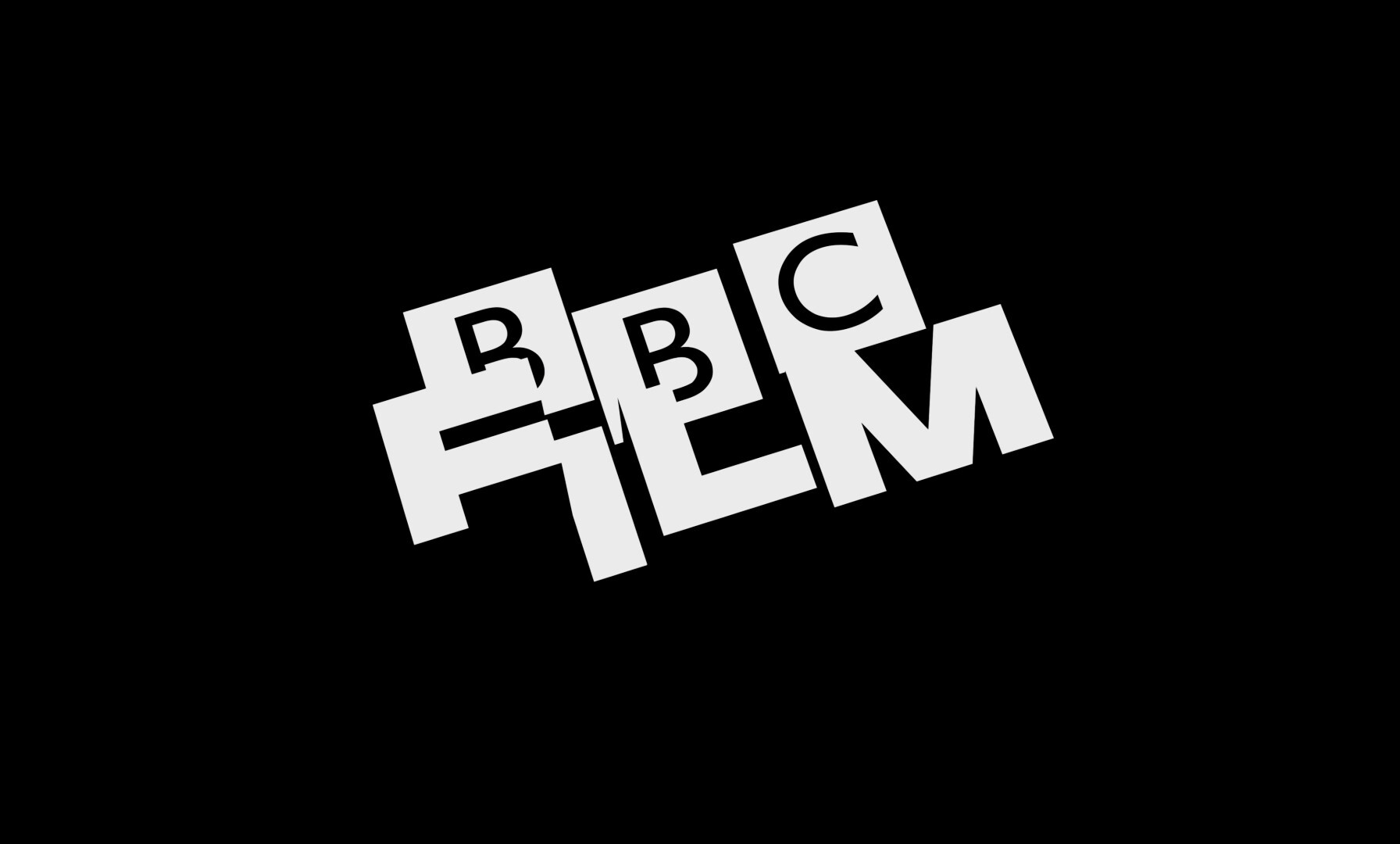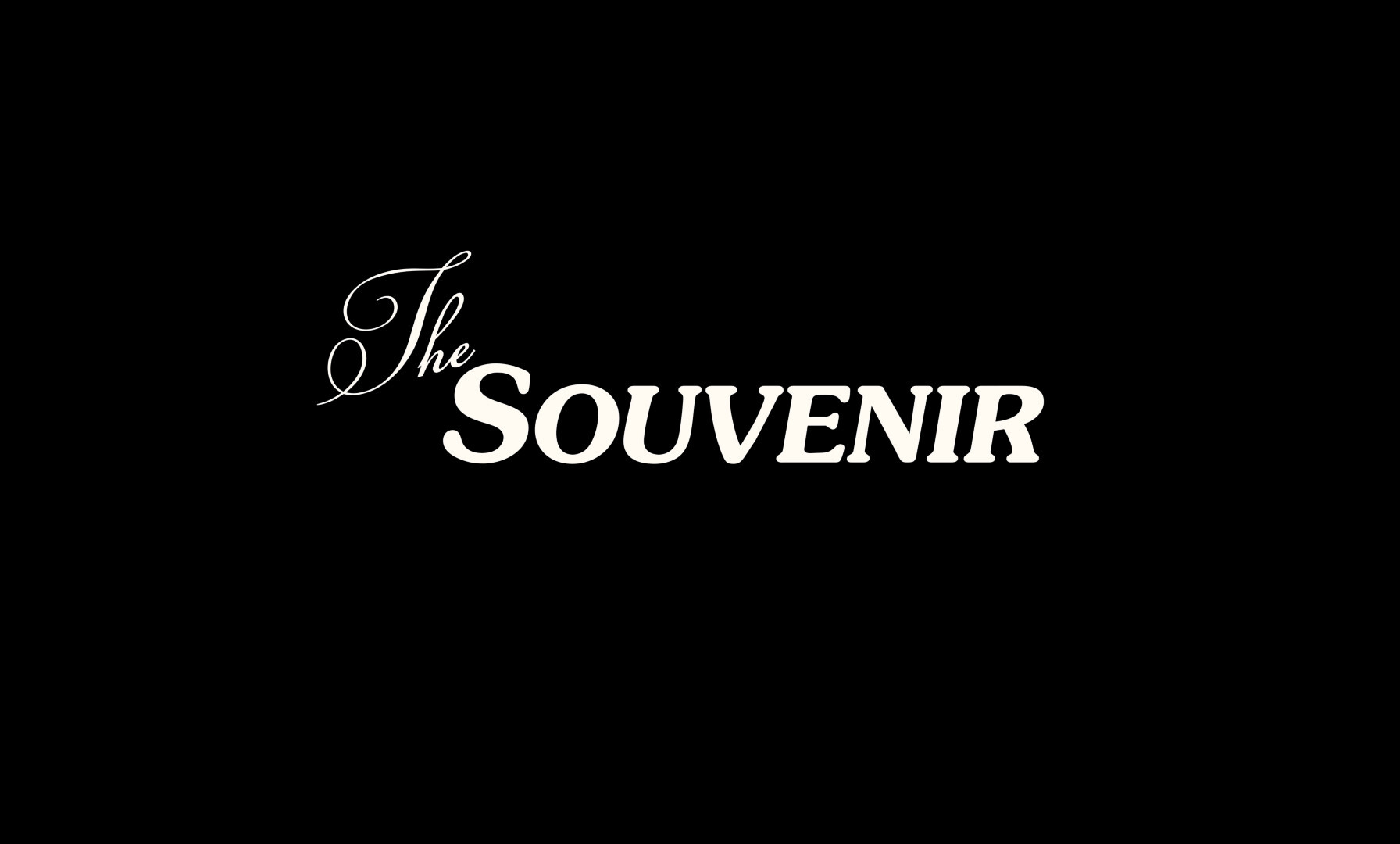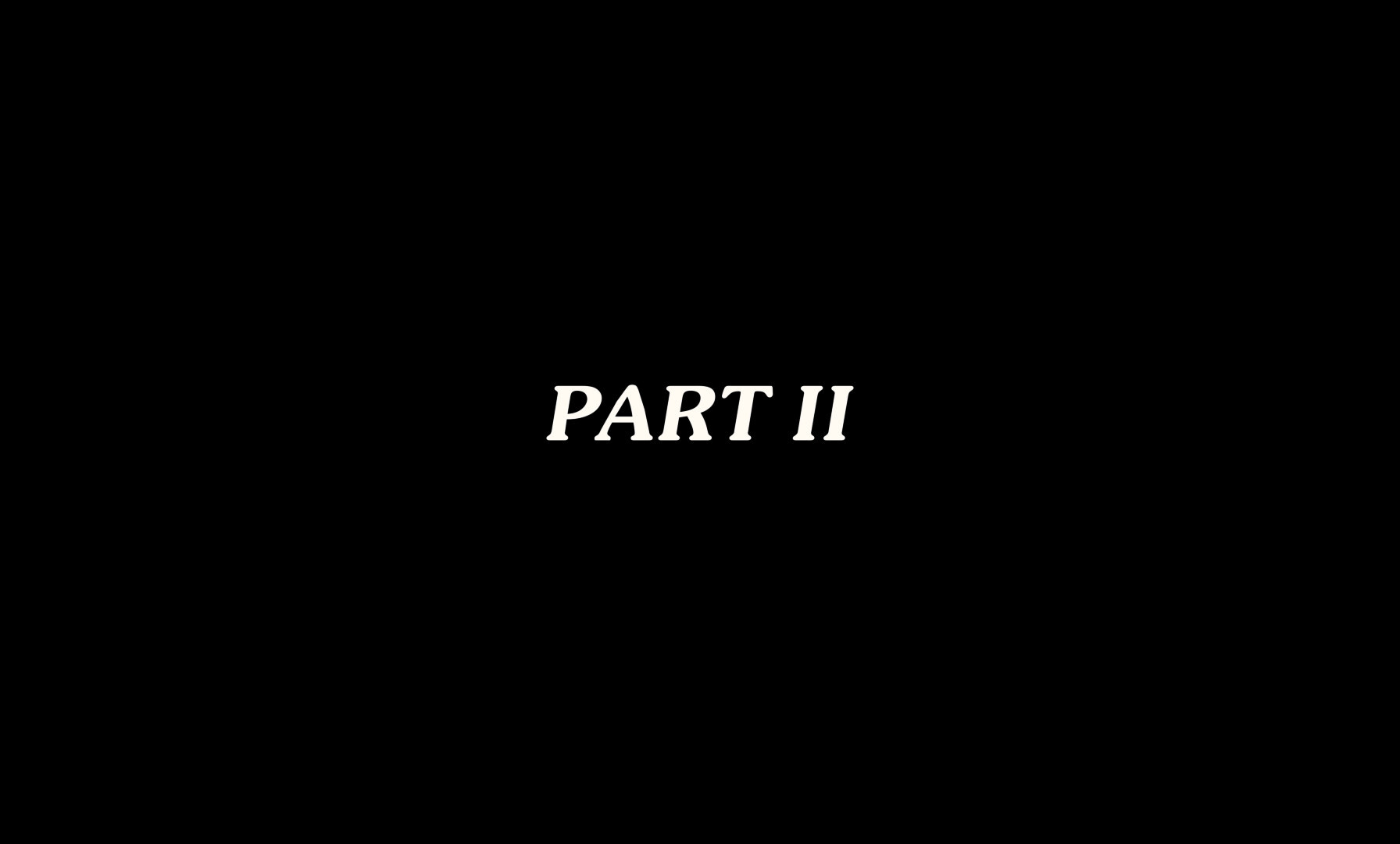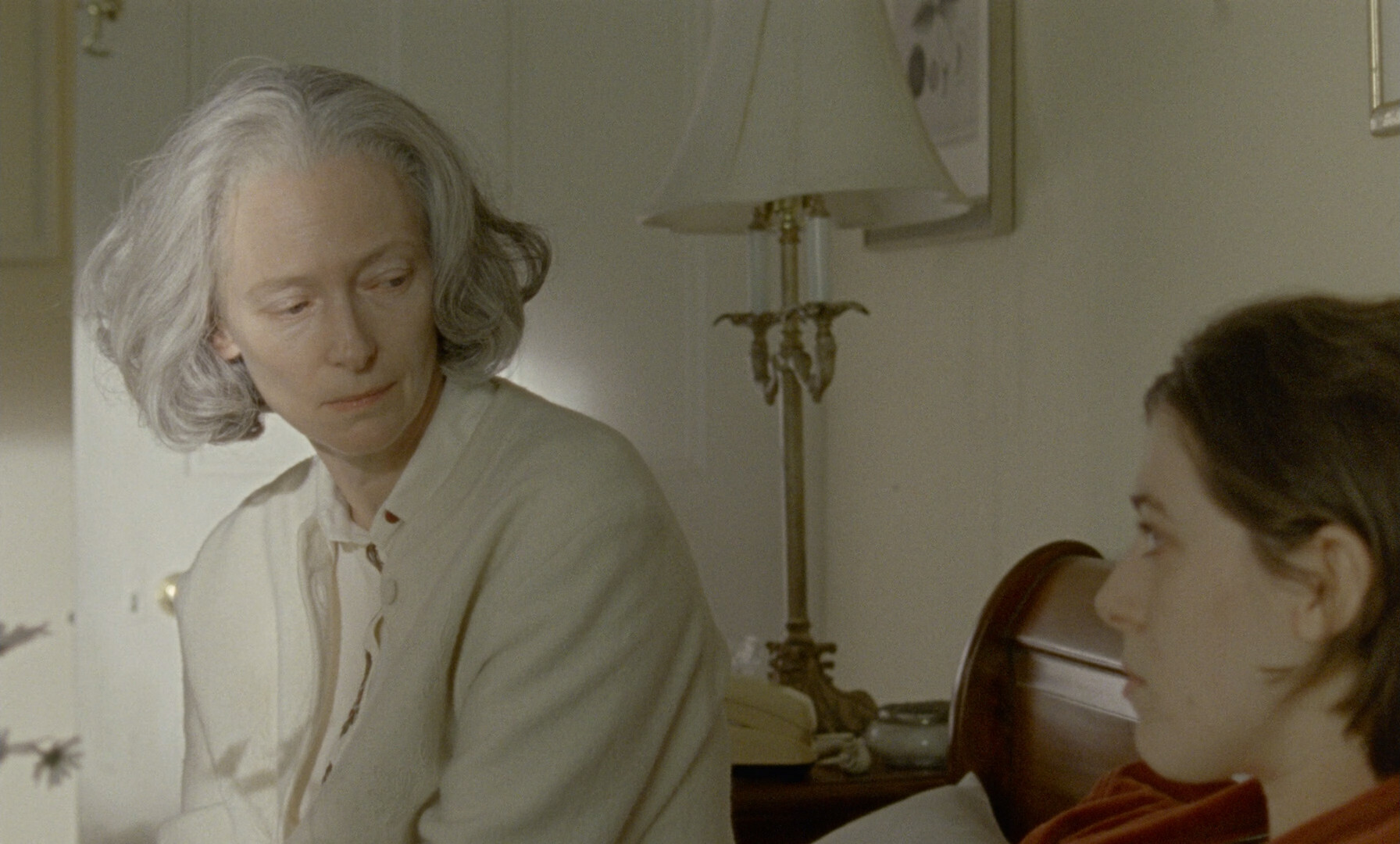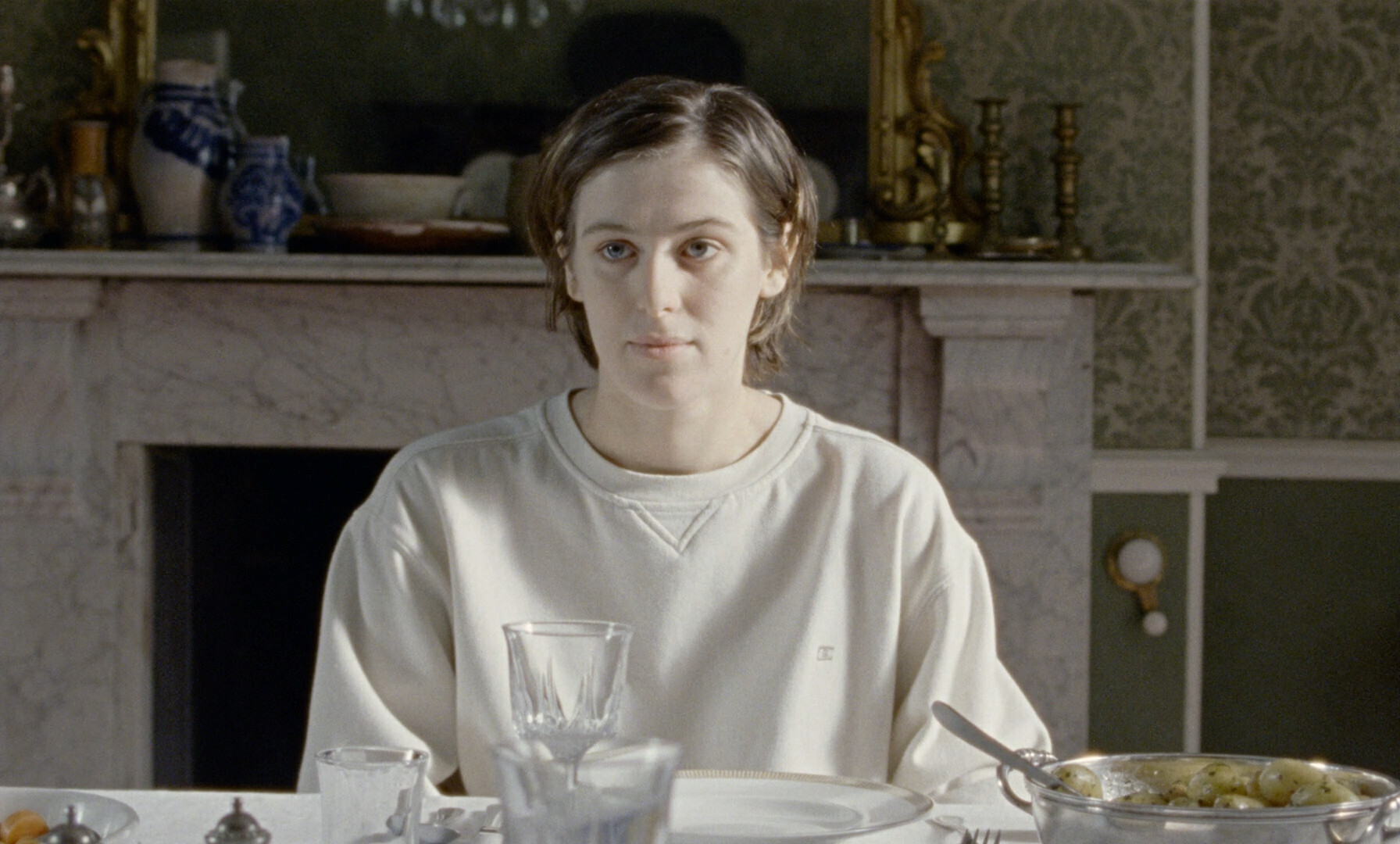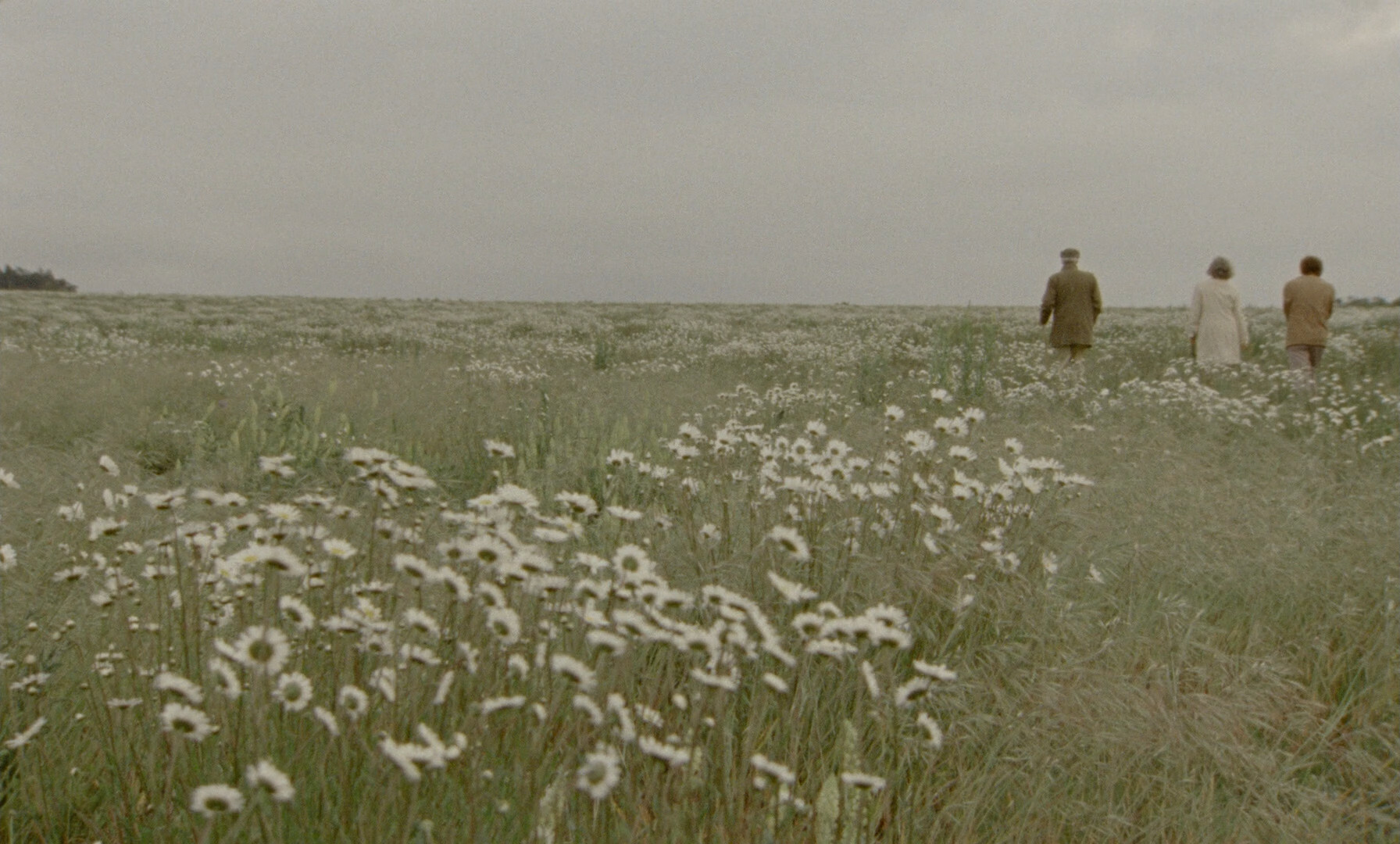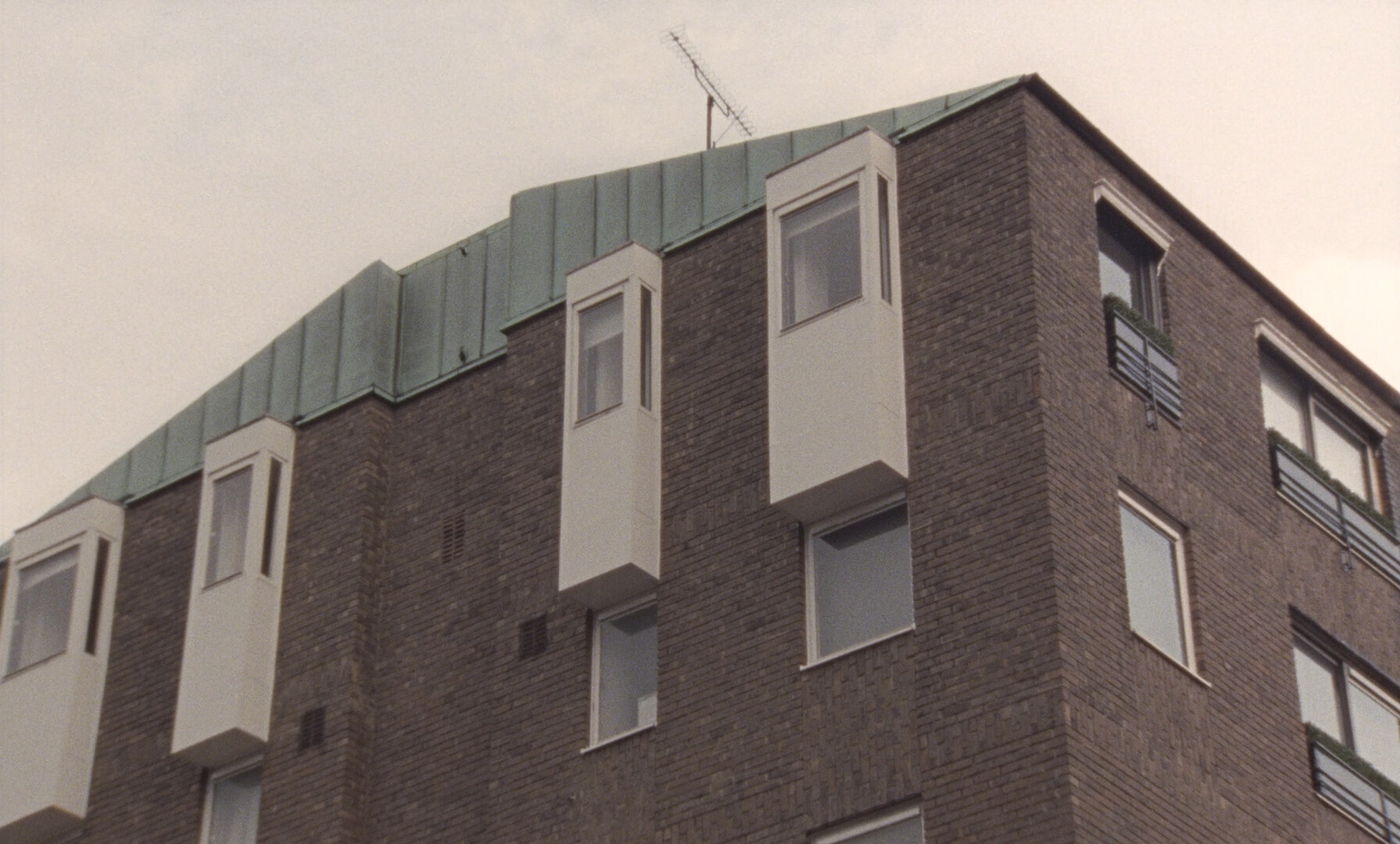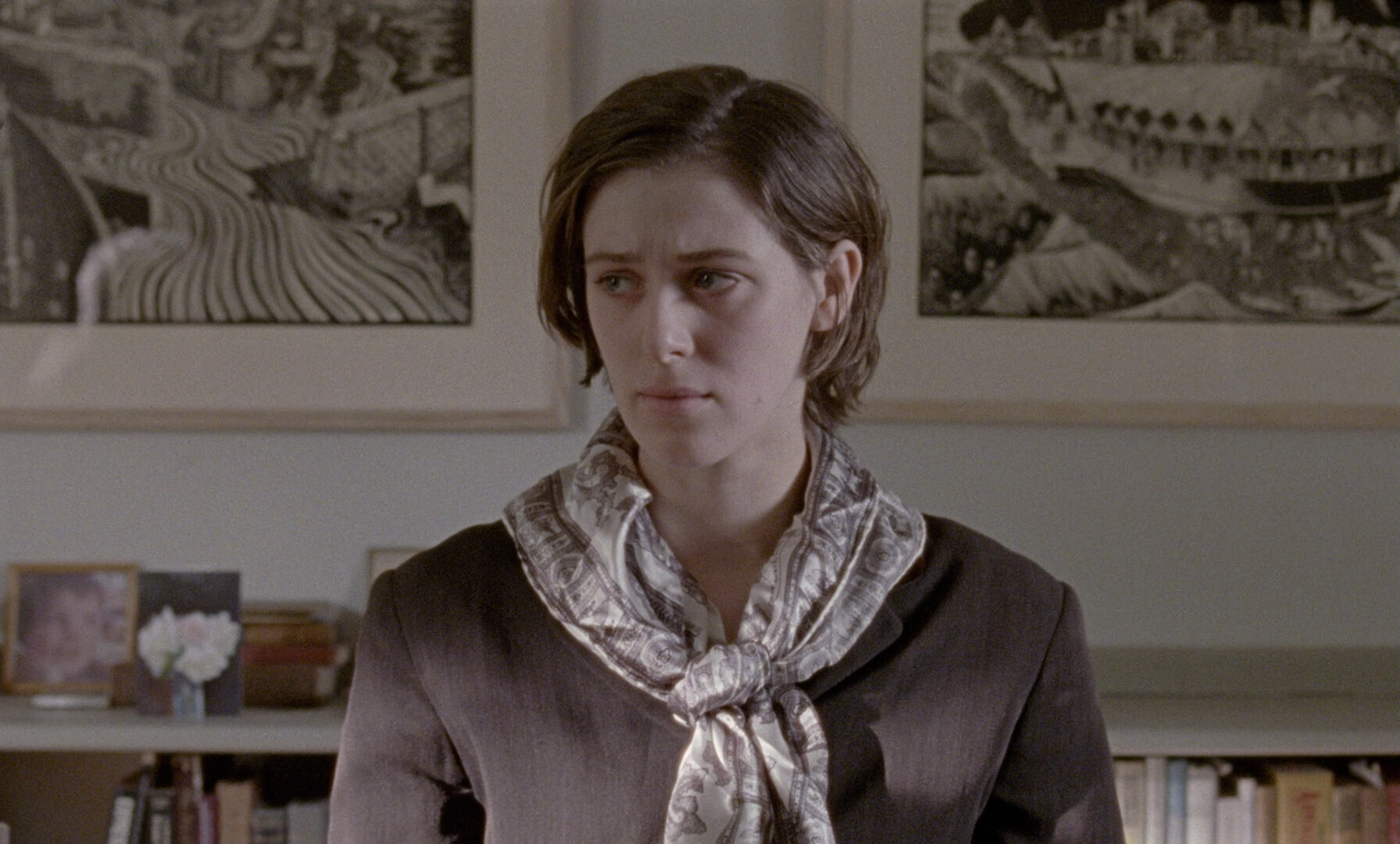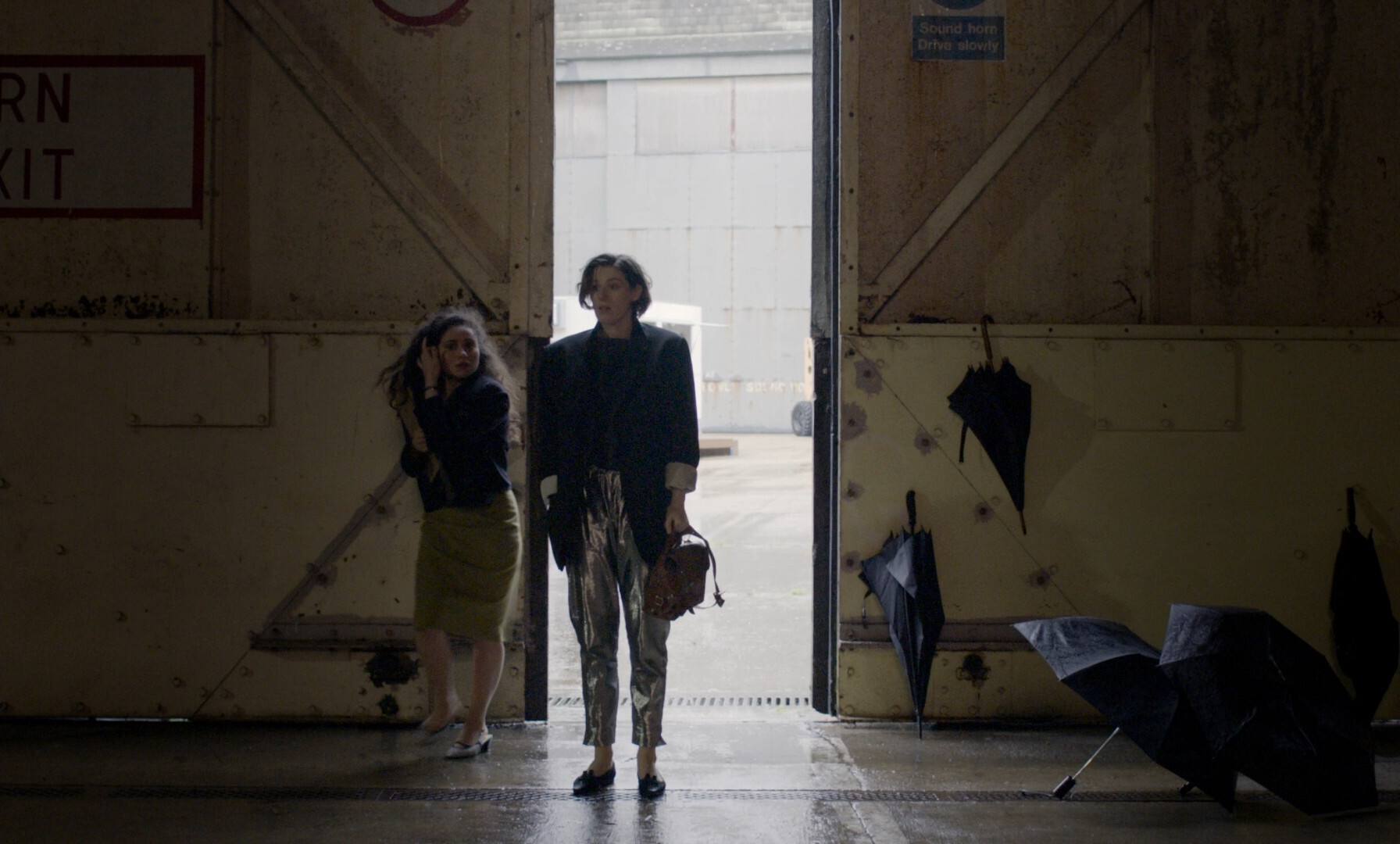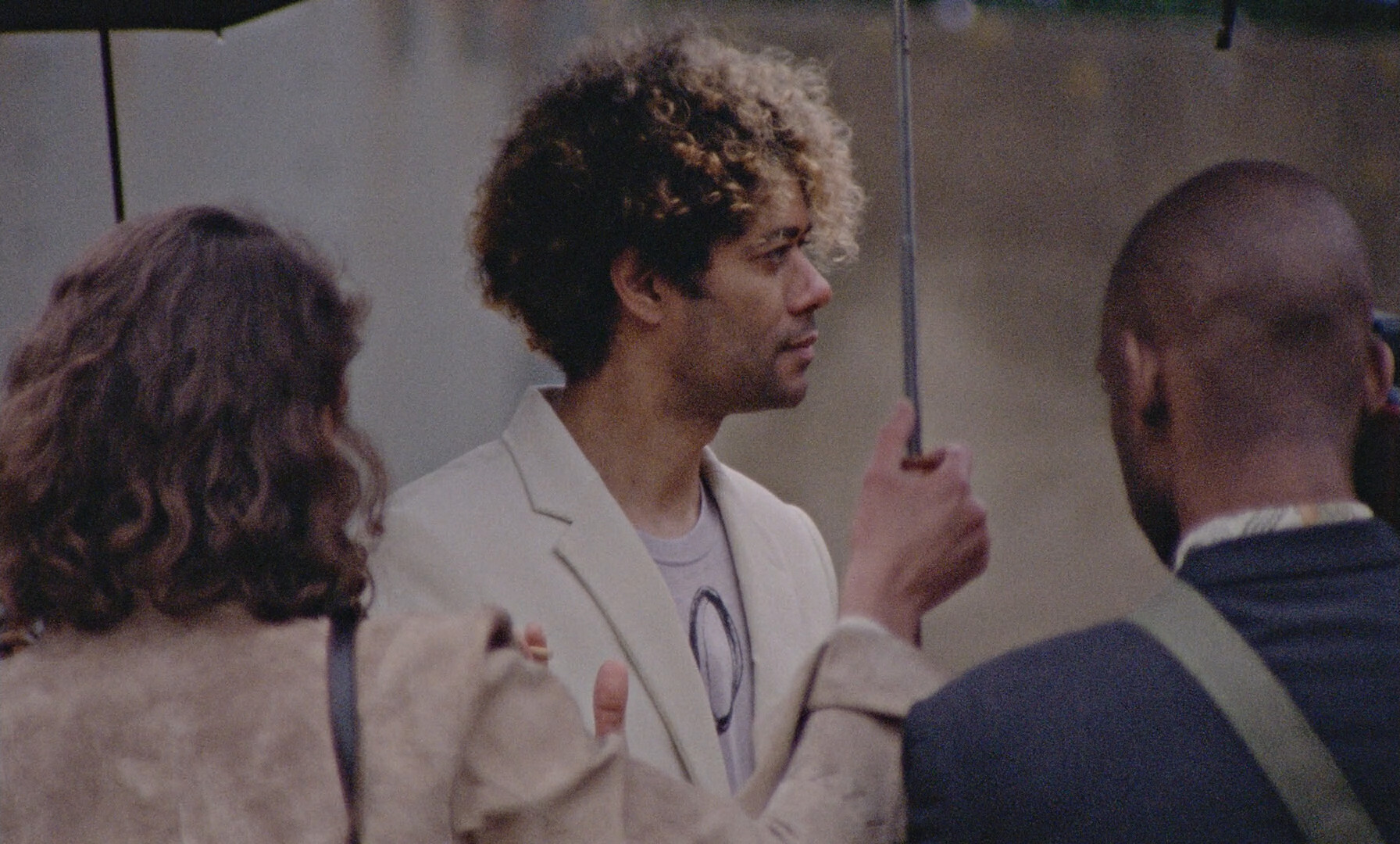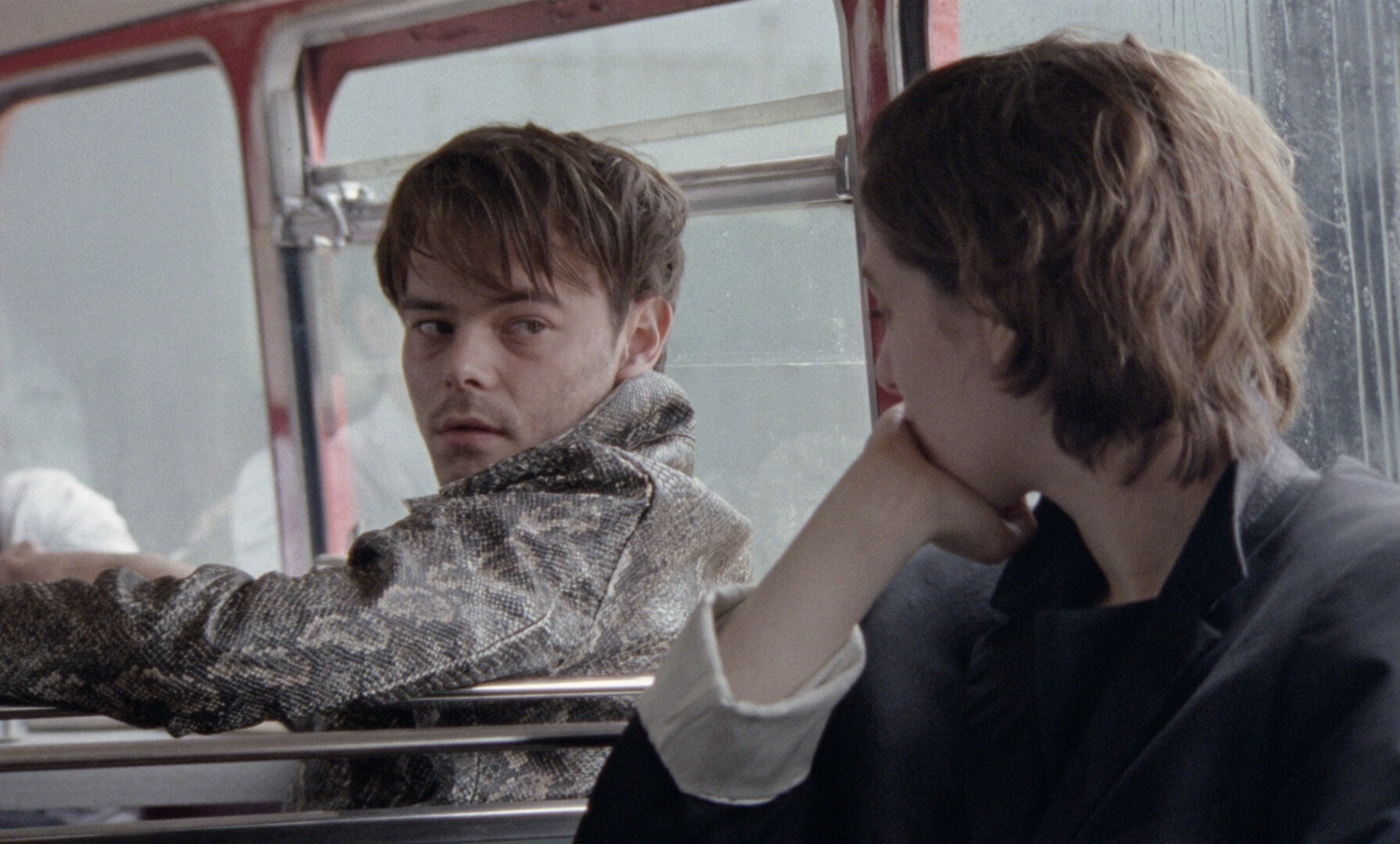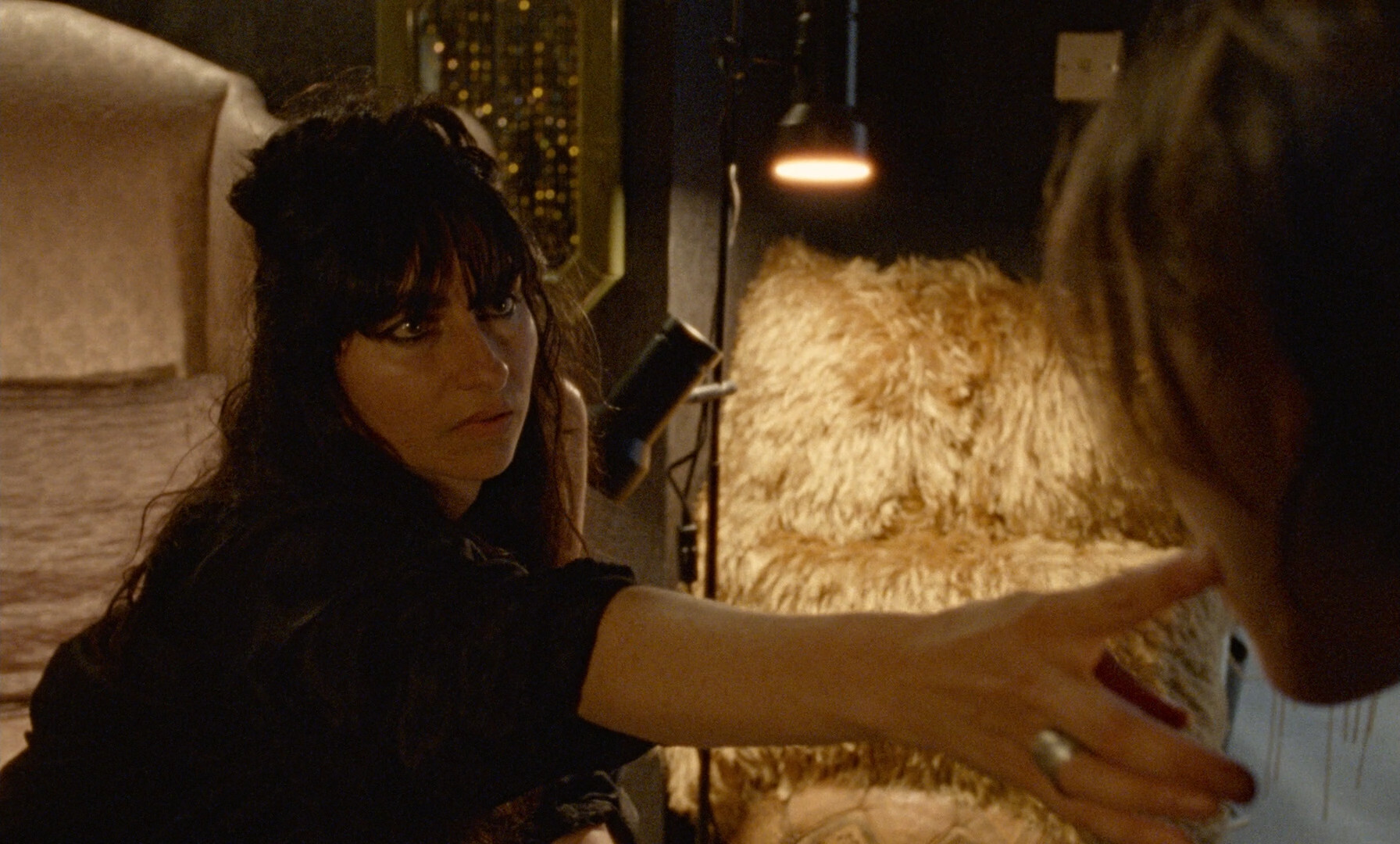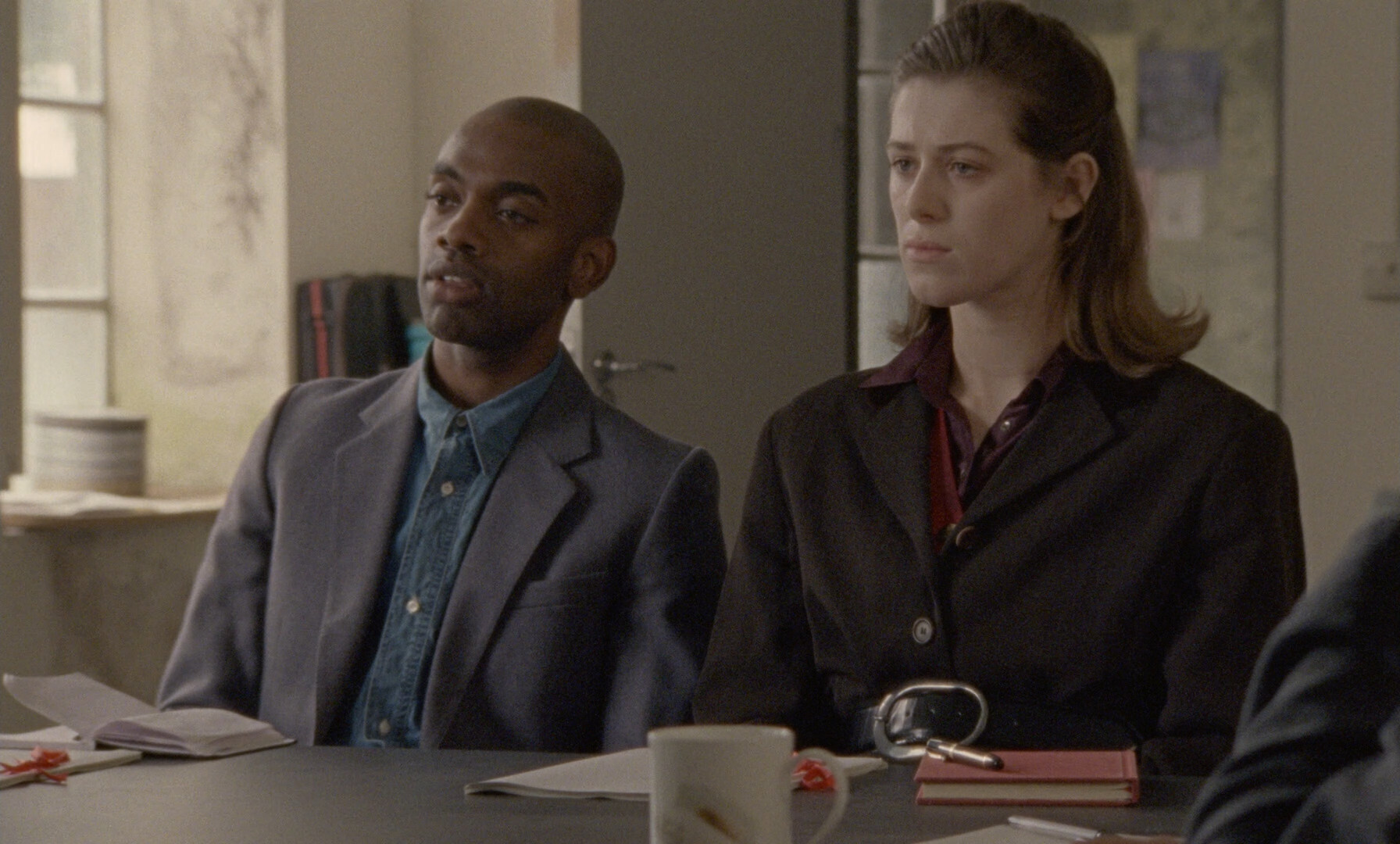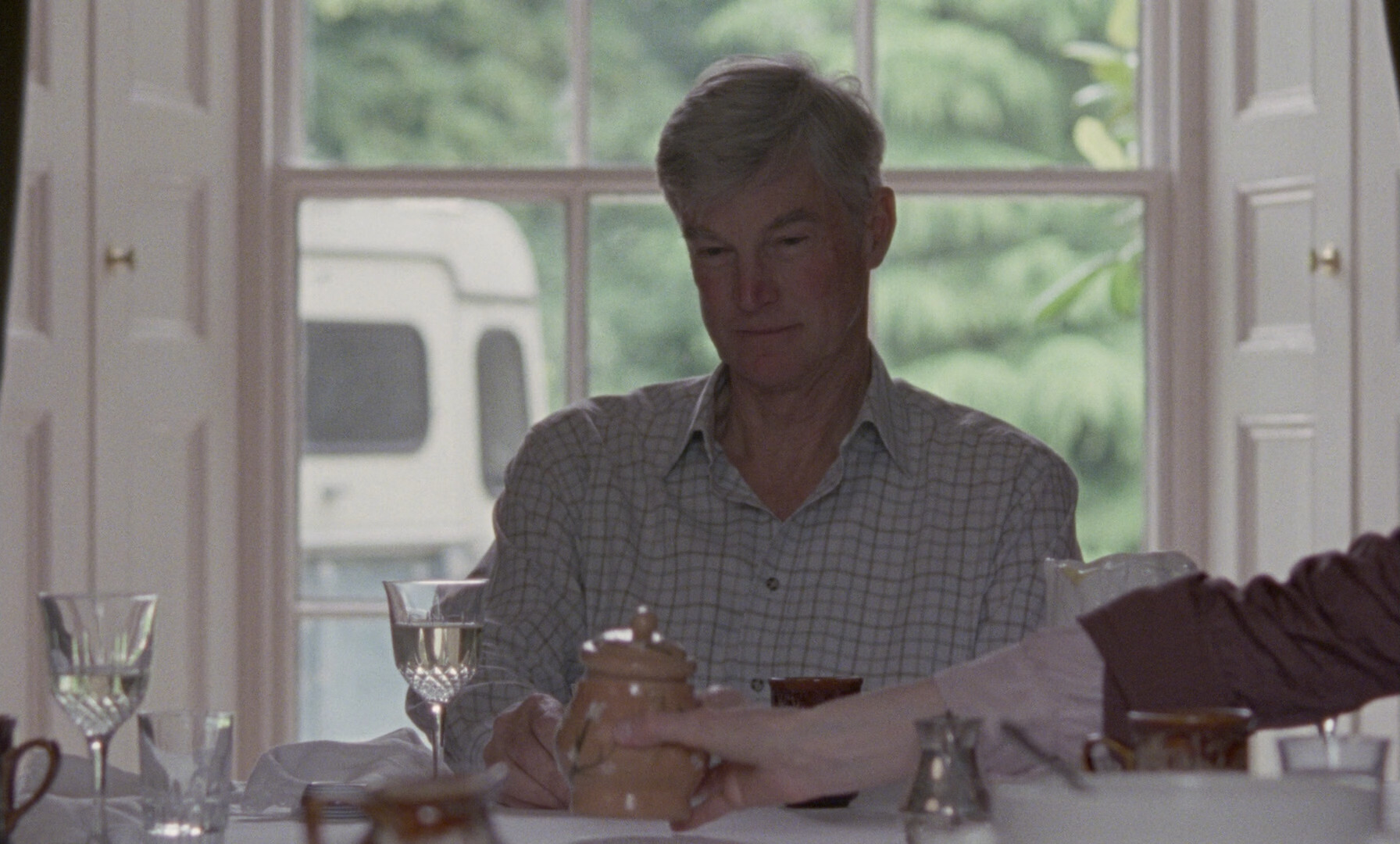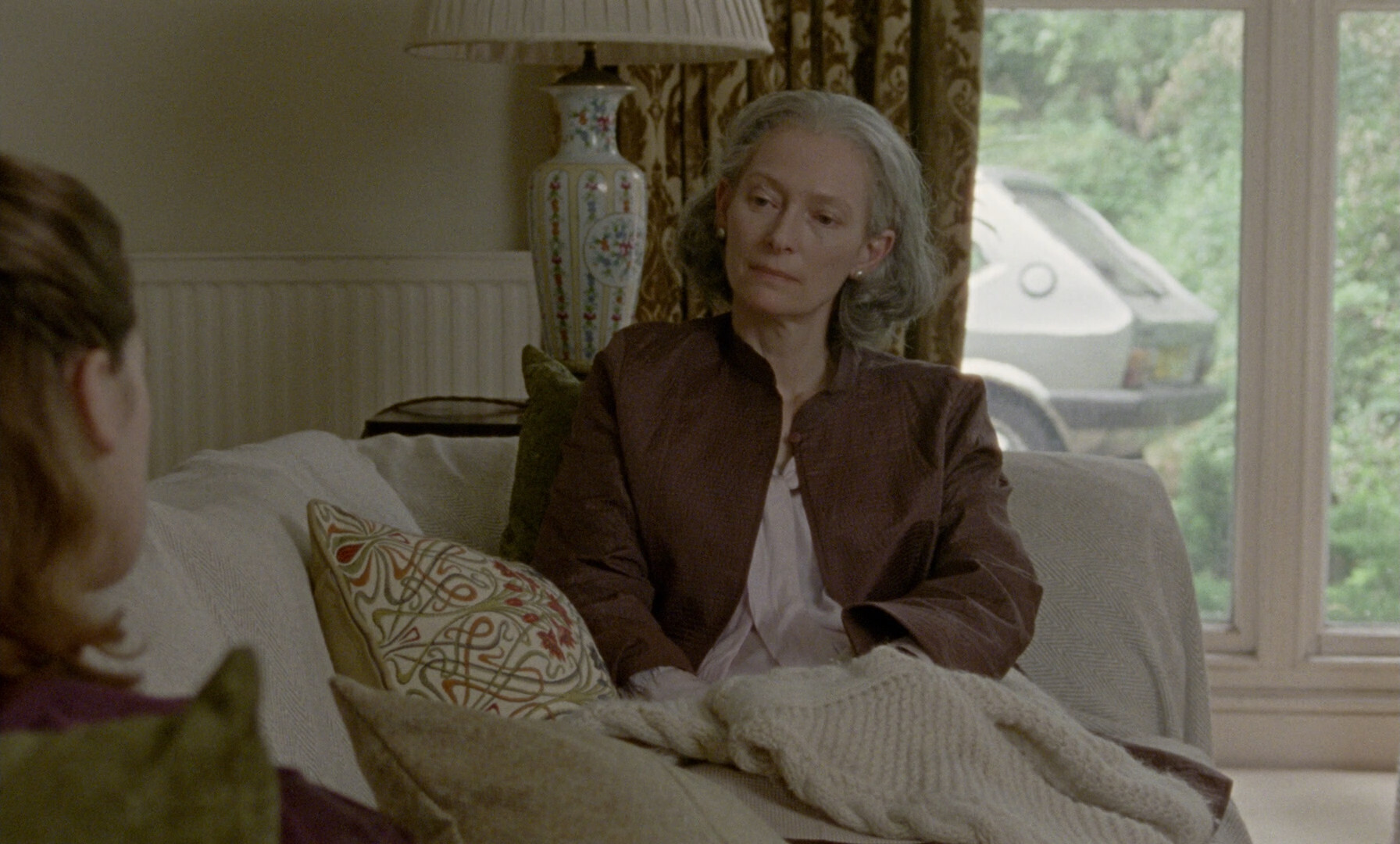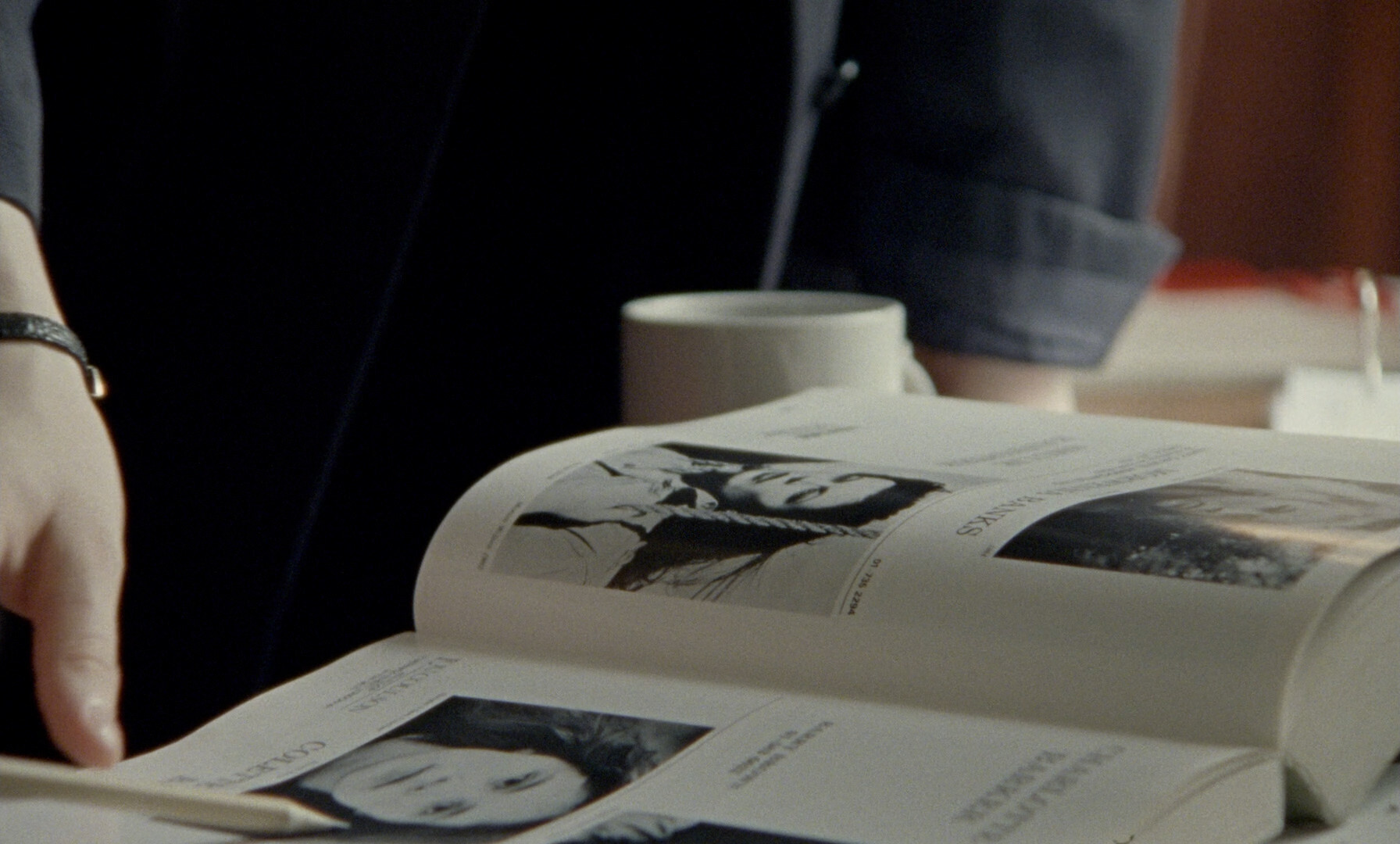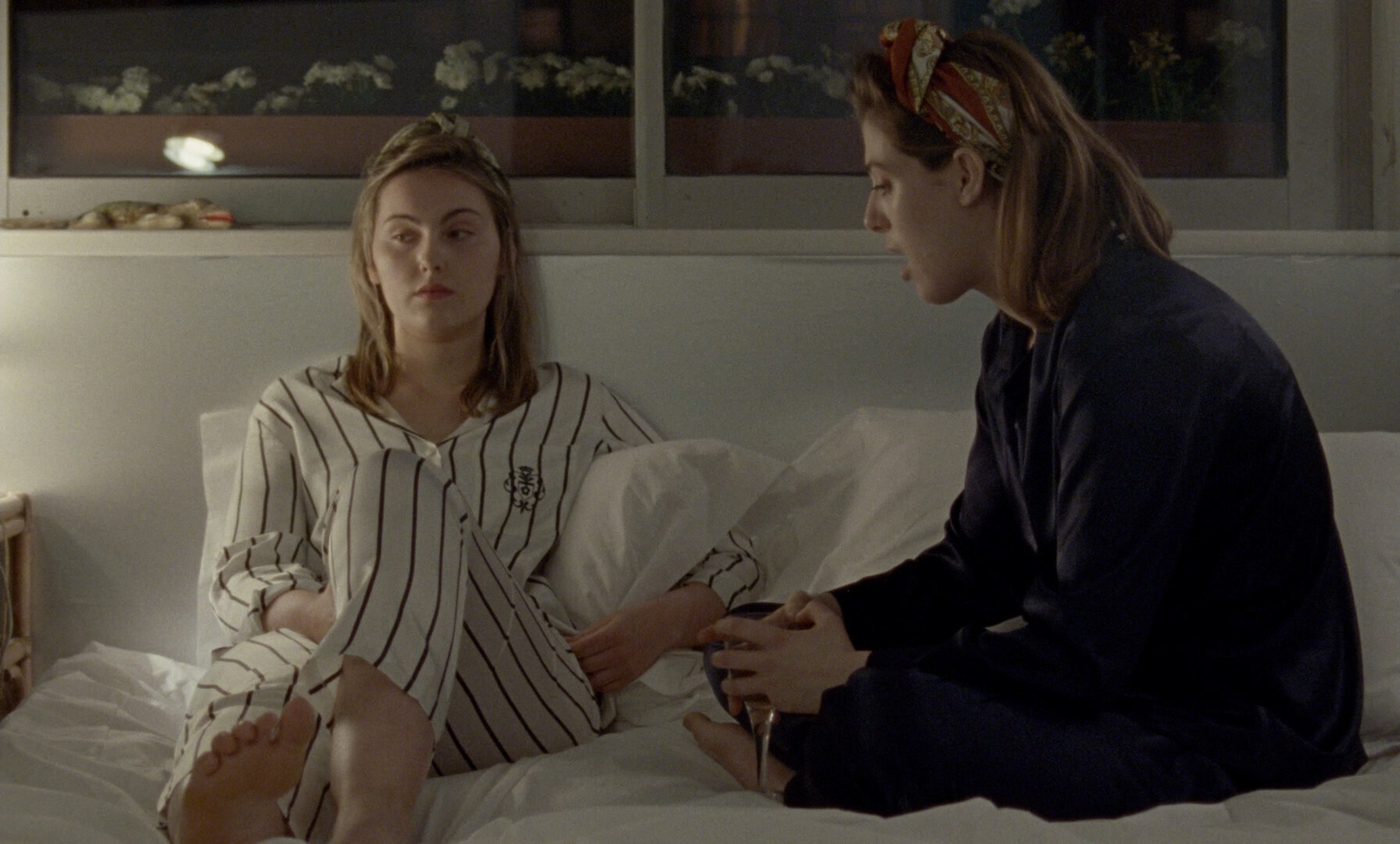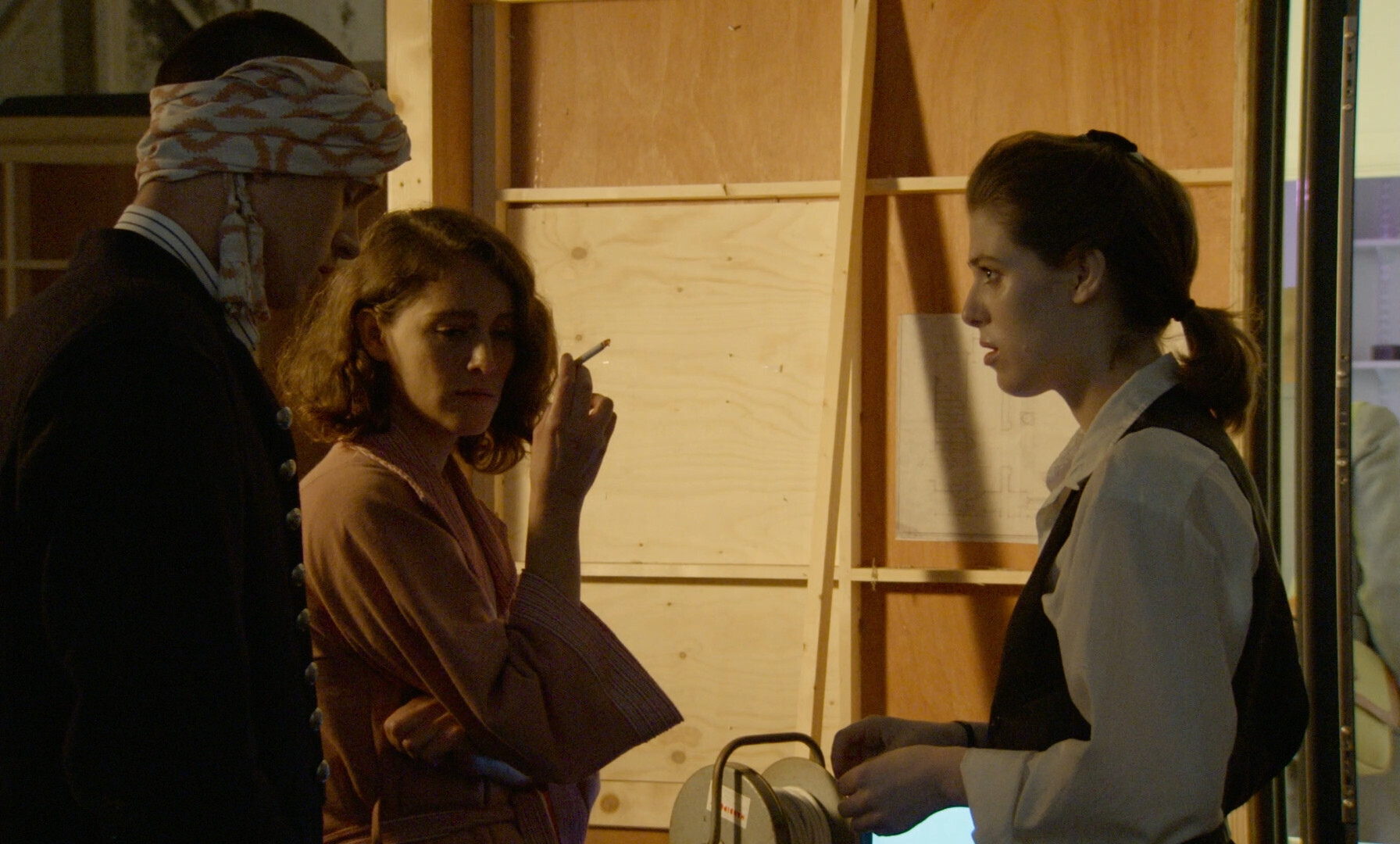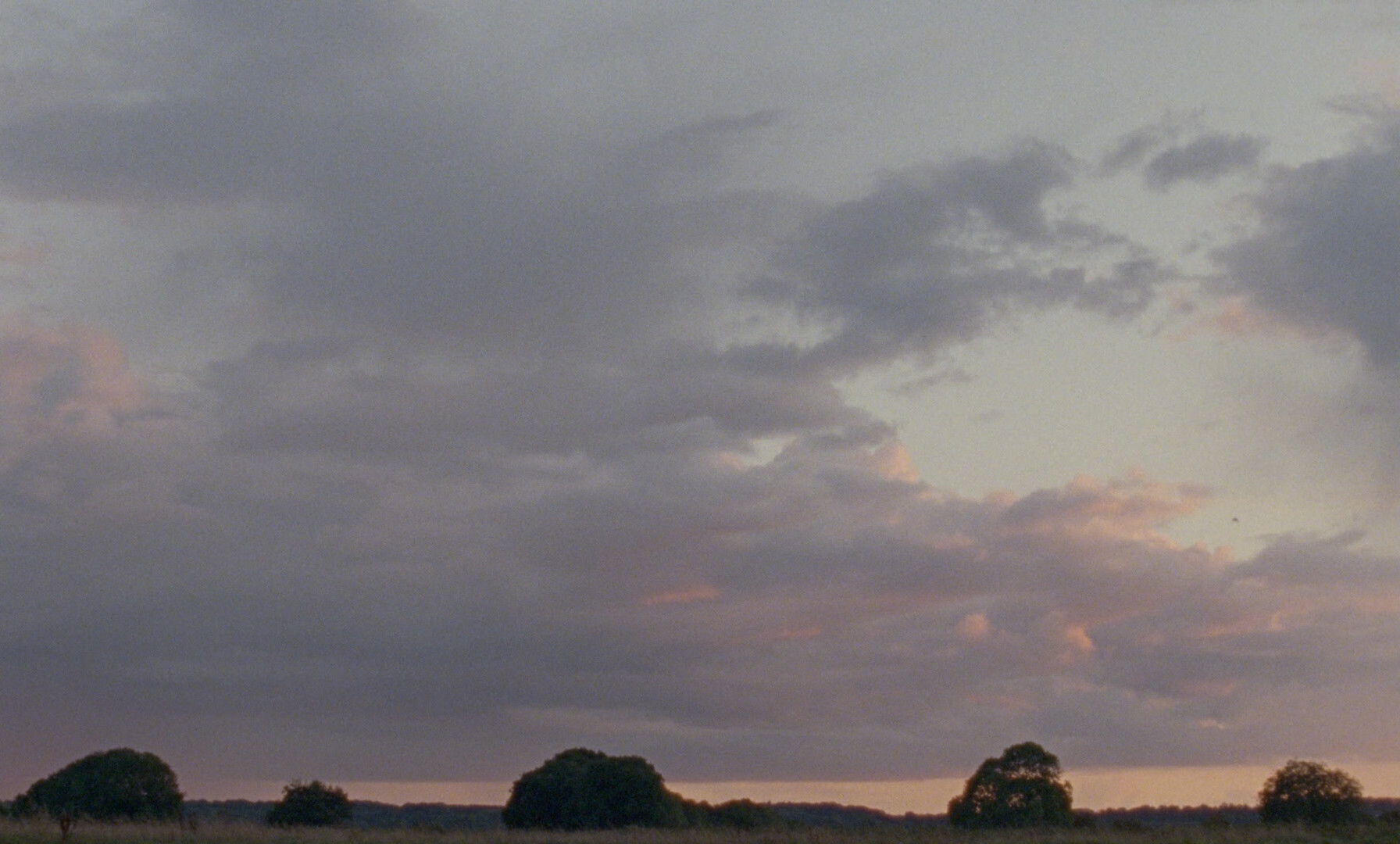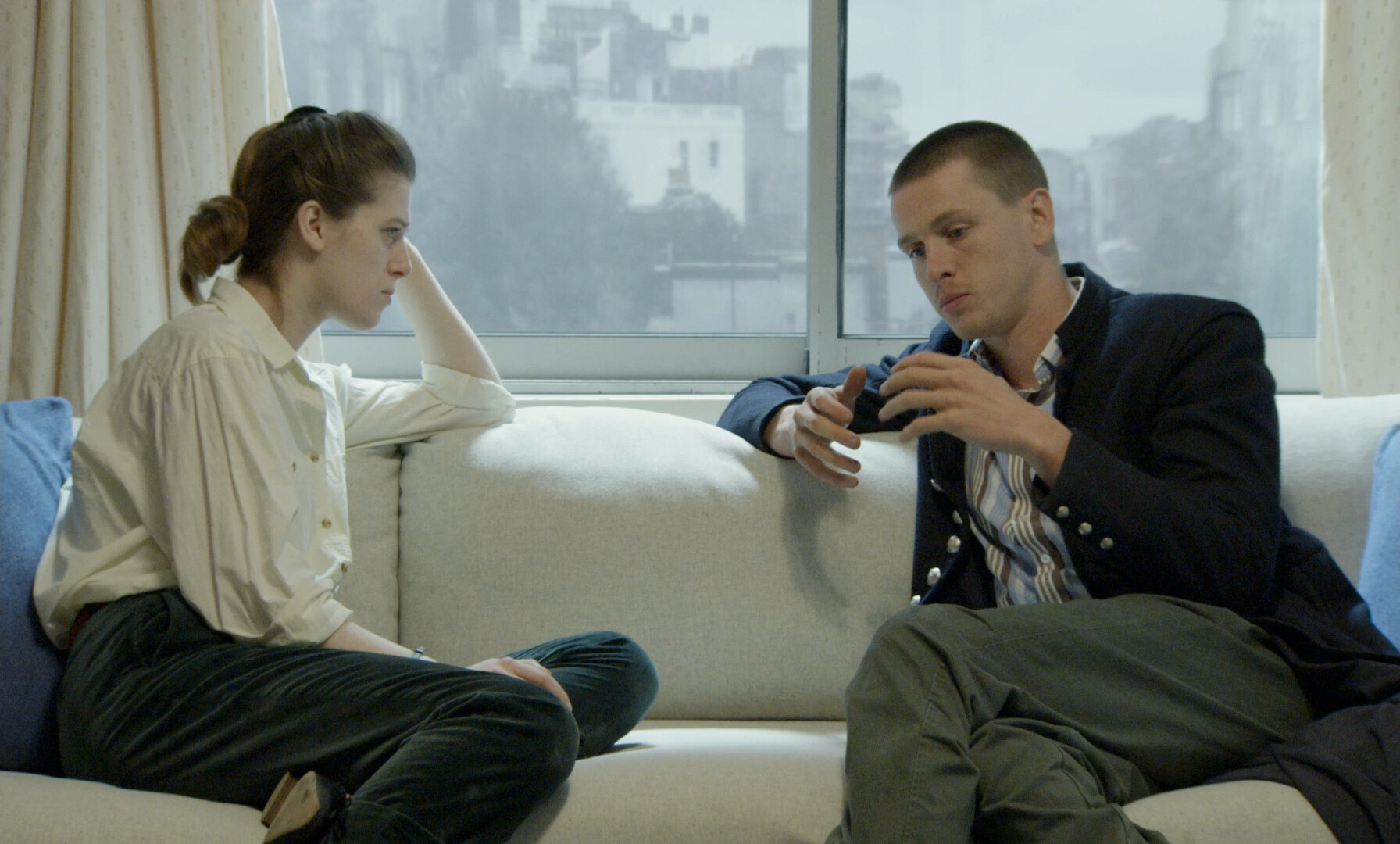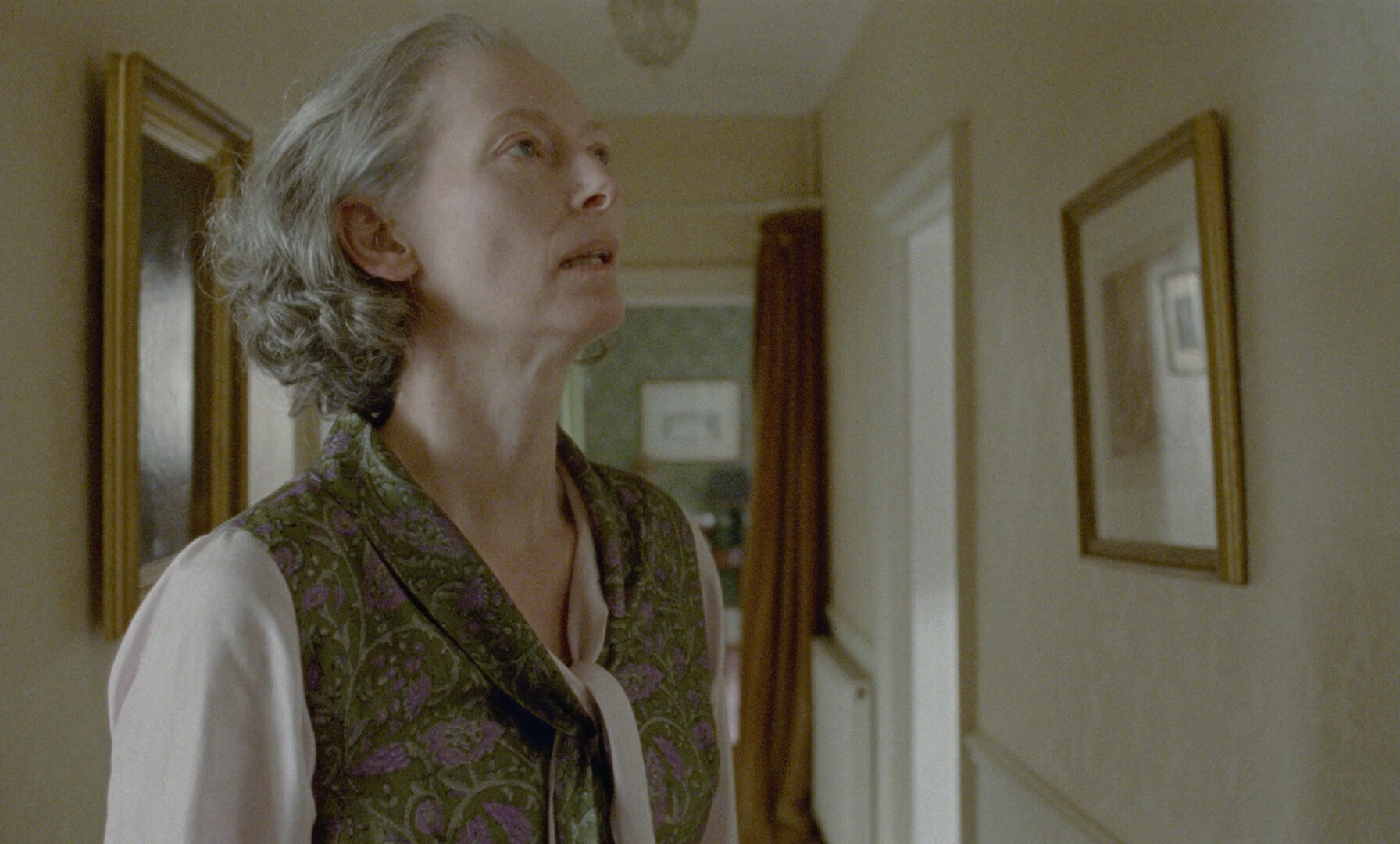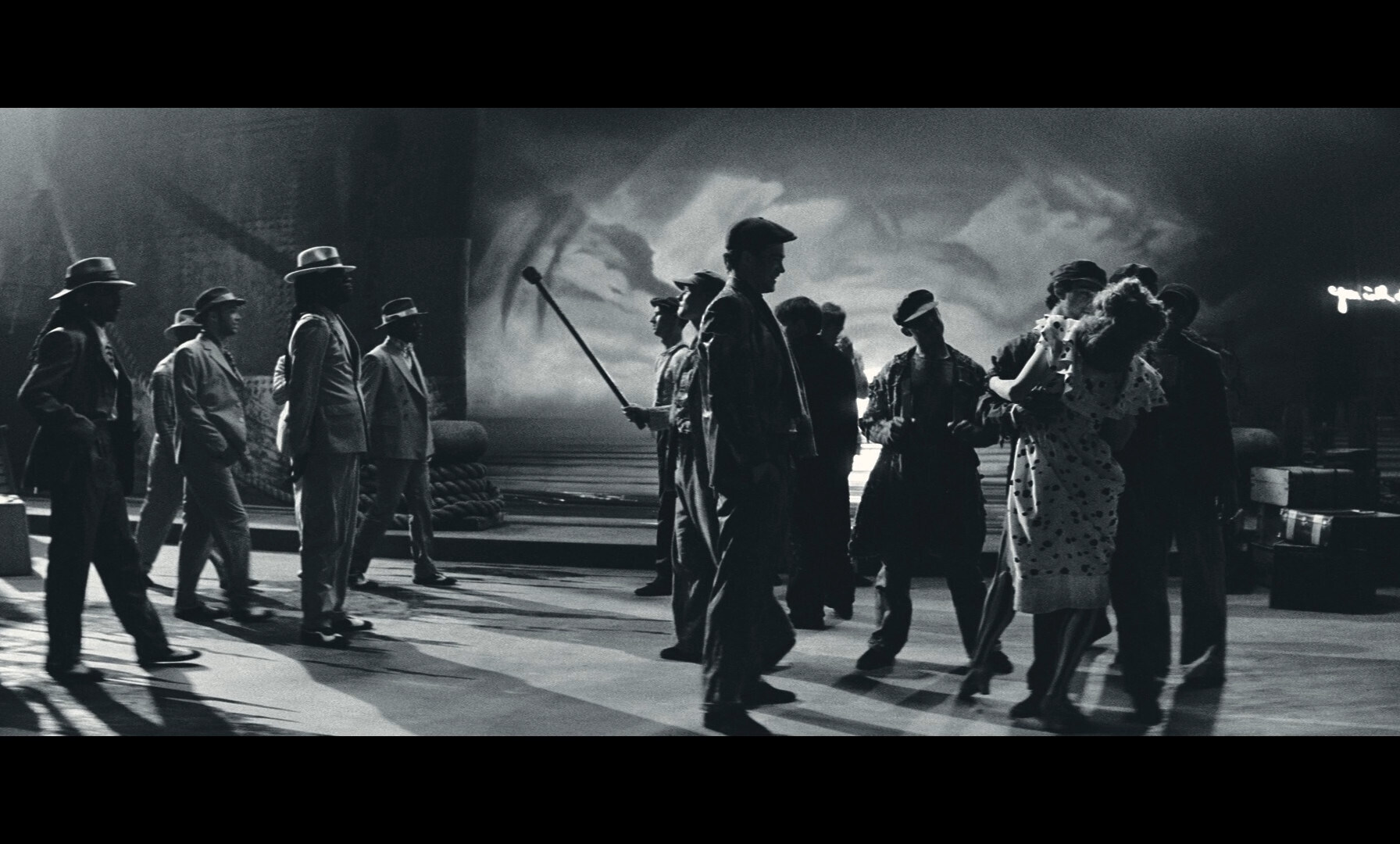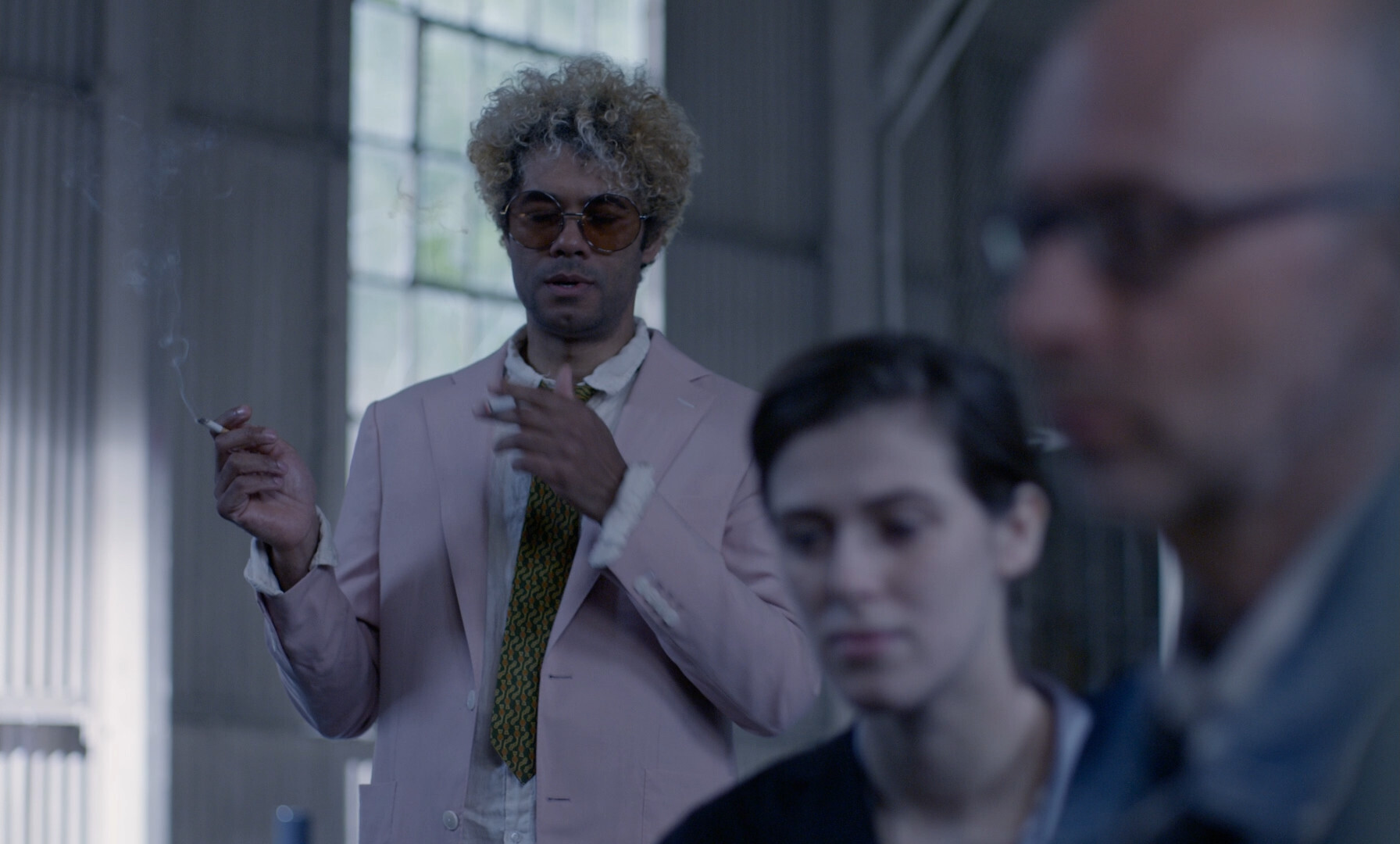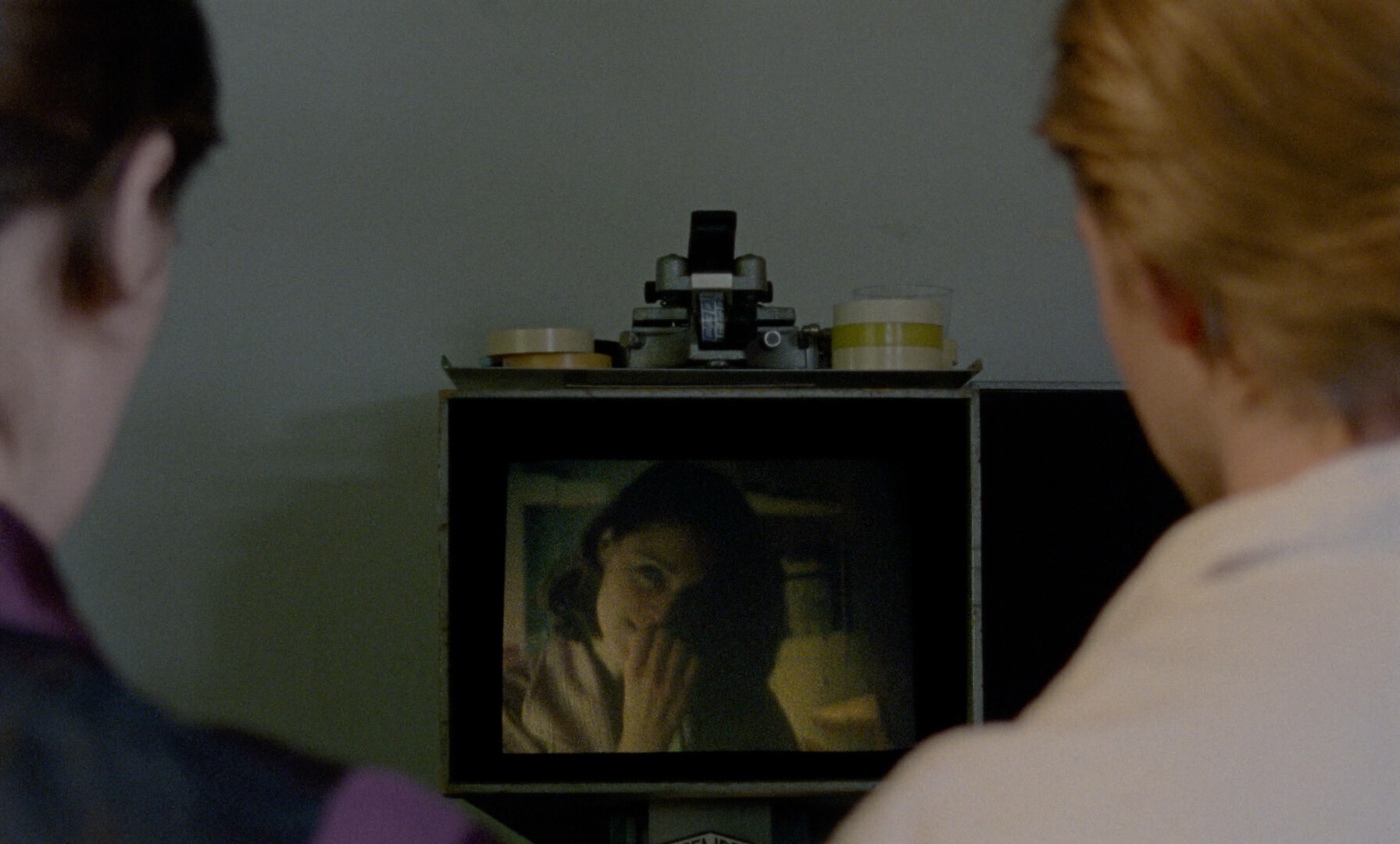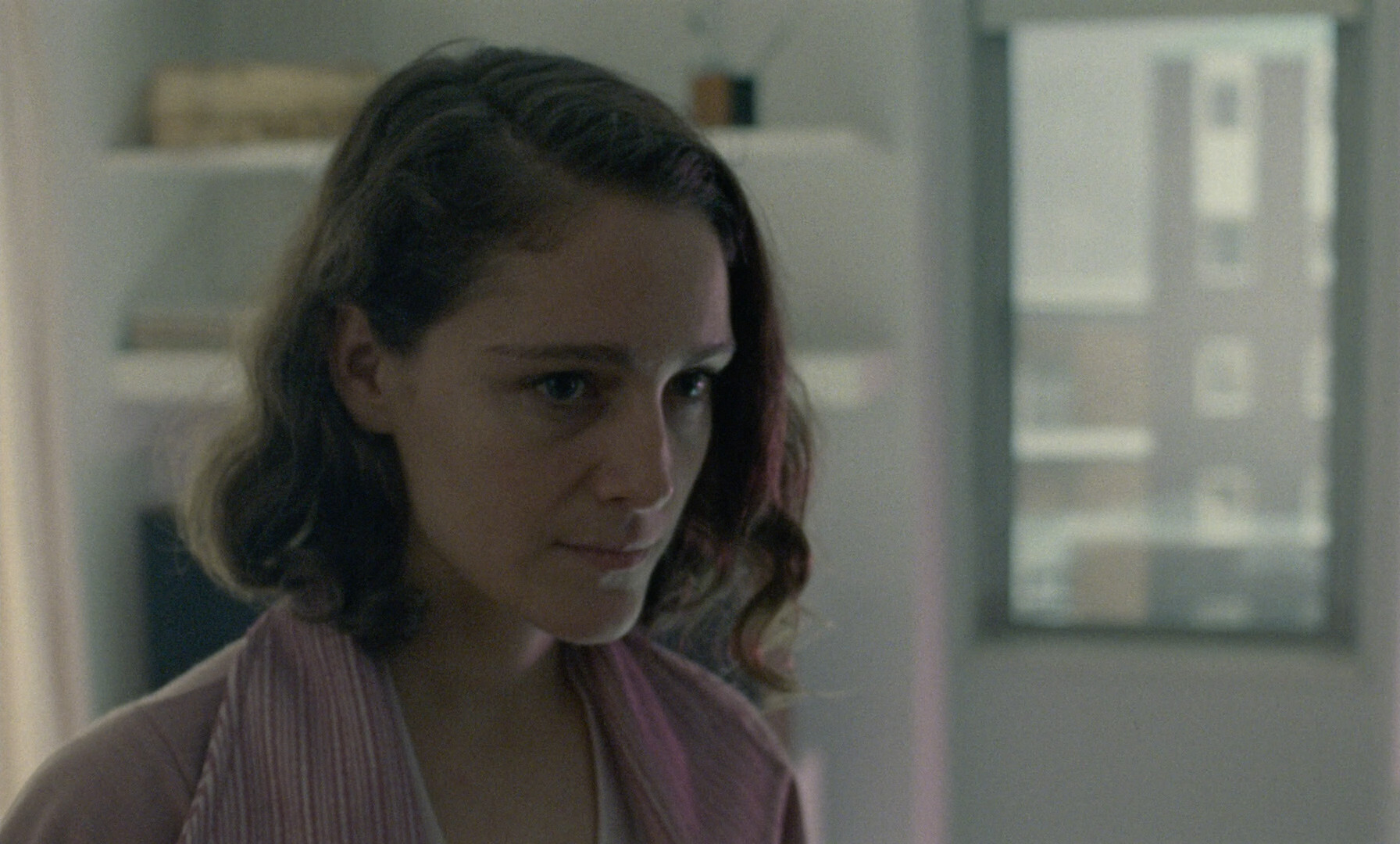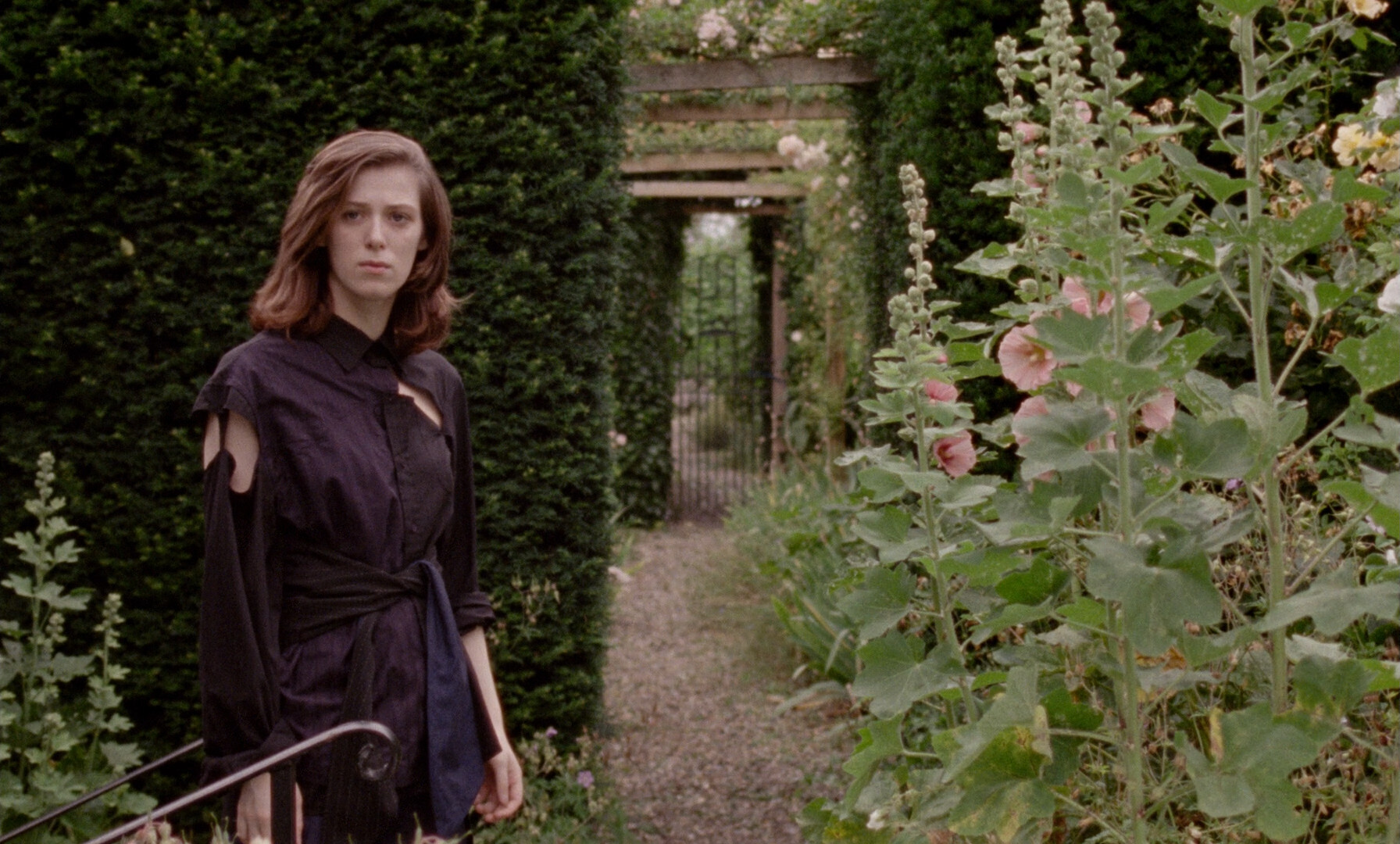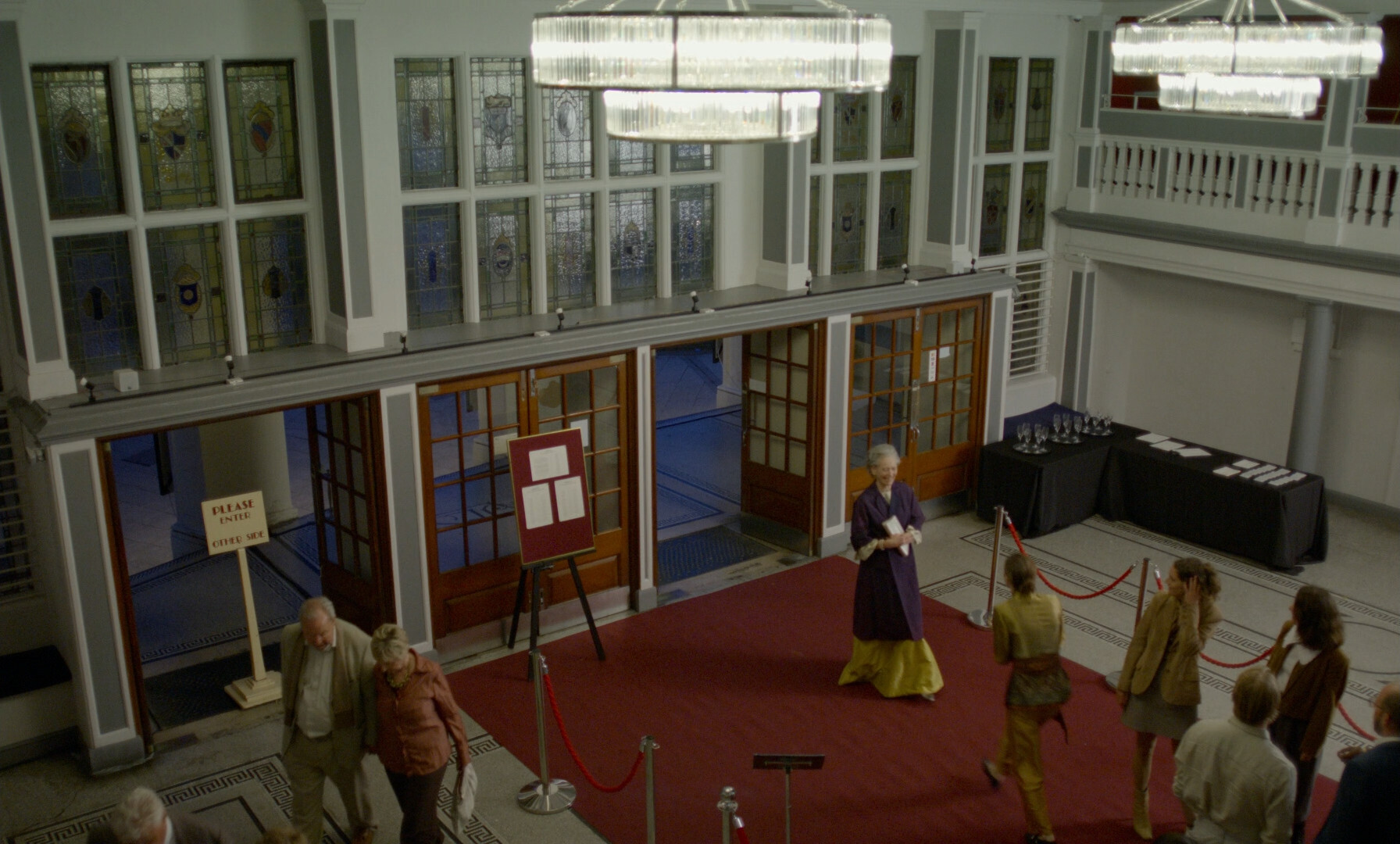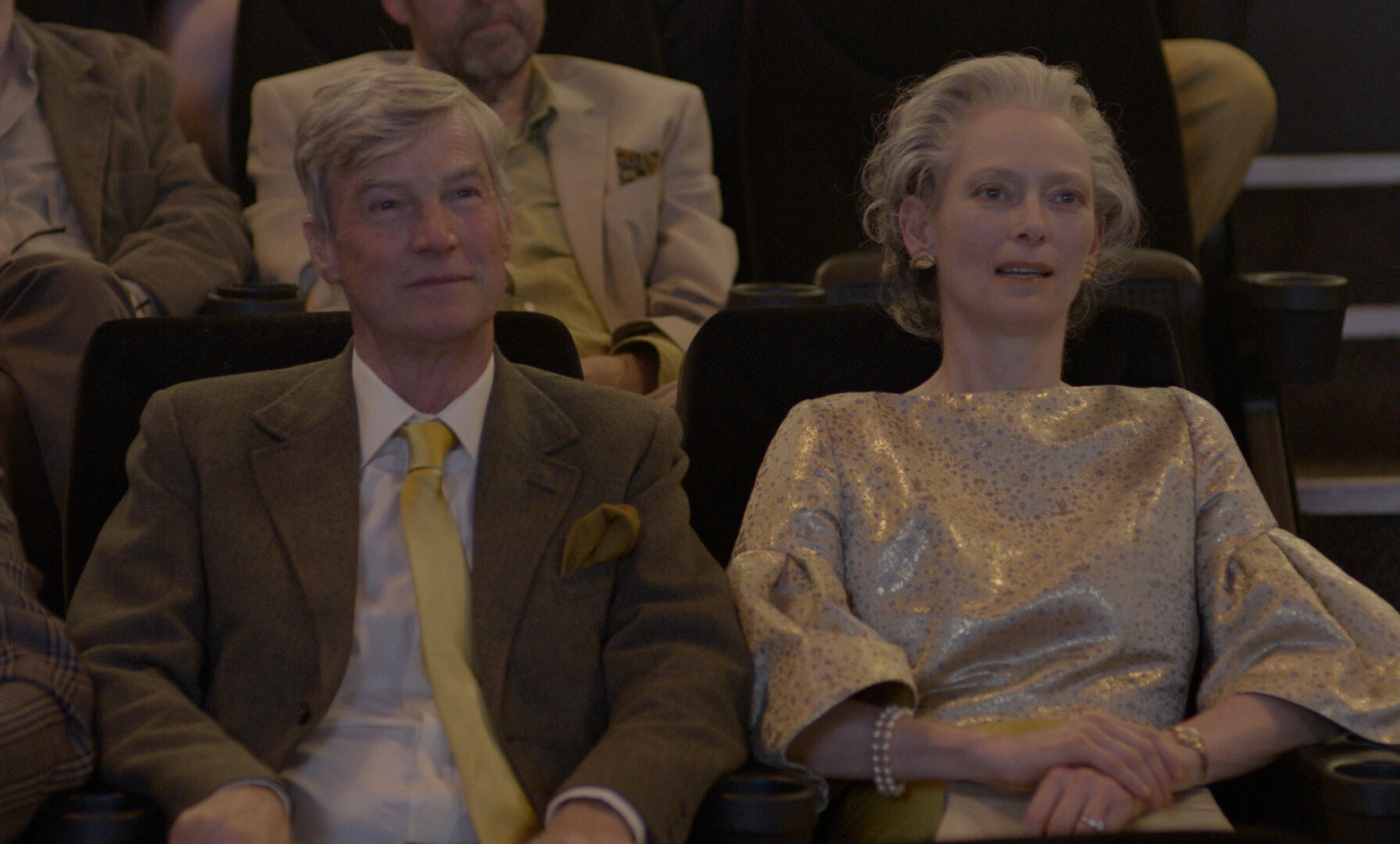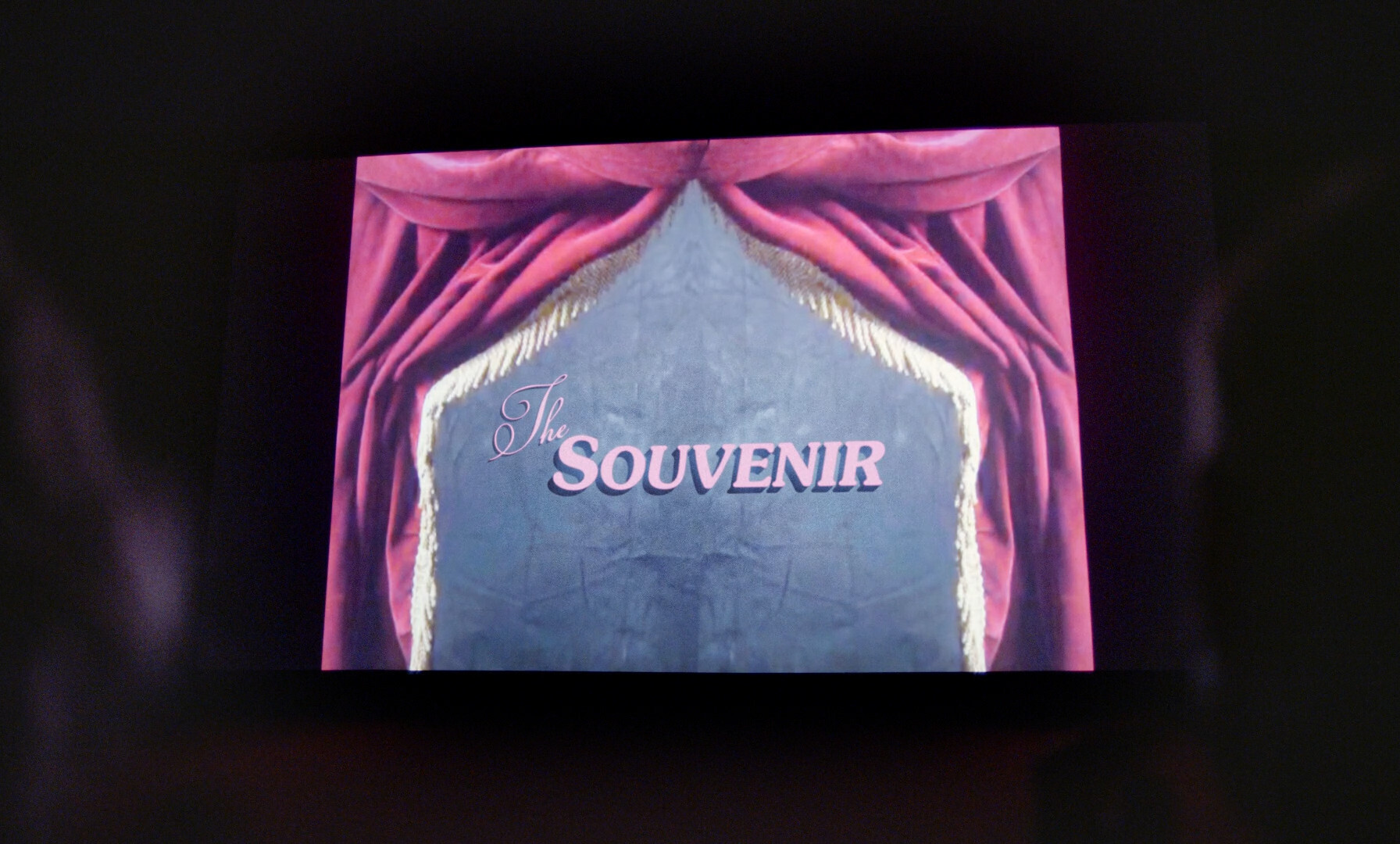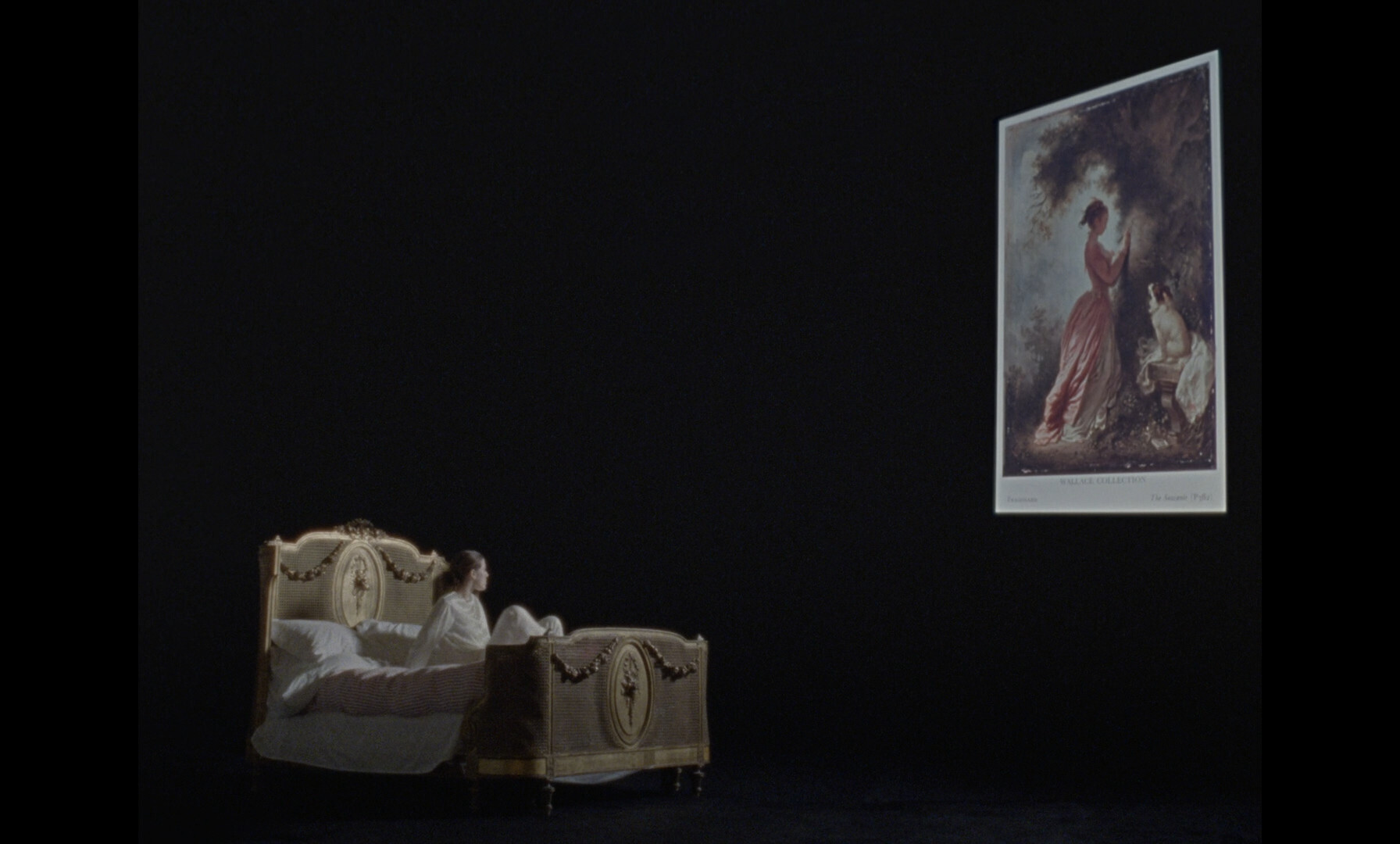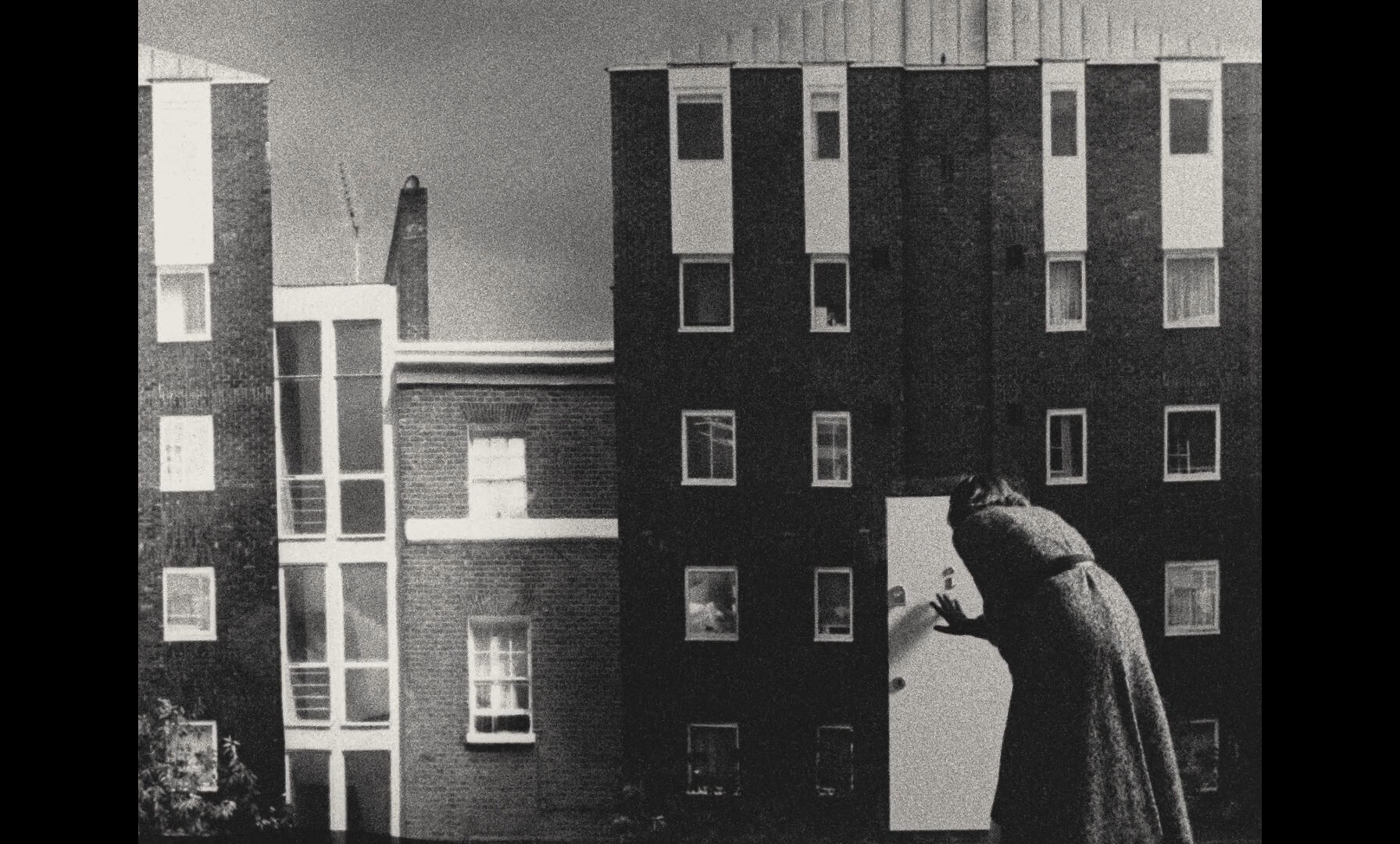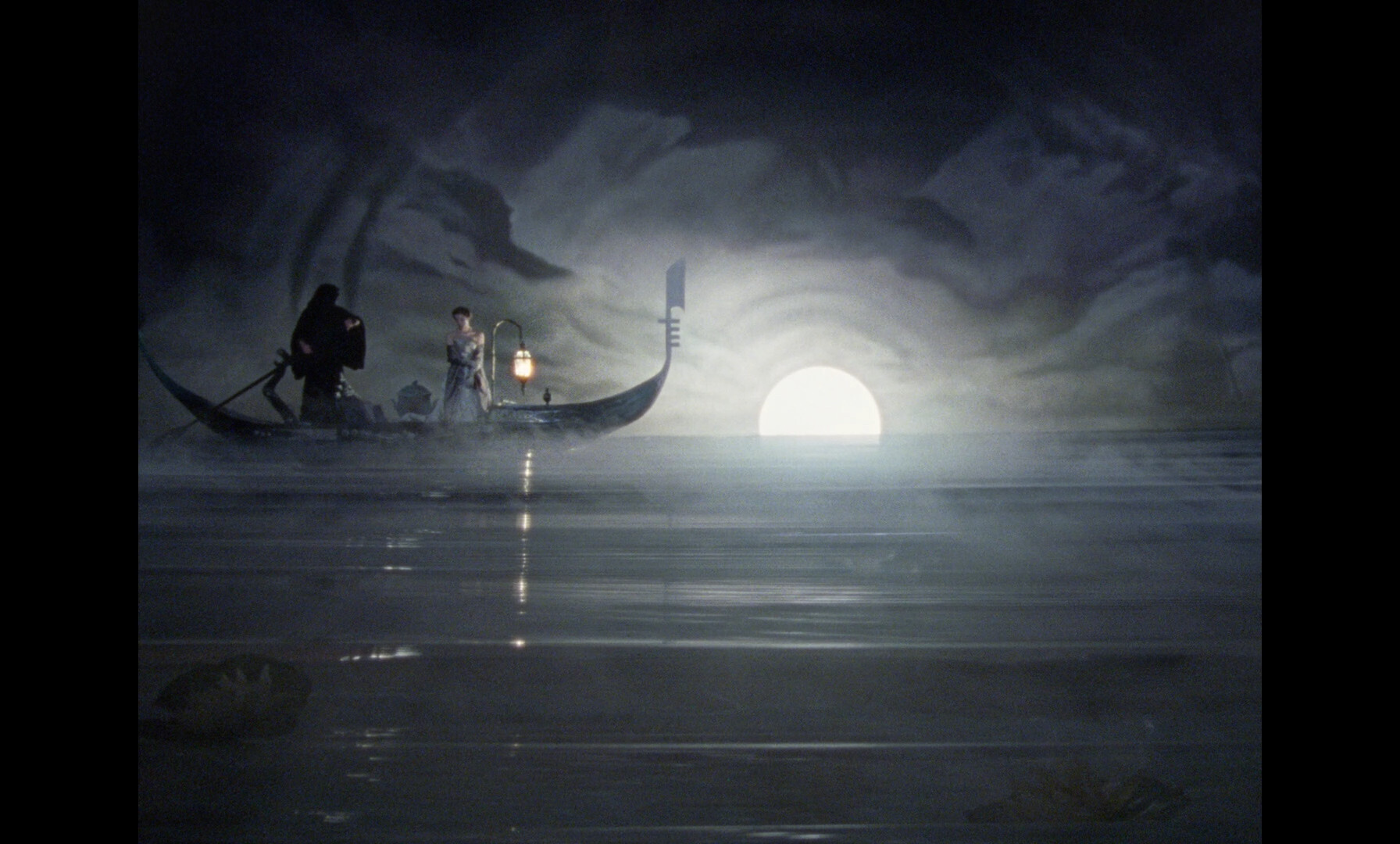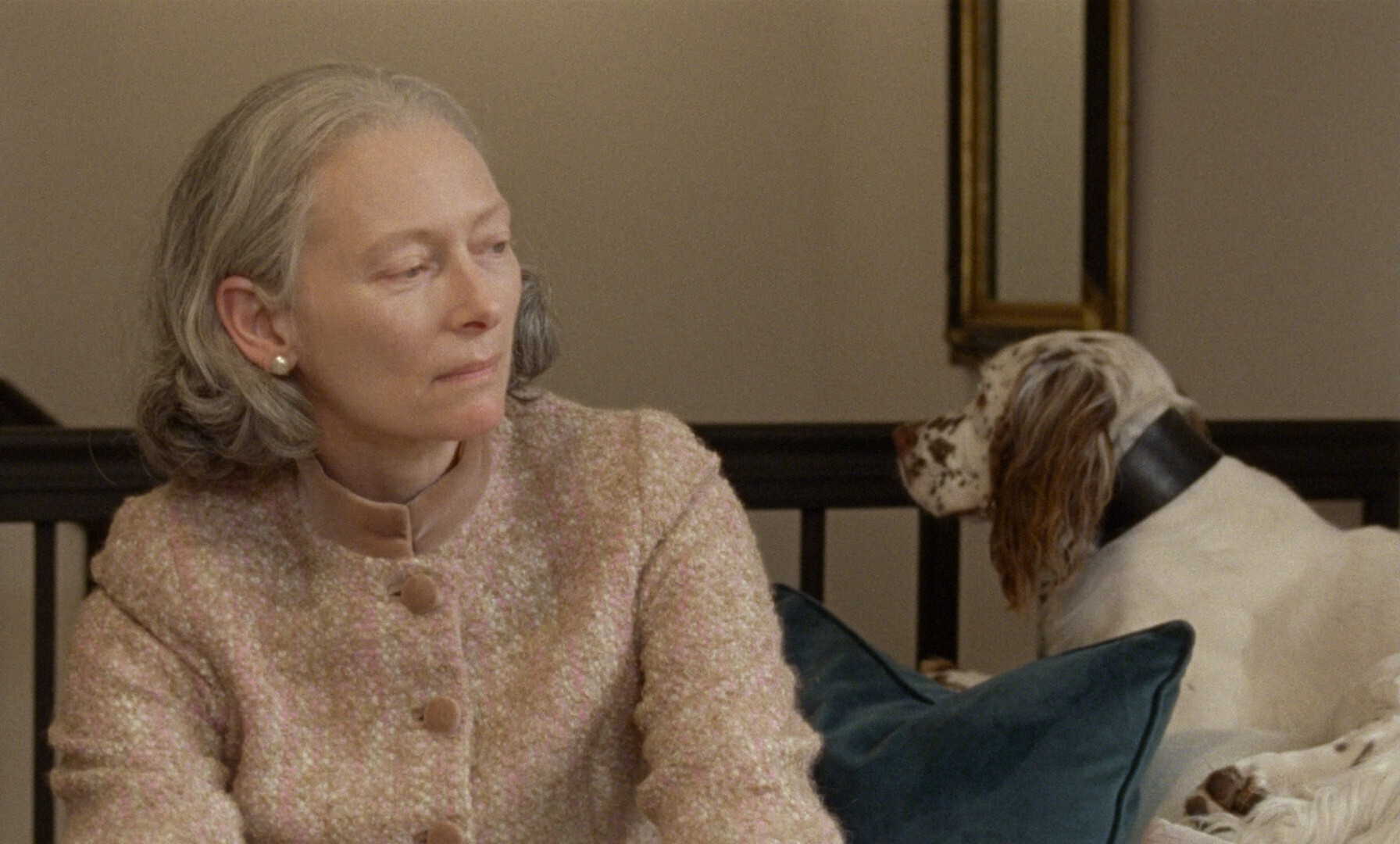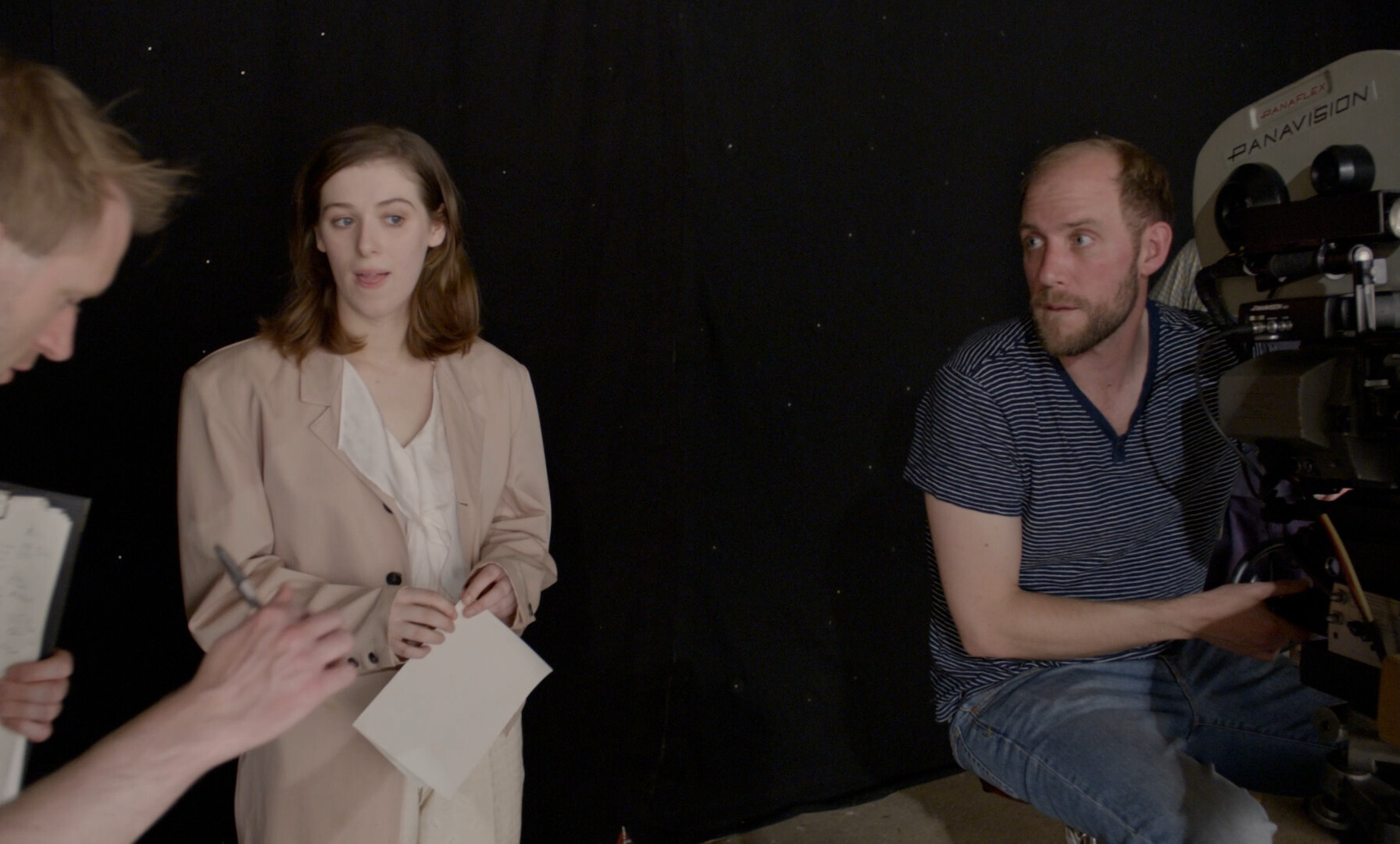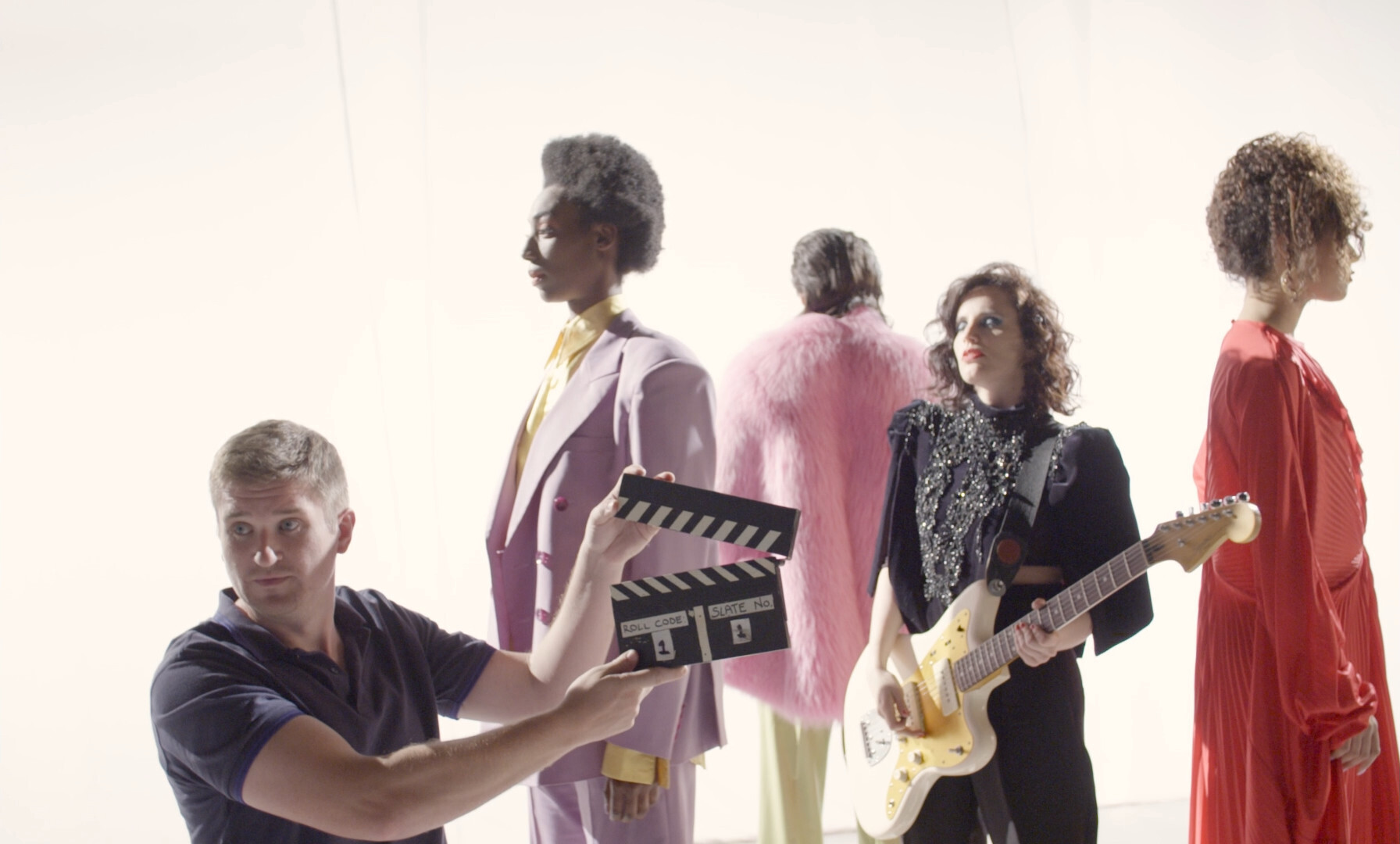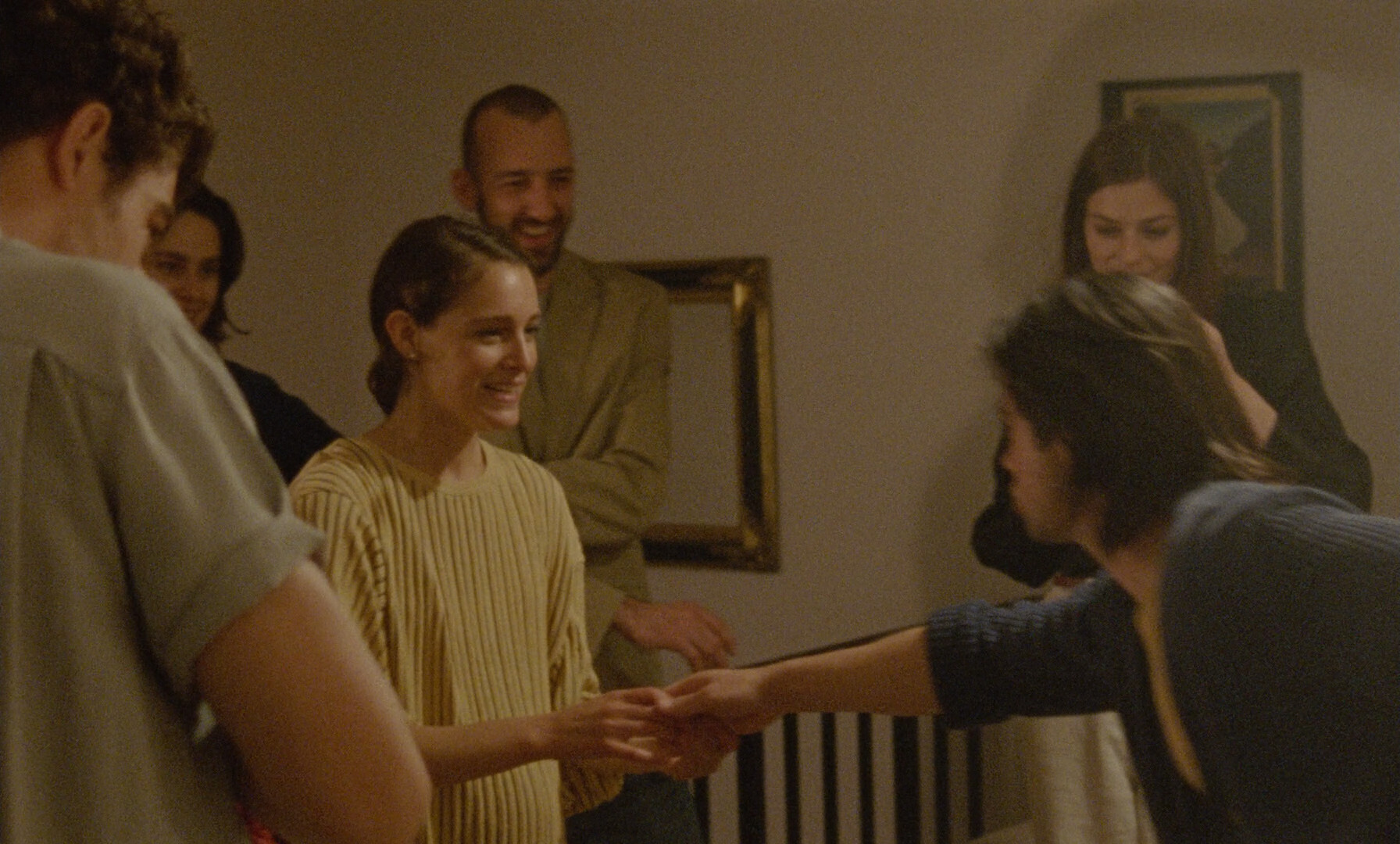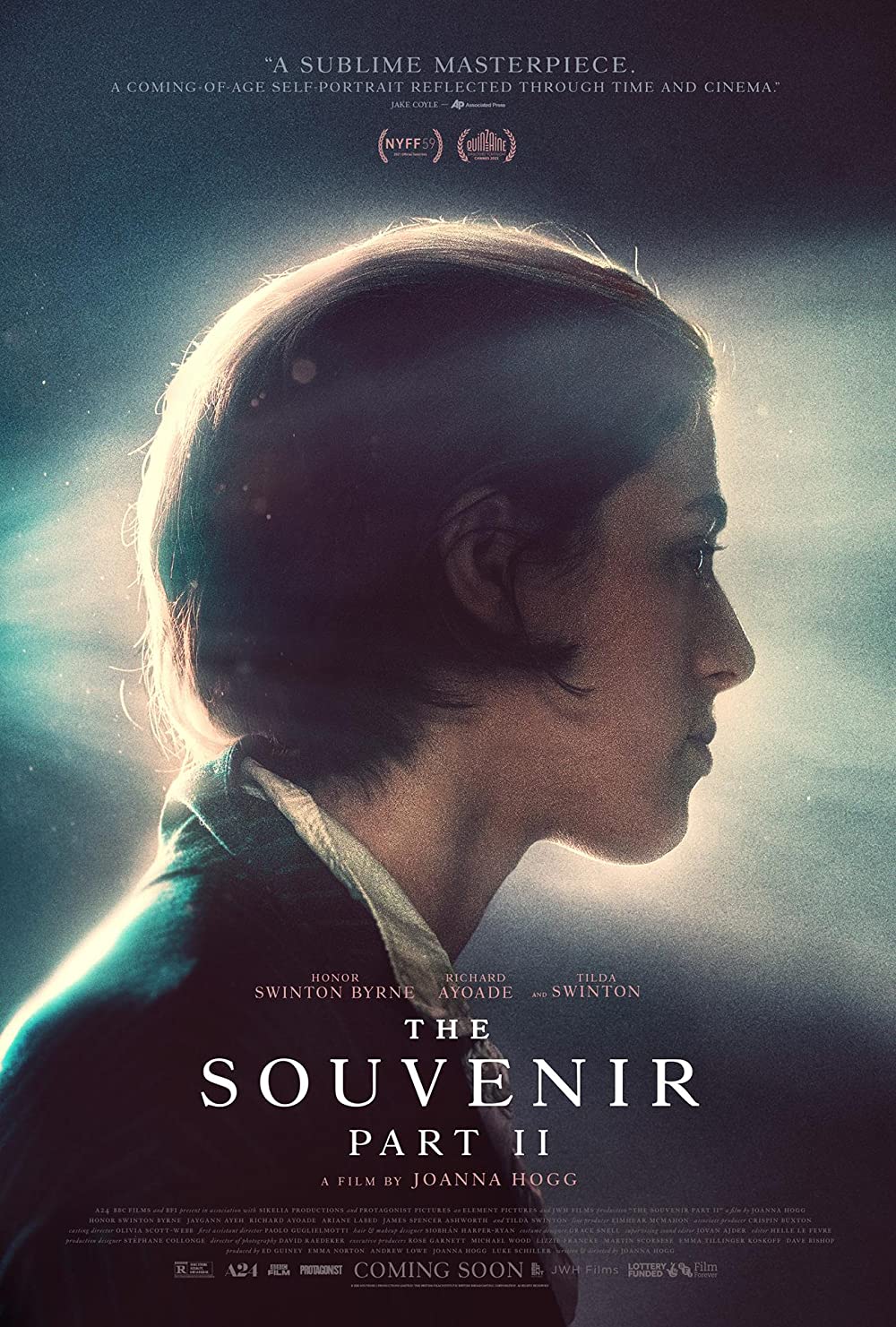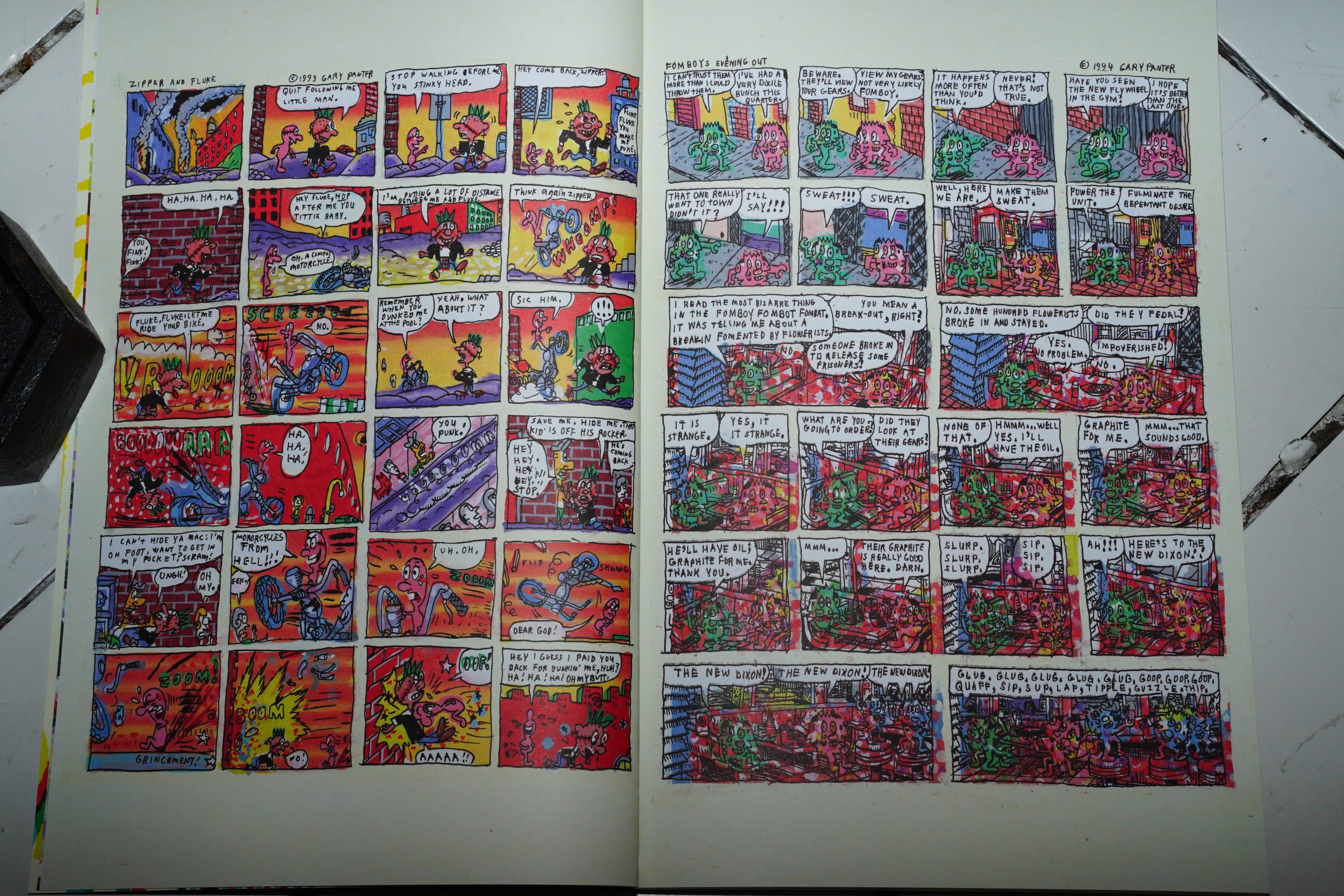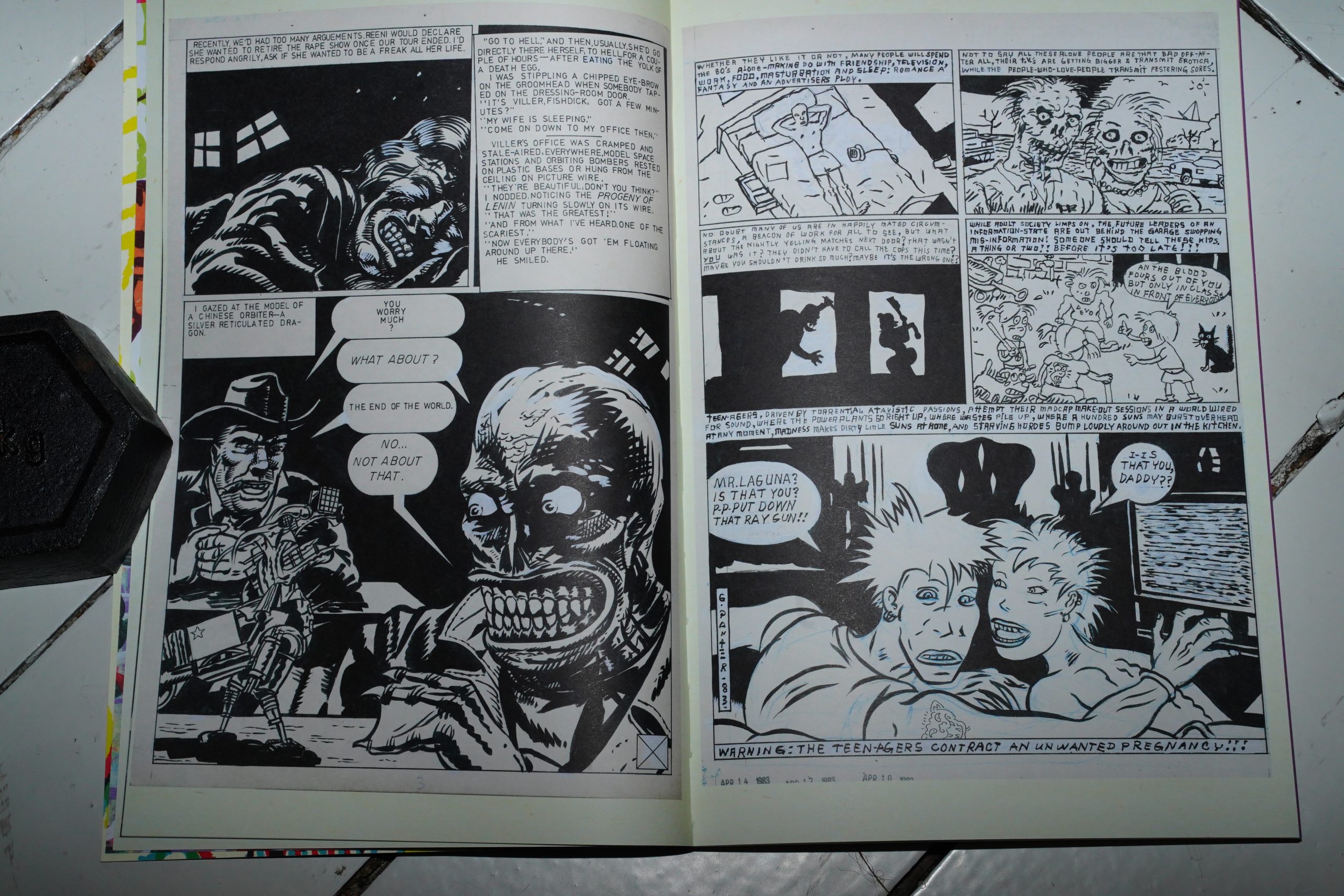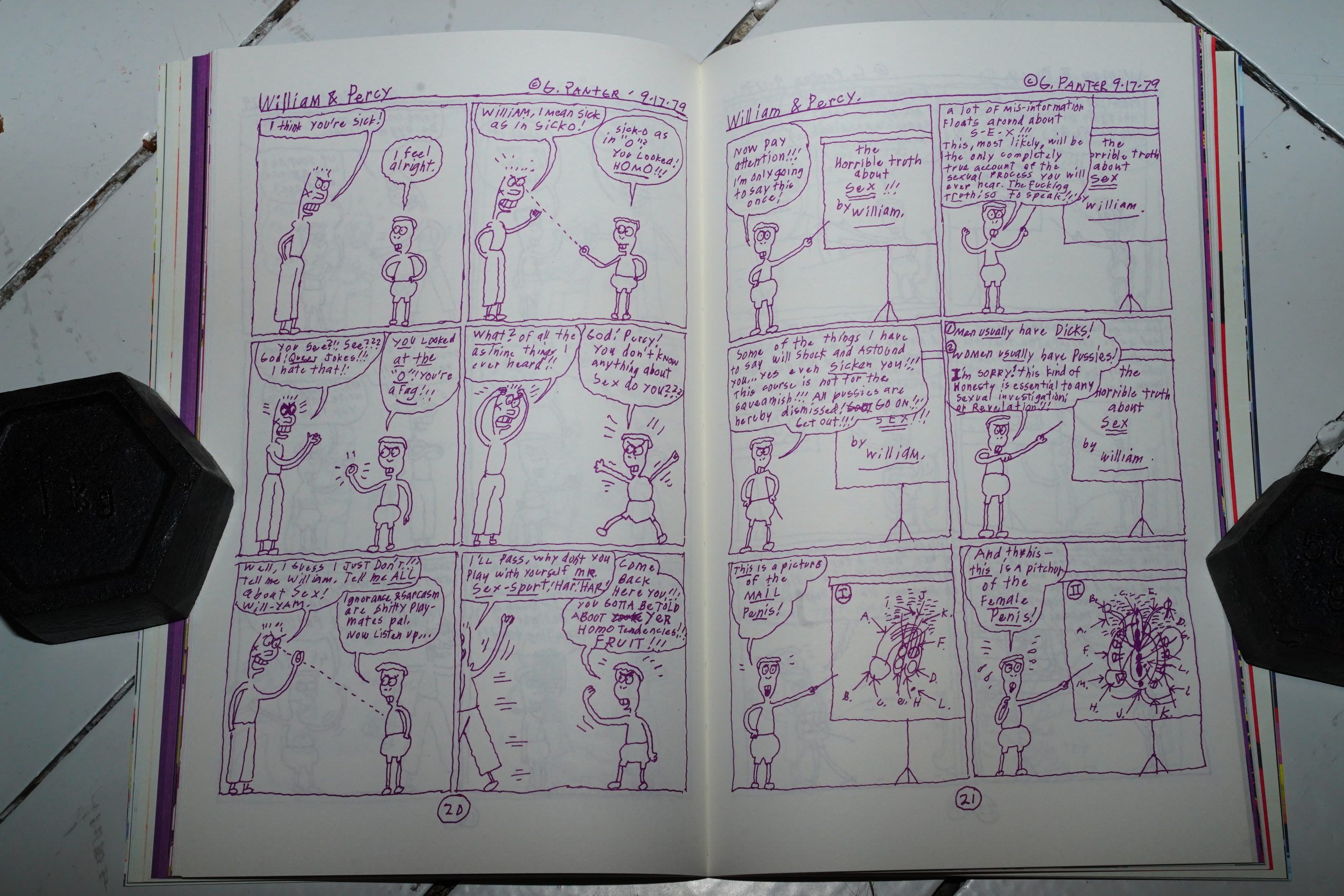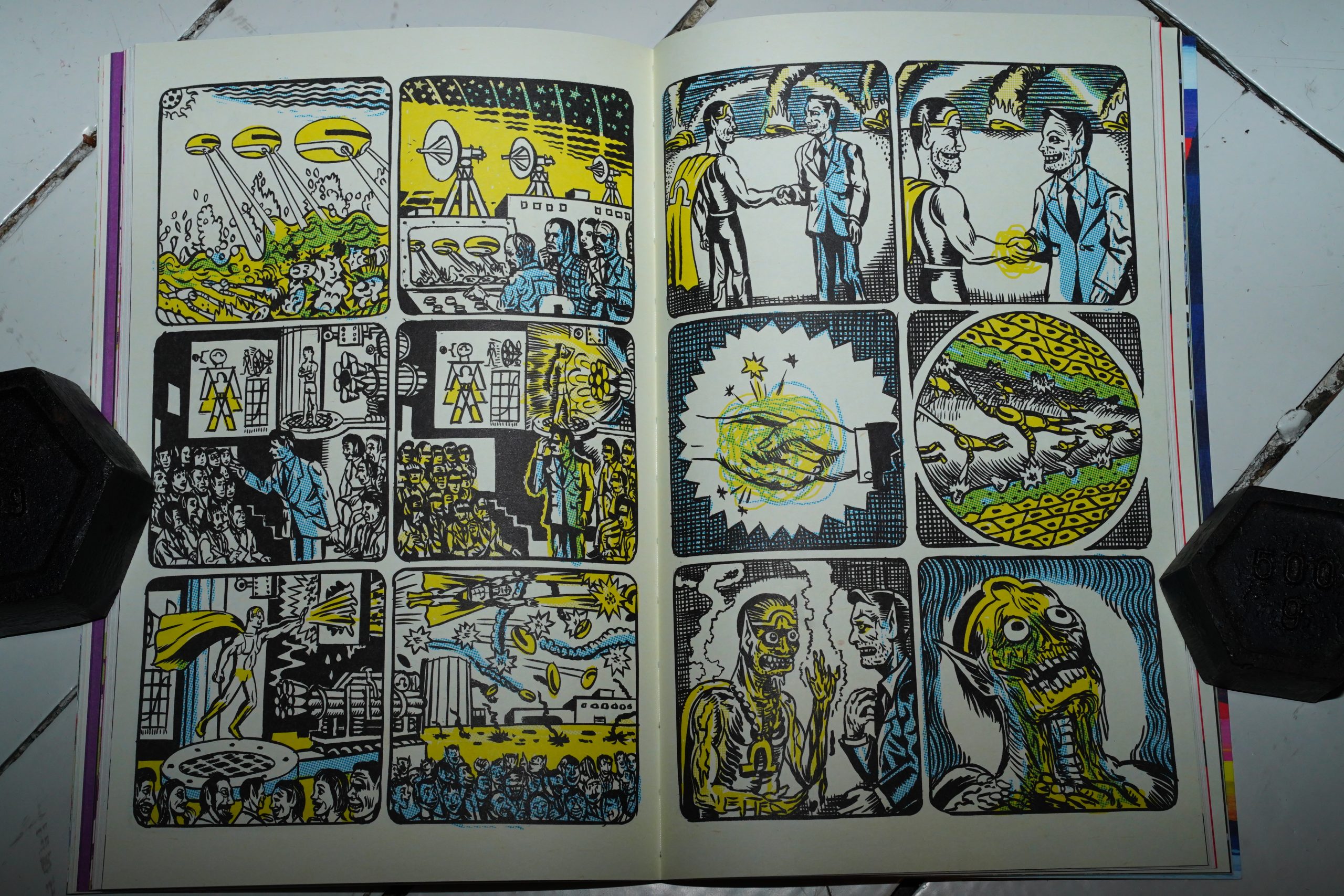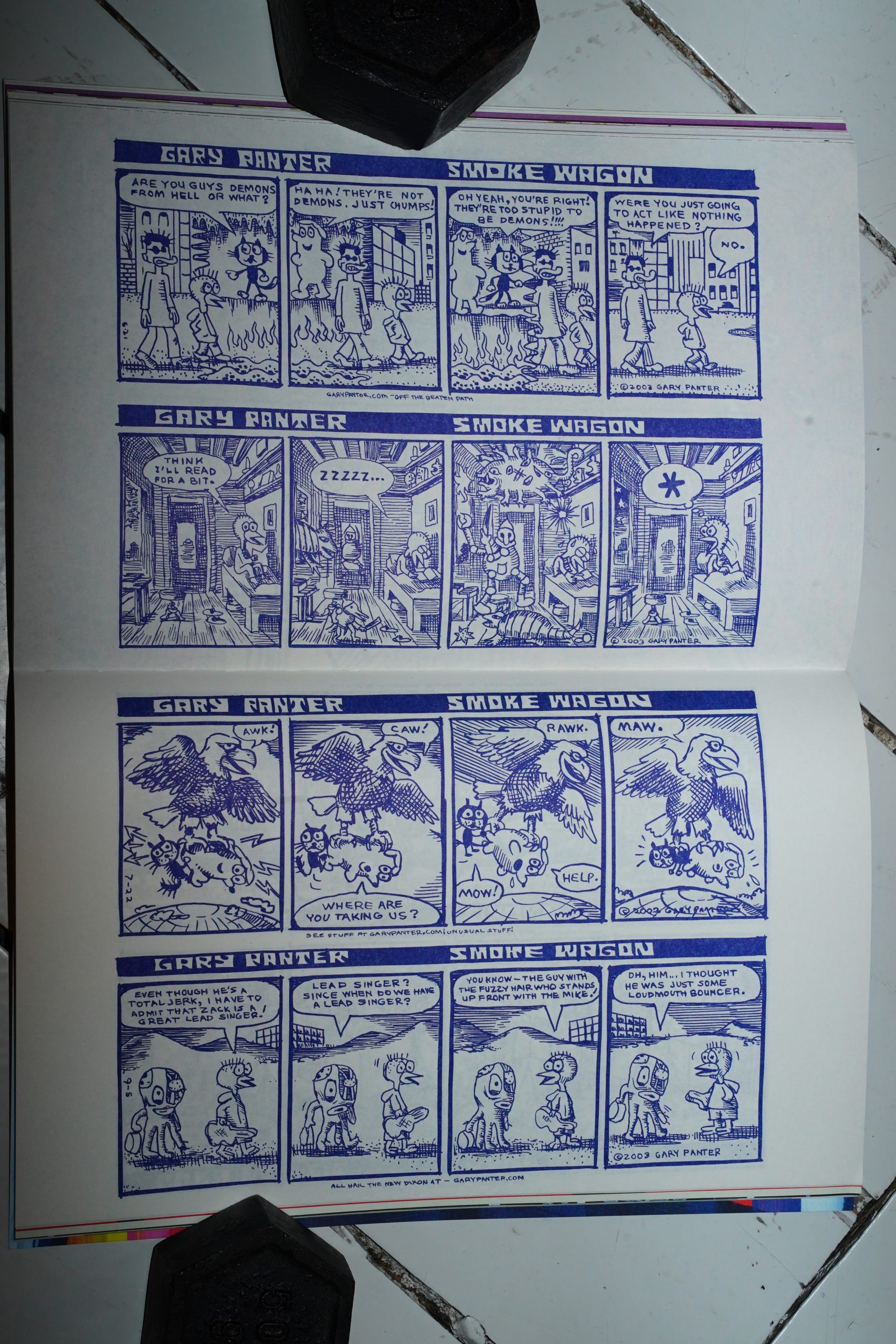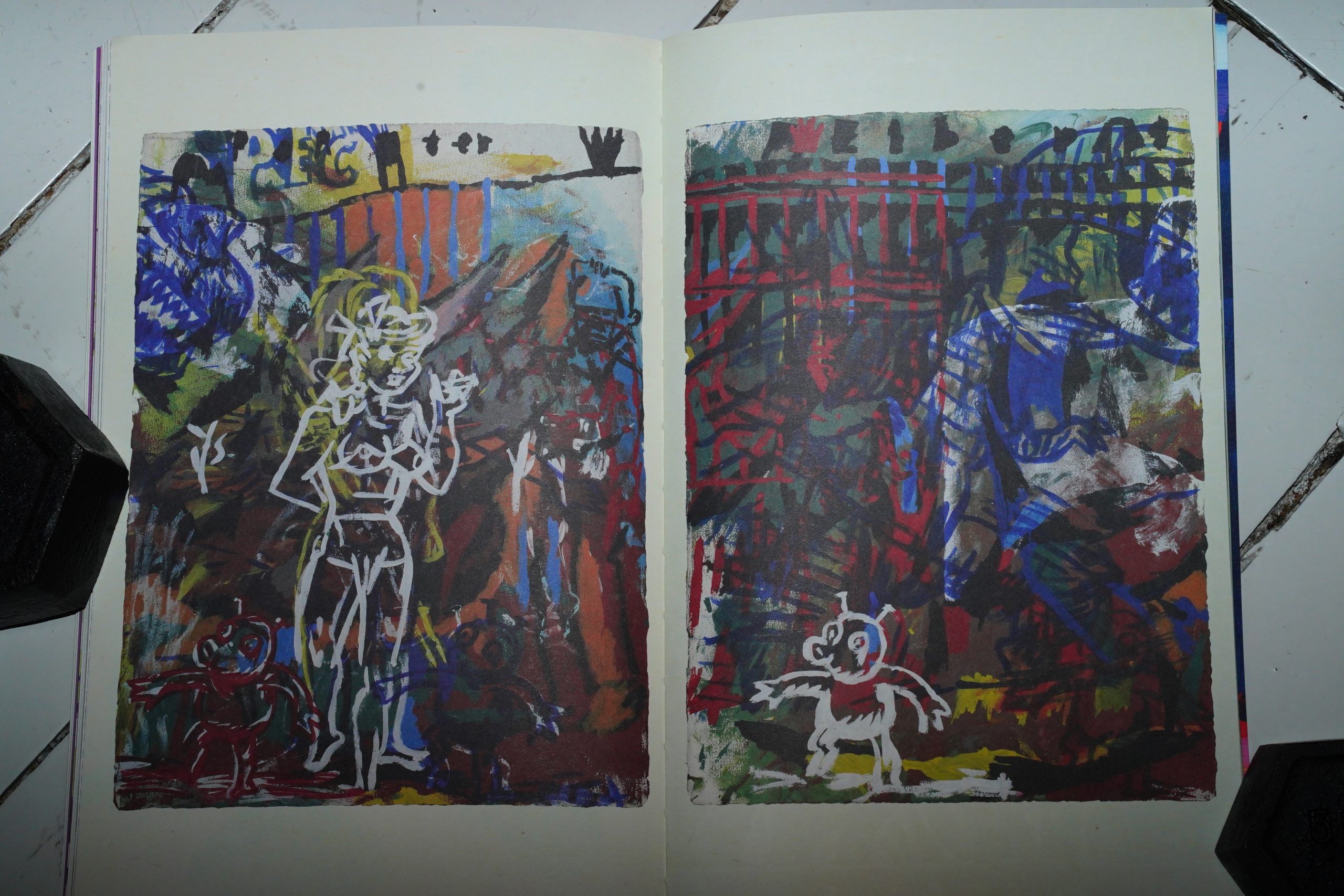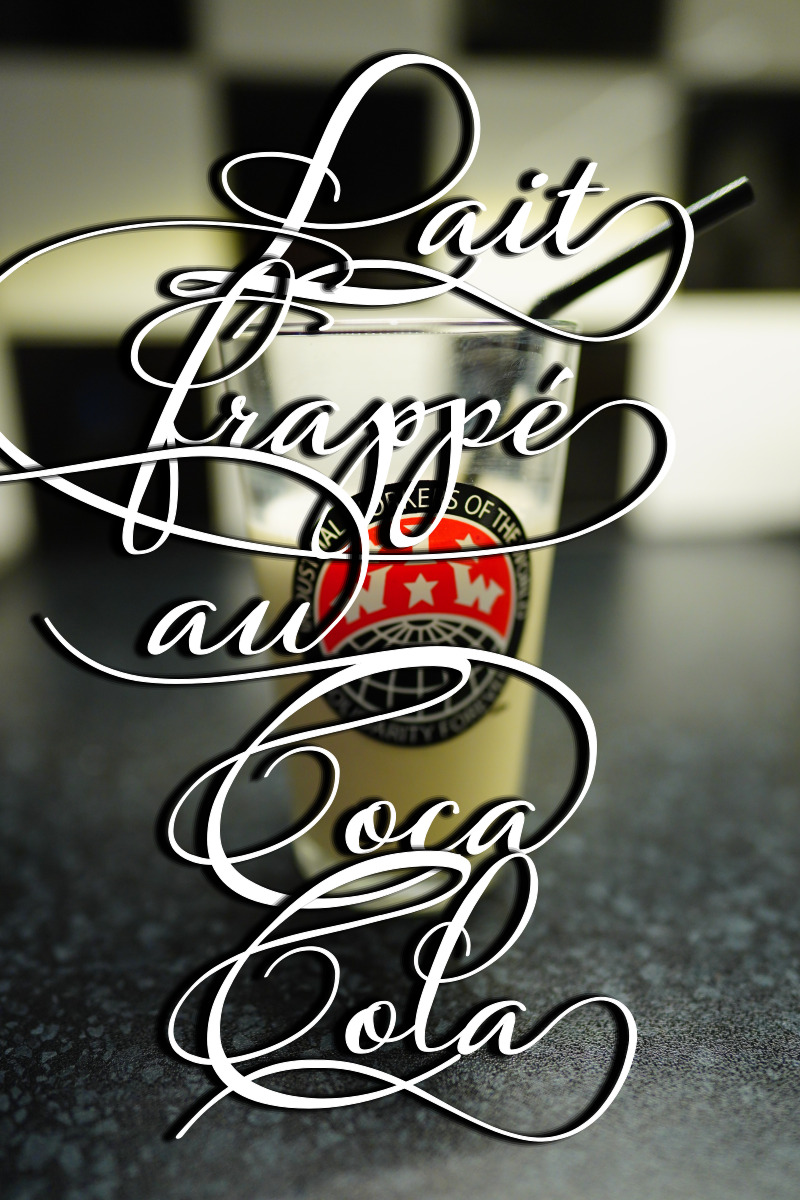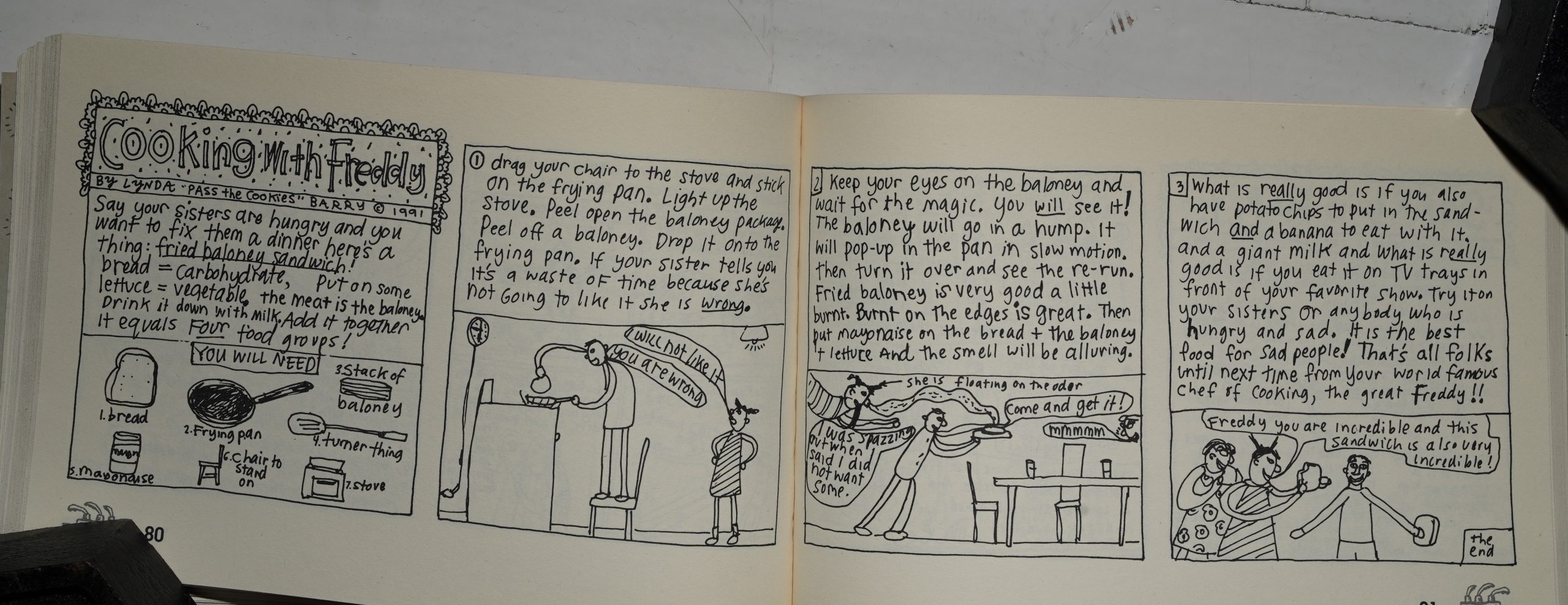
This week was supposed to be all sunny and stuff, but instead it’s pouring down today… so it’s a perfect day to daze with some comics, I guess?
| Kitchens of Distinction: Watch Our Planet Circle (2): Strange Free World | 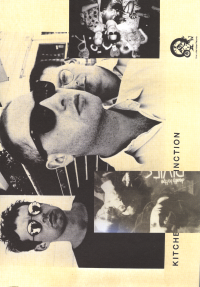 |

14:47: Island 3 #1-5 by Lando (Decadence Production)
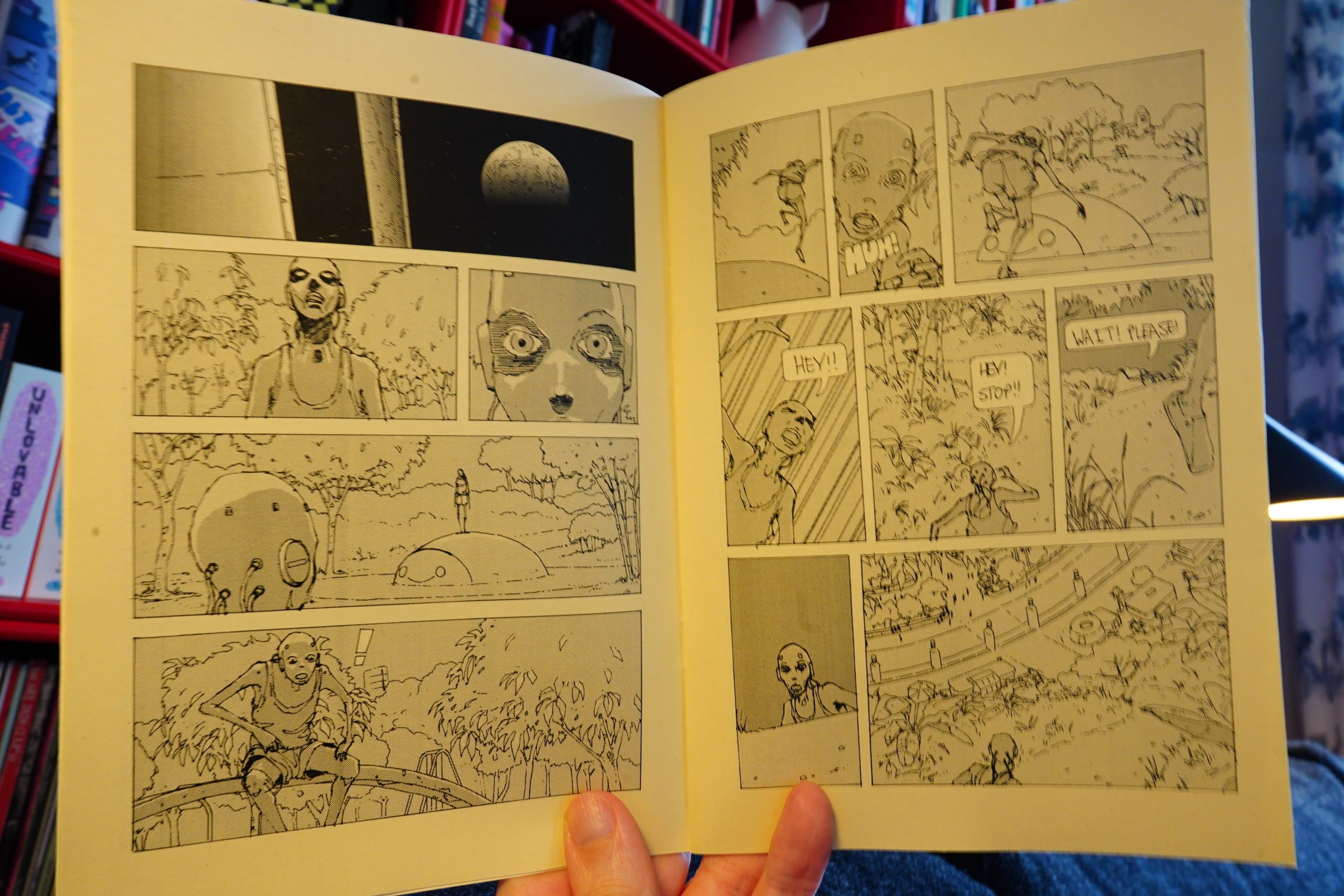
Many of today’s comics arrived from 50 Watts Books — they carry lots of visually interesting oddball stuff I’ve never seen anywhere else. This is one of them — a digest sized series published back in 2013-15, with an art style that looks Japanese-ish.
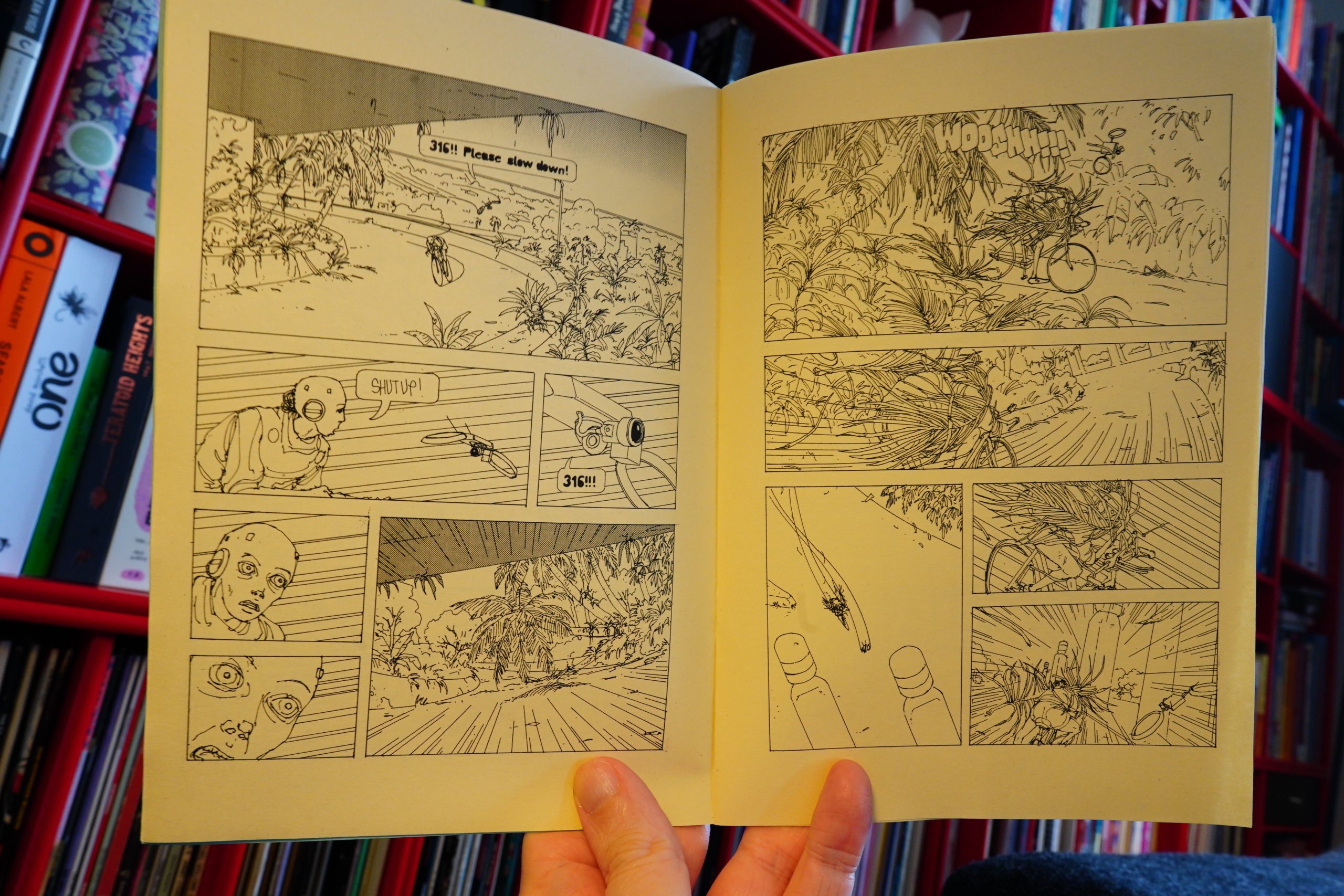
The storyline, though, reminds me more of 70s French comics, in a way — it’s about a guy that may or may not be held captive by a robot on a desolate island.
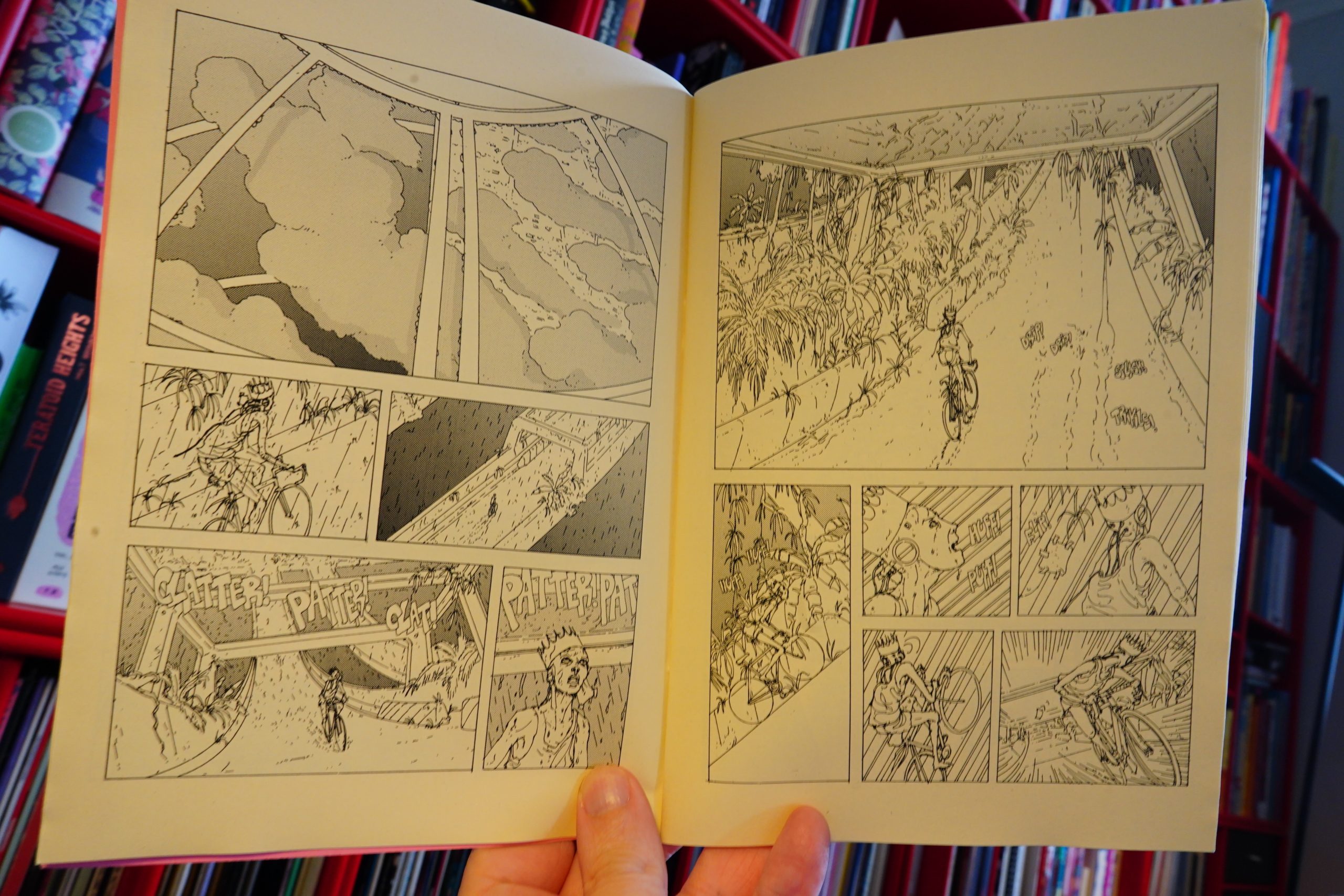
It’s really good, but over these five issues, we don’t really get any kind of resolution — the series just ends, apparently, with a “to be continued”. I’m guessing this was projected to be a several hundred page story? But the last issue is from 2015, so I’m guessing the artist just ran out of steam…
Oh, looks like they’ve published a bunch more interesting things, so I guess I’ll be doing some shopping.
| Everything But The Girl: Fuse | 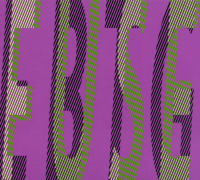 |

15:07: PTSD Radio vol 3 by Masaaki Nakayama (Kodansha)
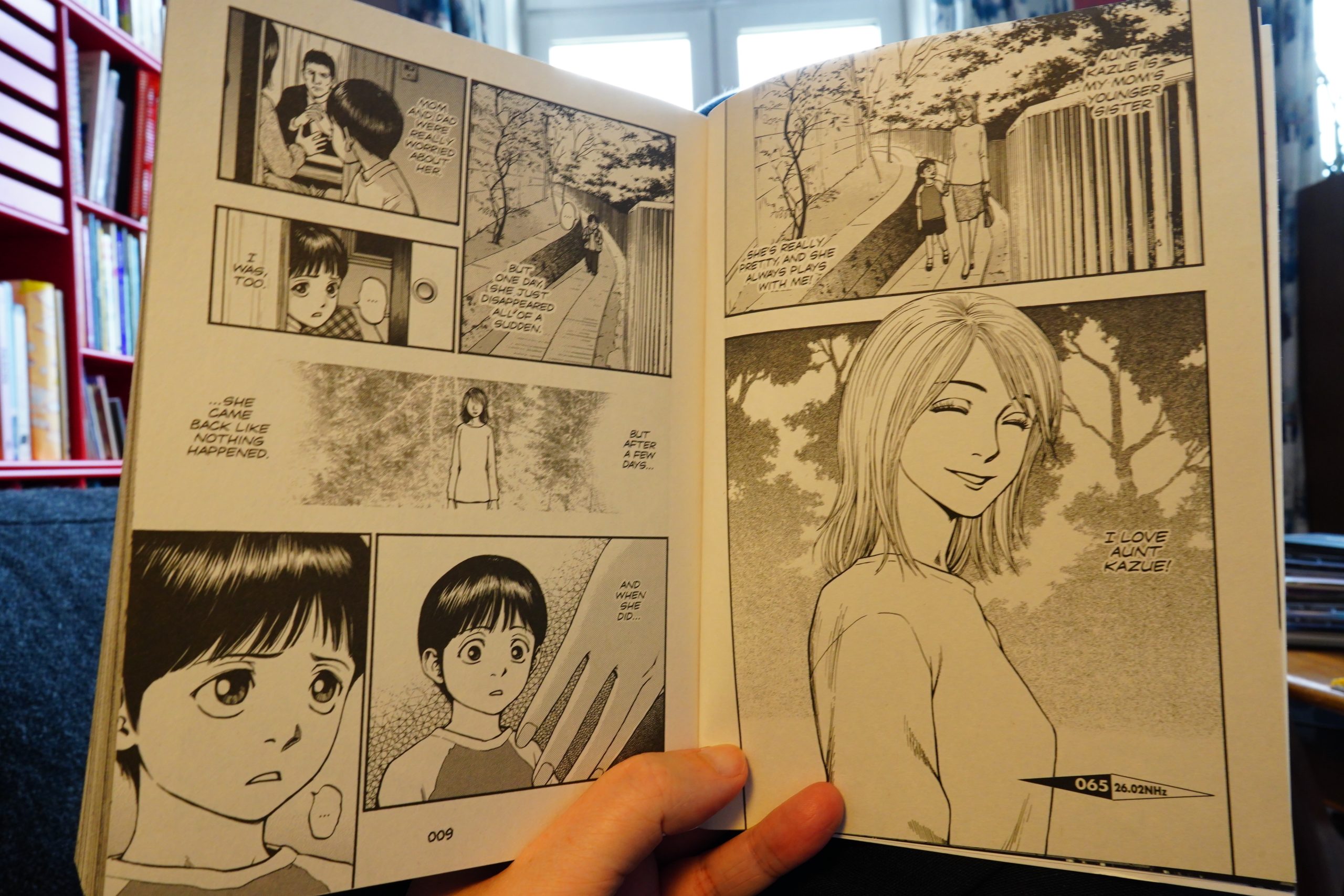
Huh. This is a collection of horror vignettes — there’s some nicely spooky setups, but the stories (or “stories”) are so brief you get whiplash. Most seem to be between six and ten pages? And we’re not talking condensed storytelling.
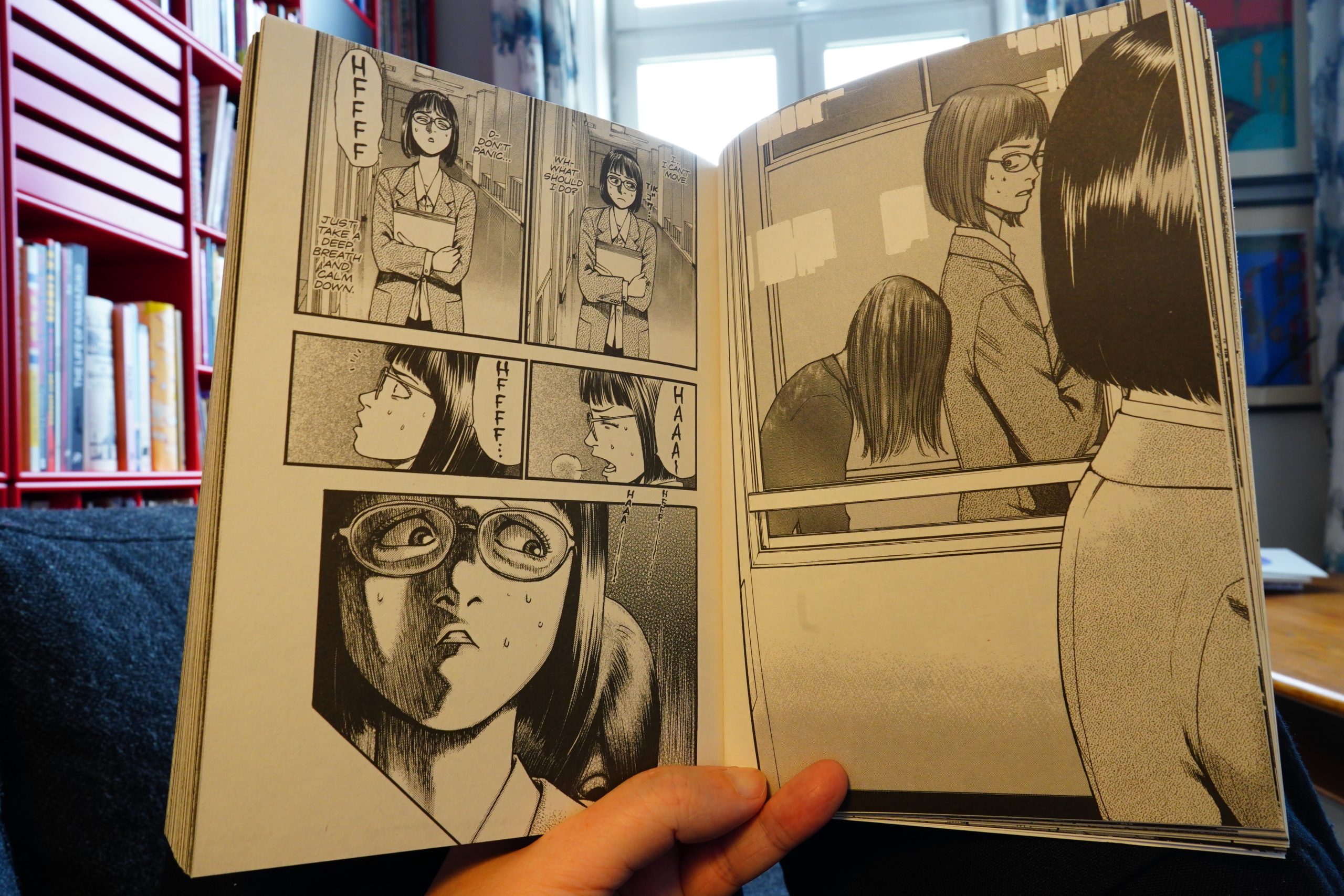
They just set up a spooky situation, and then it’s over.
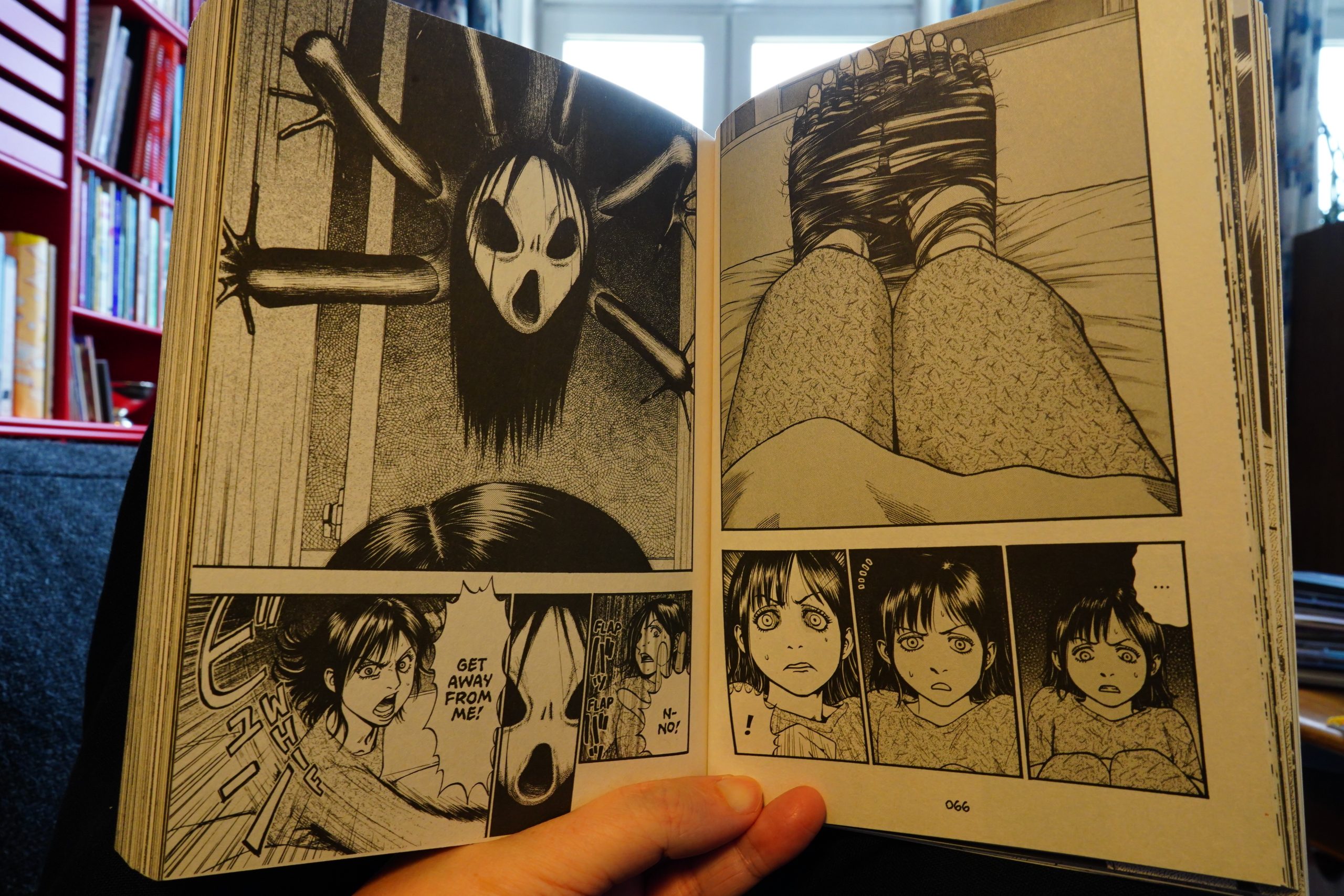
It’s just not that scary.
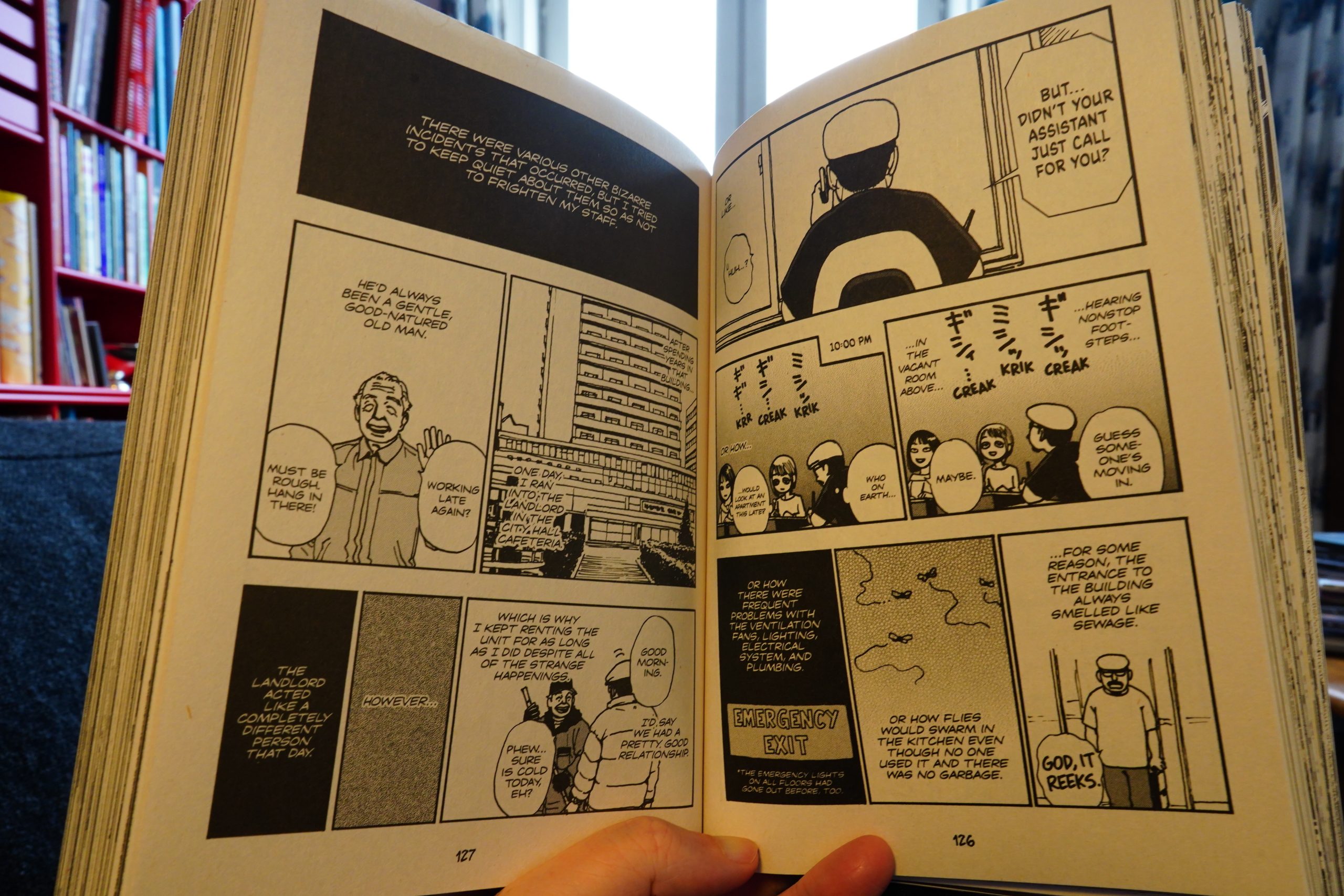
And then we get a total shift to scary autobio (allegedly) told in this way.
I just found it all kinda… underwhelming, and I ditched the book after 140 pages.
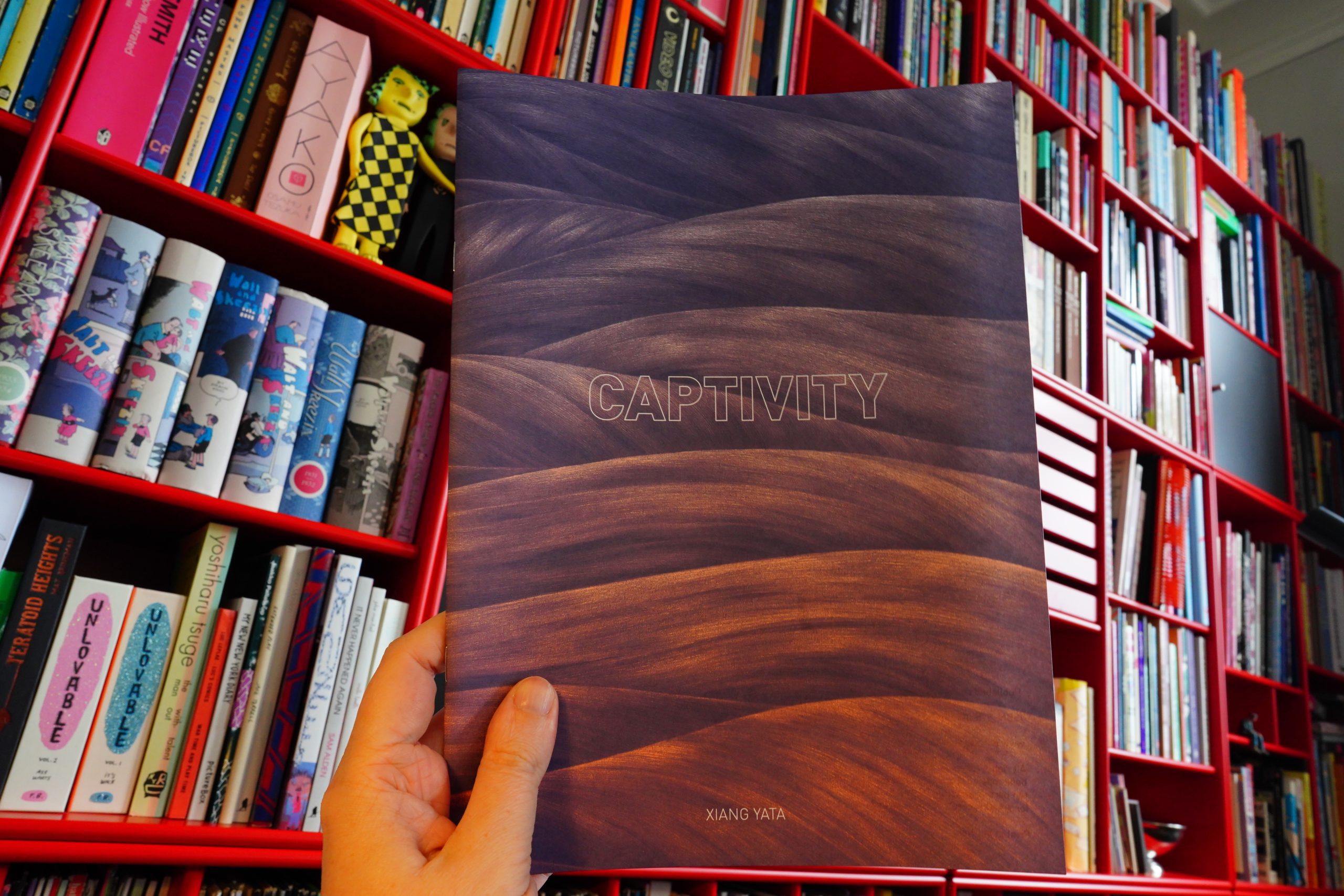
15:26: Captivity by Xiang Yata (Paradise Systems)
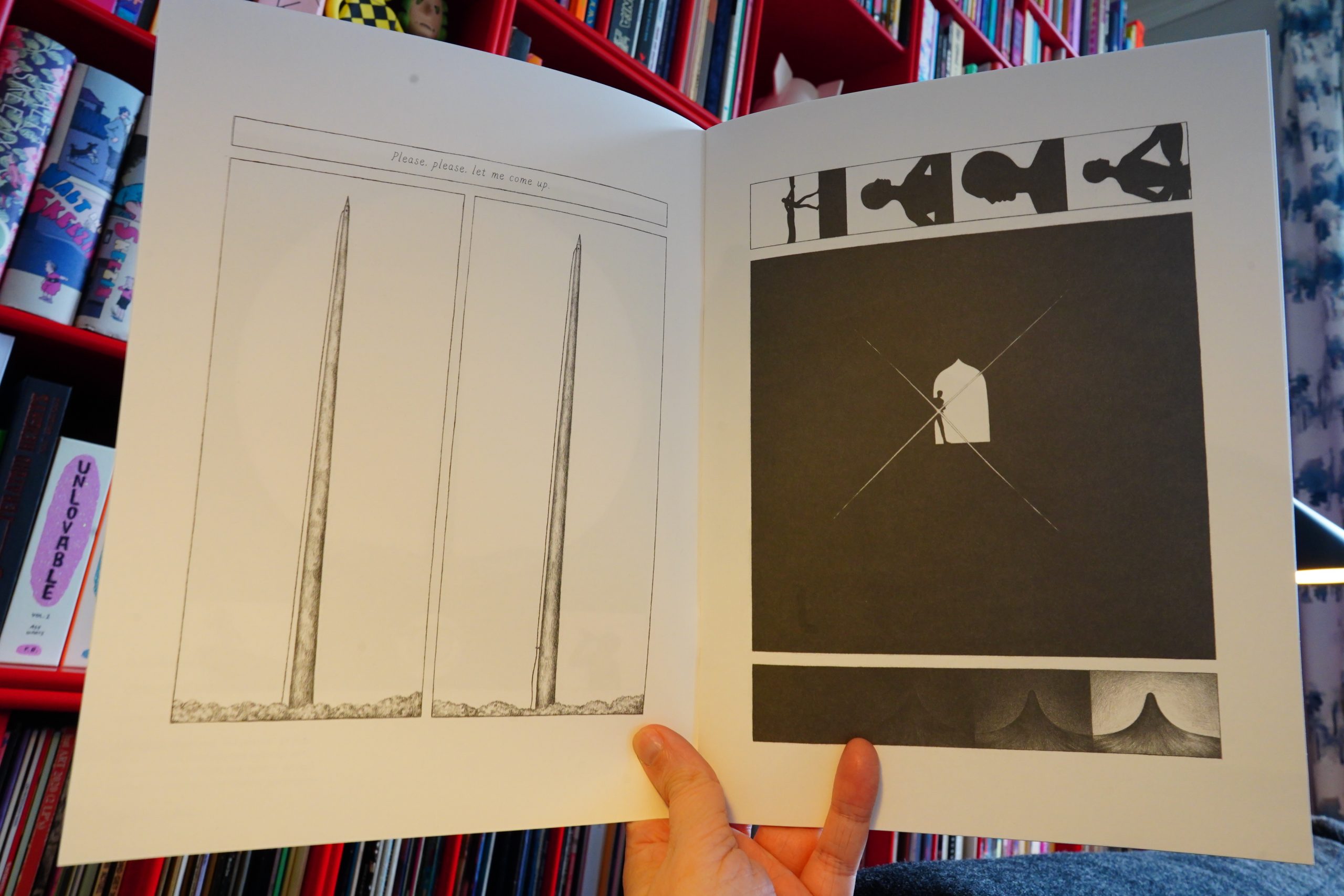
This is a very mysterious little allegorical fairy-tale, I guess.

It’s cool.

15:31: Drifter by Anna Haifisch (Perfectly Acceptable Press)
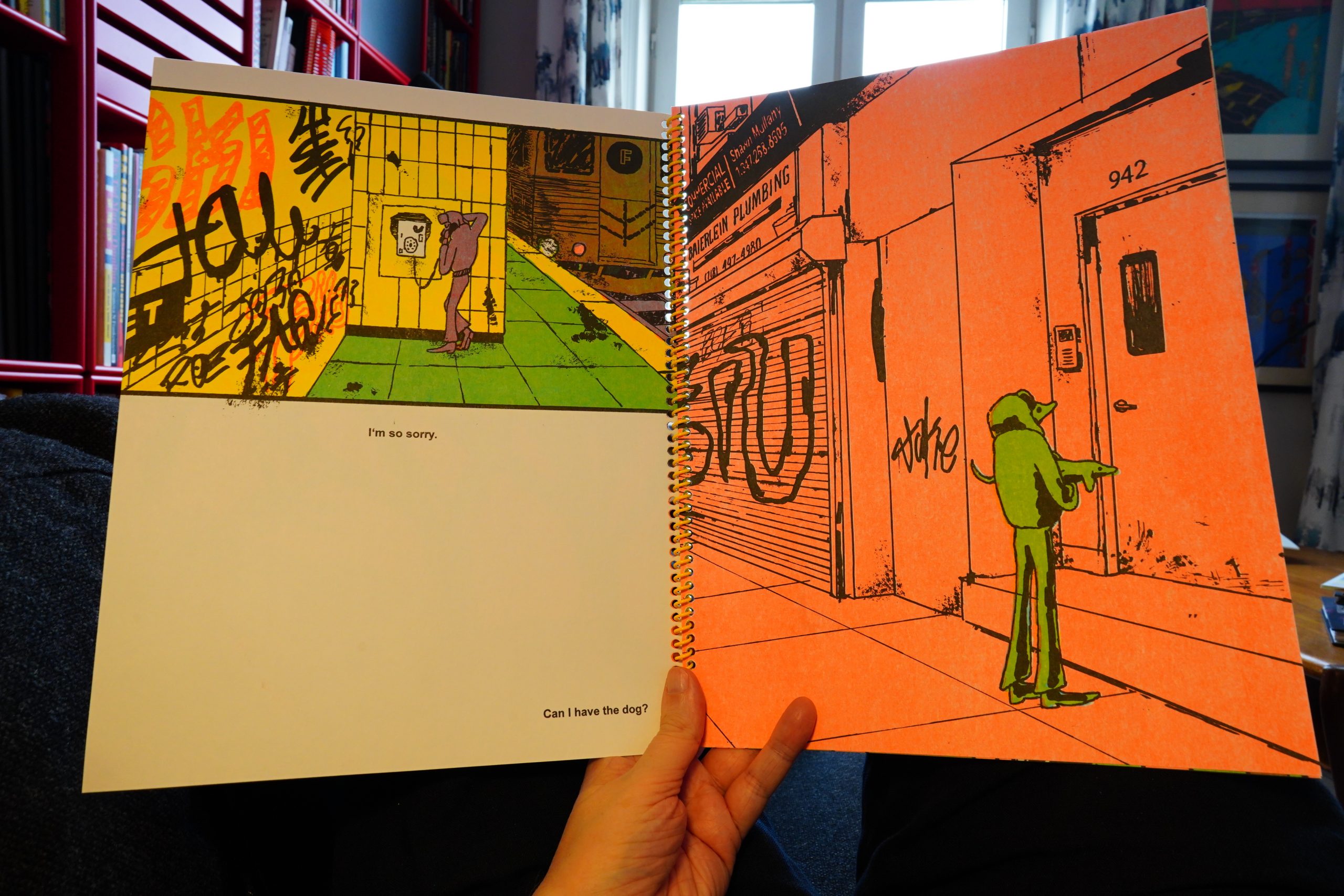
This is a big, spiral-bound book with thick pages. Is it screenprinted or something? It doesn’t really feel that way…
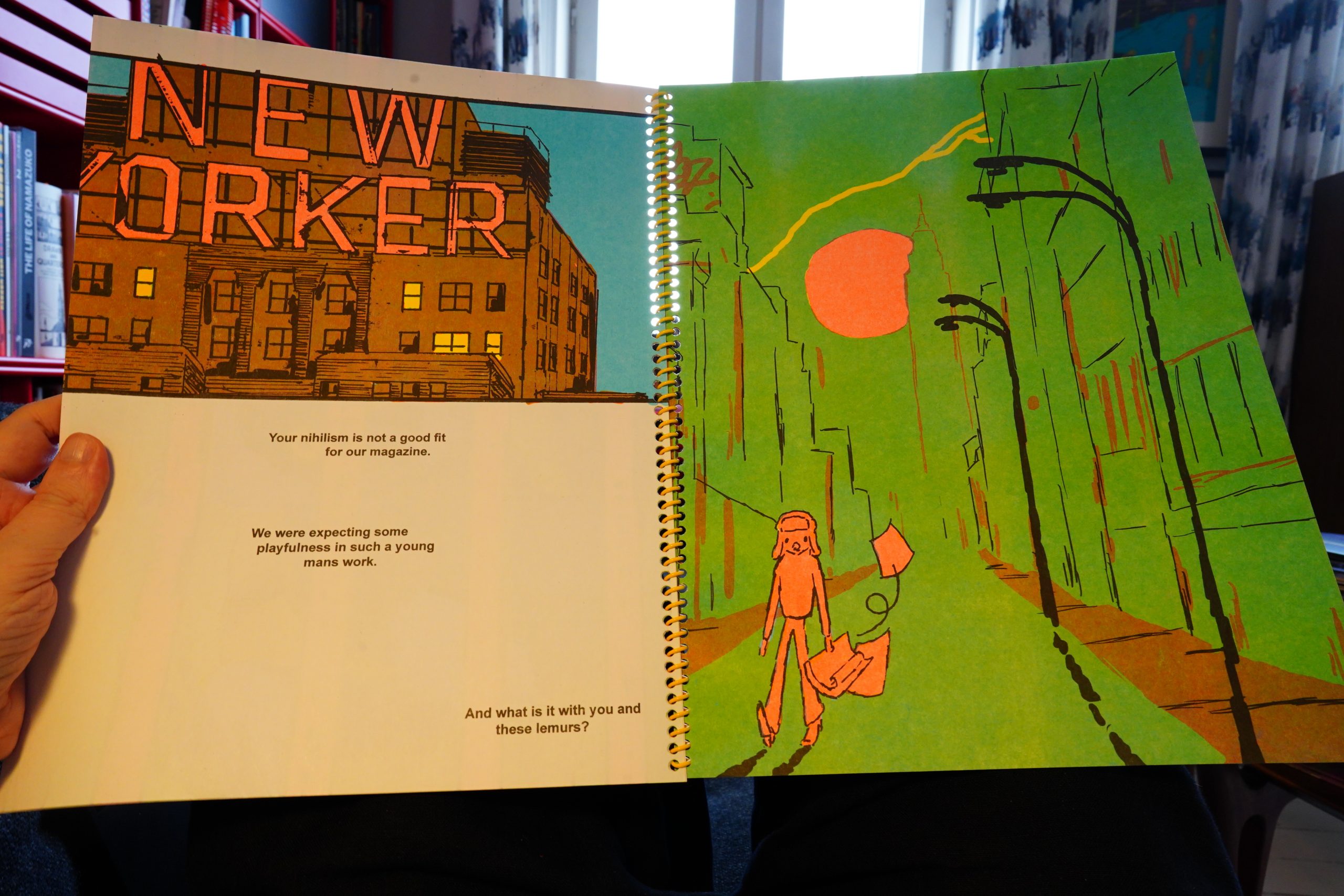
Anyway, it’s lovely. It’s got such a moody mood going on.
| Weekend: La Varieté |  |

15:35: Brush Paradise by Mathilde Kitteh (Peow)
A new Desert Island Mystery Box arrived, so let’s read that.
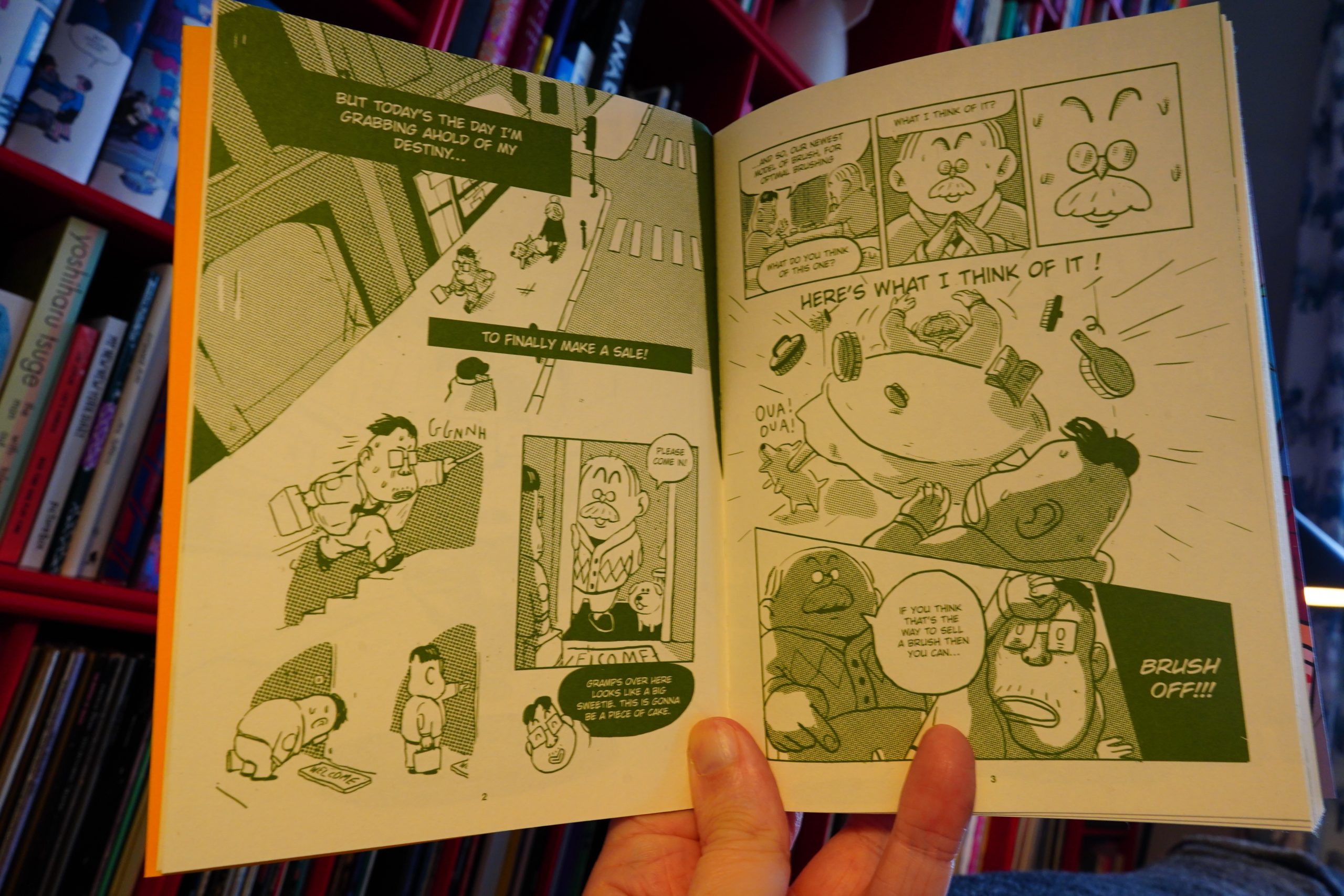
This is pretty amusing, and the artwork is cute.
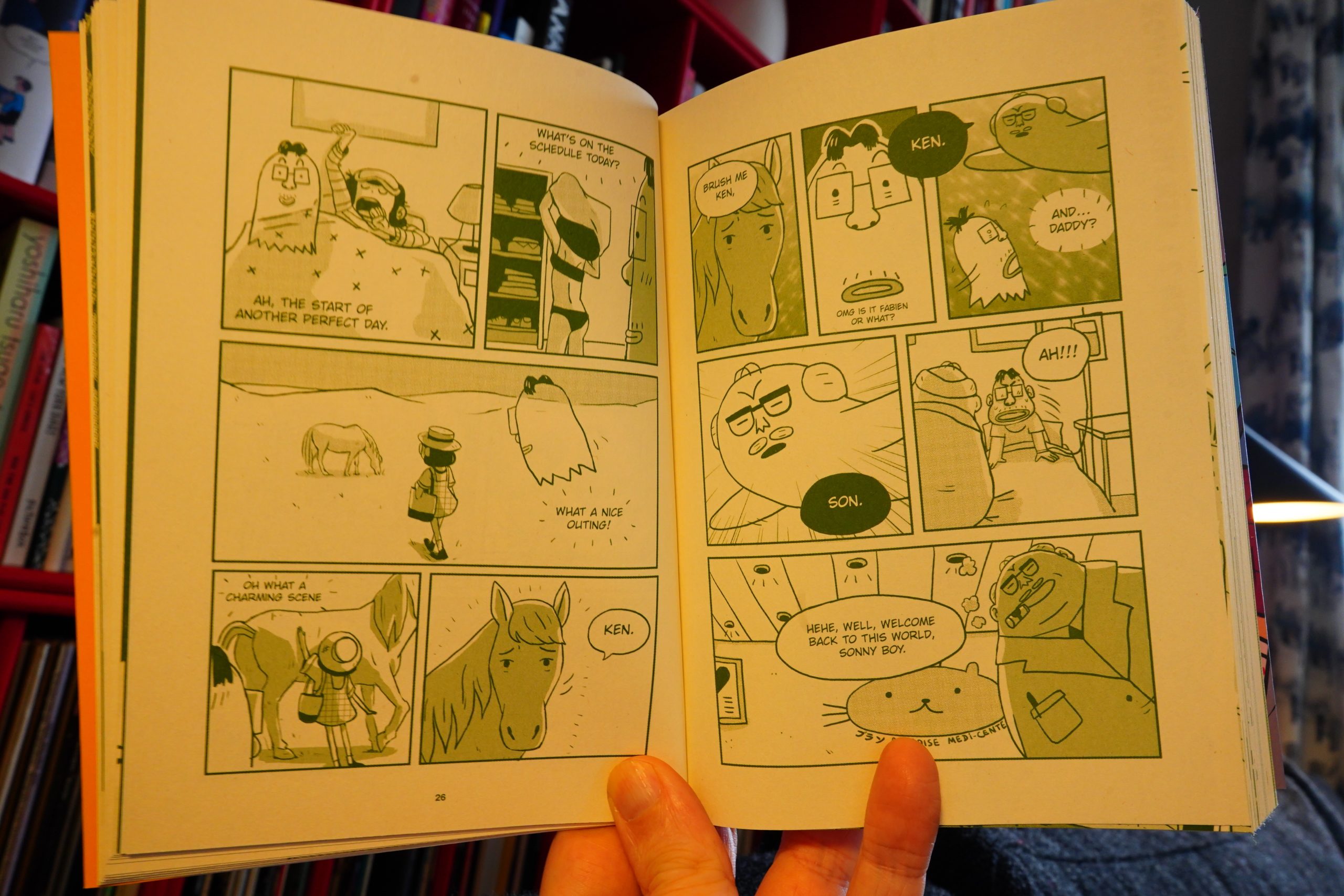
And eventually it morphs into an Akira pastiche, I guess. It feels very improvised — as if it started off as a goof on brush salesmen, but then more and more plot was added, and it doesn’t really cohere?
But it’s plenty amusing.
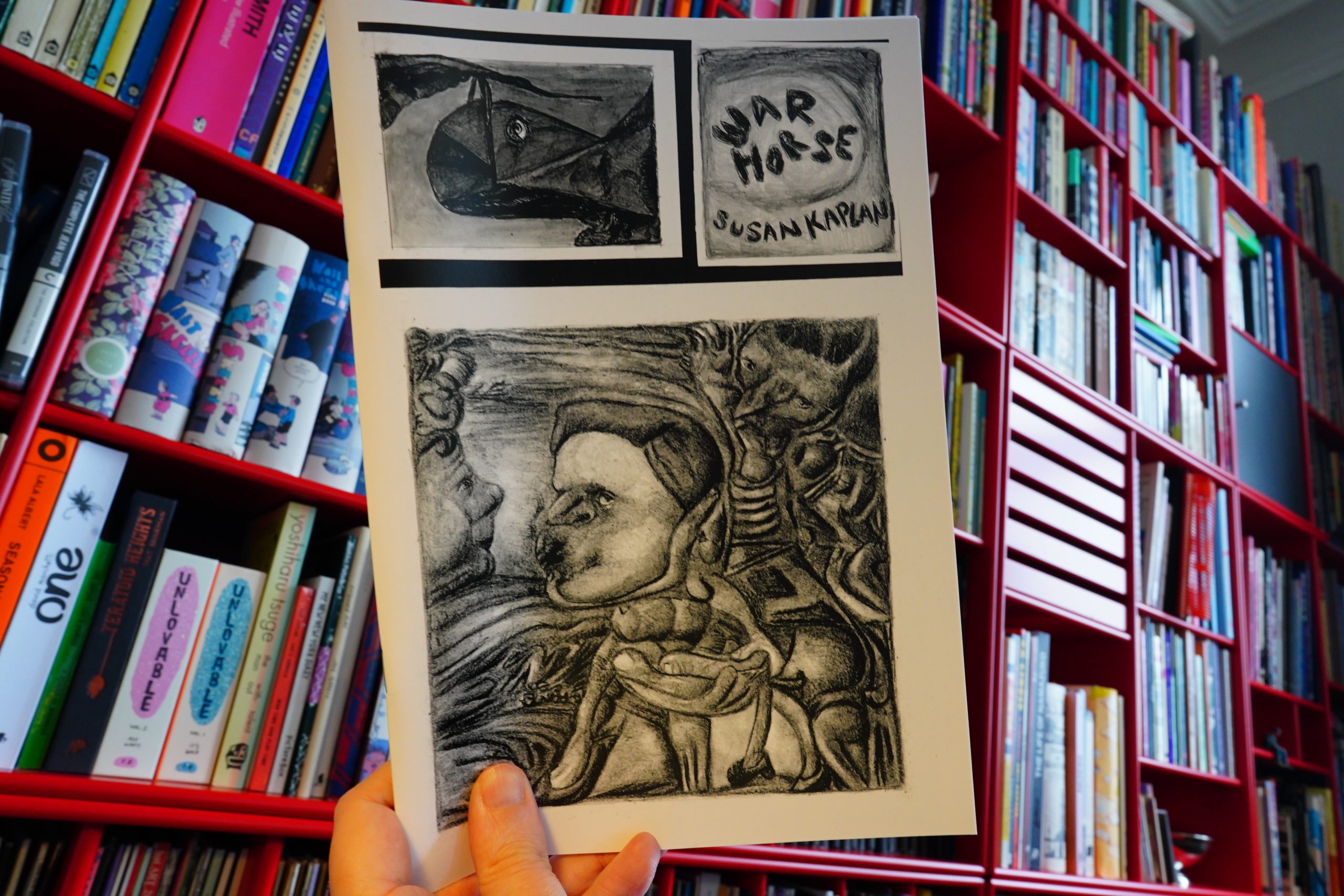
16:10: War Horse by Susan Kaplan

I first thought this was totally non-narrative…

… but it seems like there’s a vague story here. Anyway, interesting book.

Oh, I’ve got Cowlick 6 already…
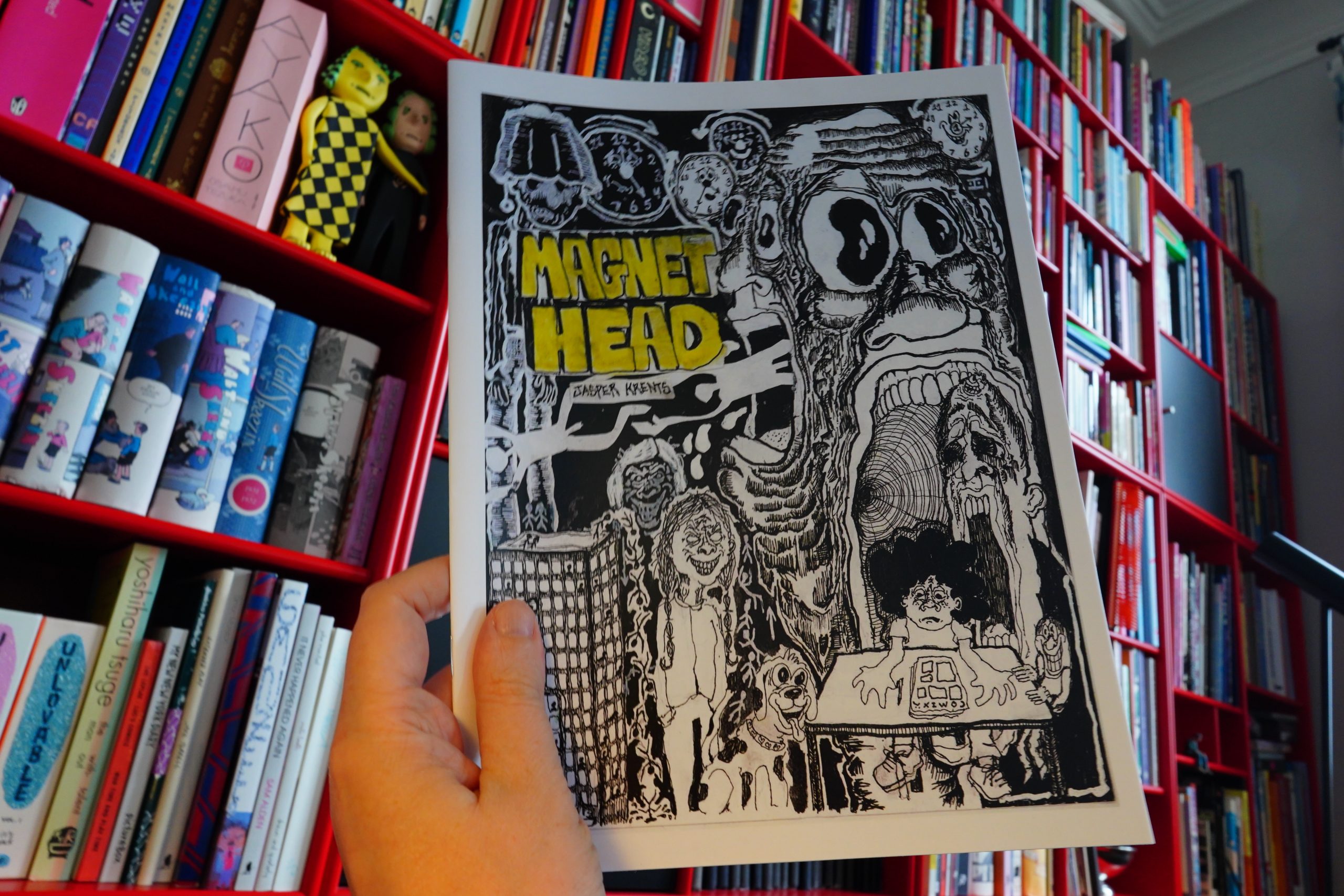
16:16: Magnet Head by Jasper Krents (Desert Island)
This is the final book from the Mystery Box.
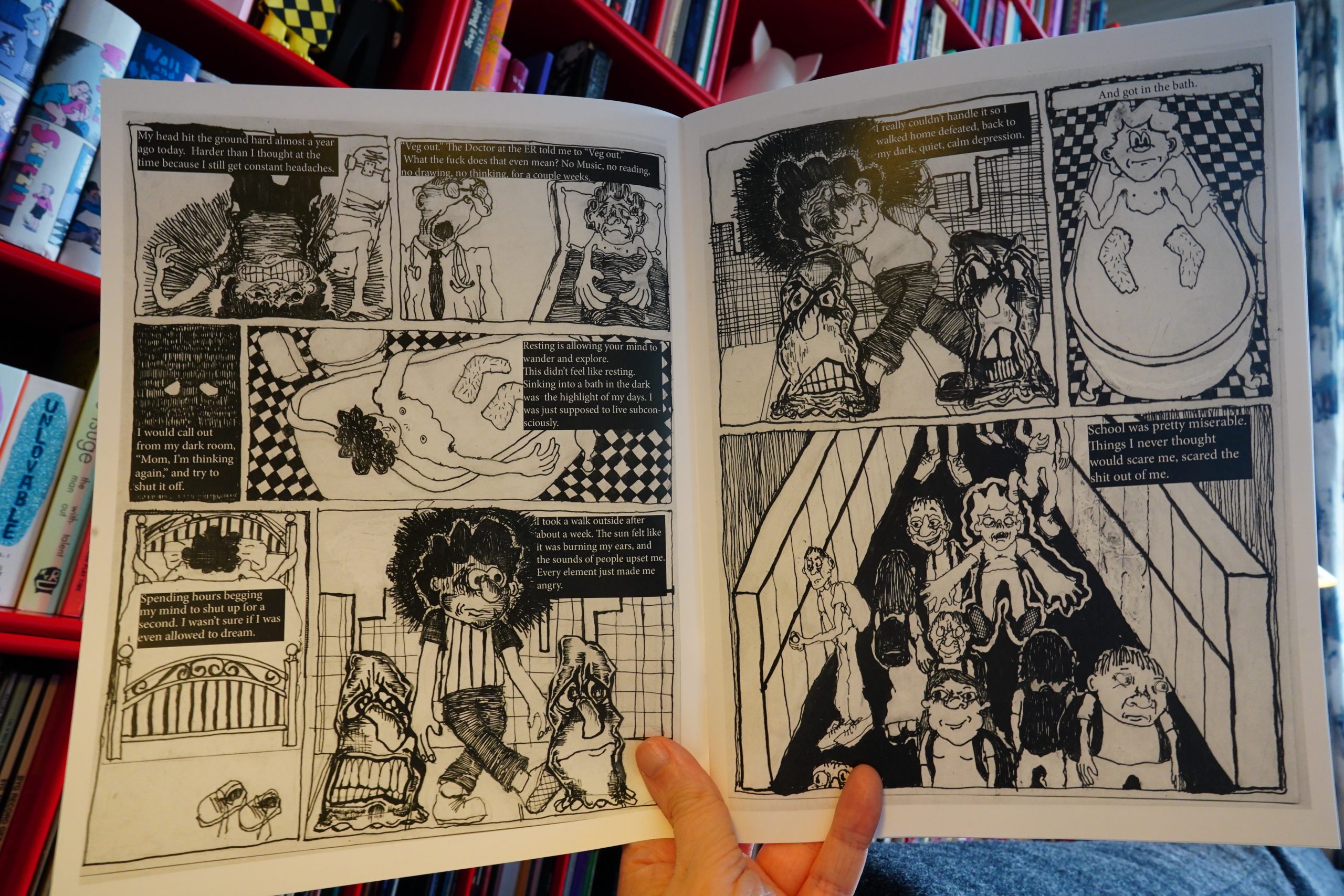
This book has got something real going on. It feels very honest, and it’s gripping.

Wild artwork, too.
| Alasdair Roberts: Pangs | 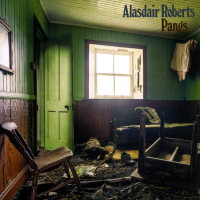 |

16:22: The Nib: Future edited by Matt Bors
This is … probably the only issue of The Nib I’ve bought. They recently shut down (or are shutting down), so I thought I’d grab an issue.
Disclosure: I’m not a fan on The Nib. Almost every time I’ve seen something published there, it was something jejune. But then again, I’m not a fan of editorial cartooning in general, even if I agree politically with what they’re saying. Or perhaps especially if I do that.

Yeah, this book is pretty much as I imagined — it’s very didactic and keeps telling you things everybody already knows.
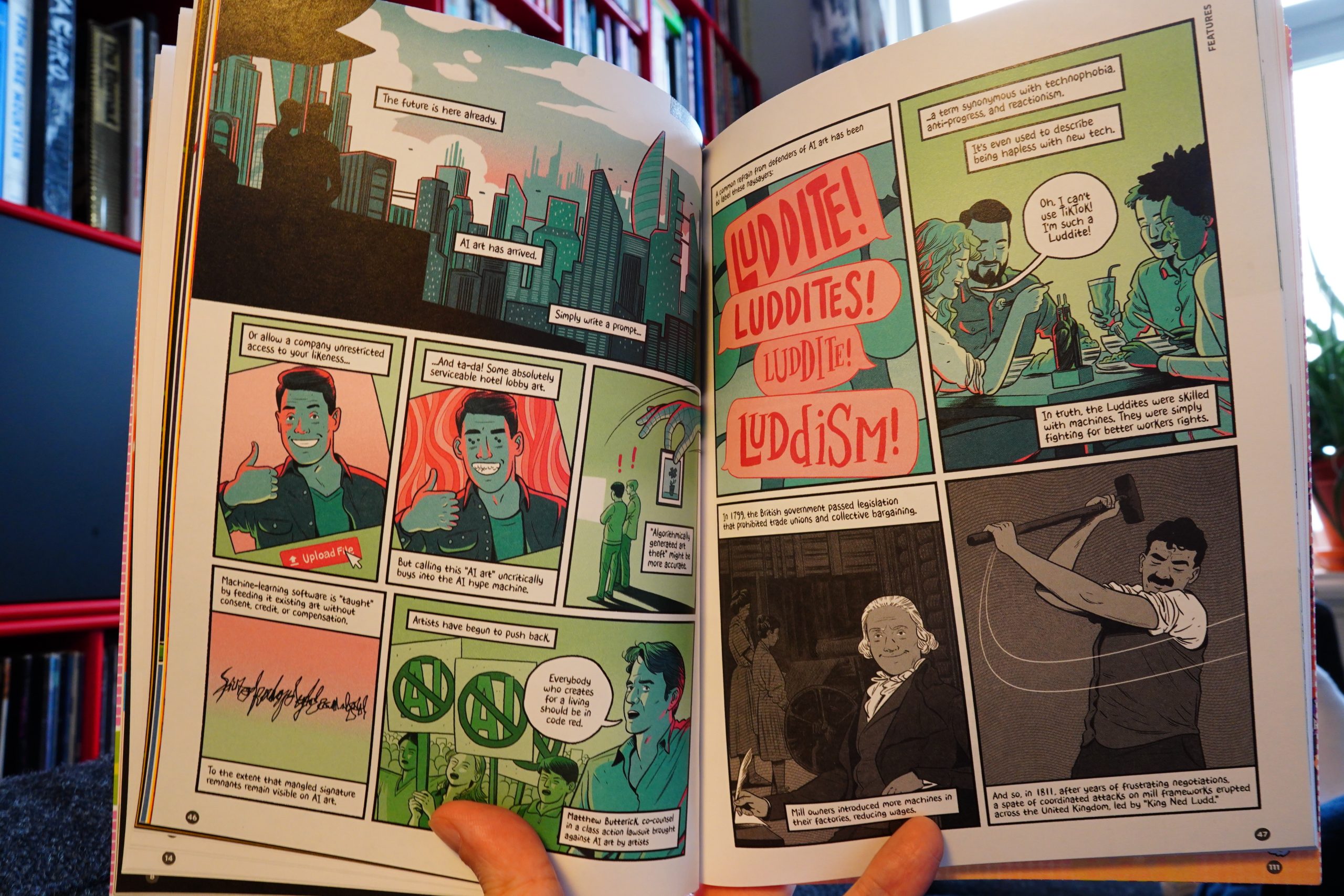
There’s some pieces here that are a bit better, but most read like if they originated as Twitter threads, and then somebody had to draw images to go with each tweet. It’s a mostly a miserable reading experience.
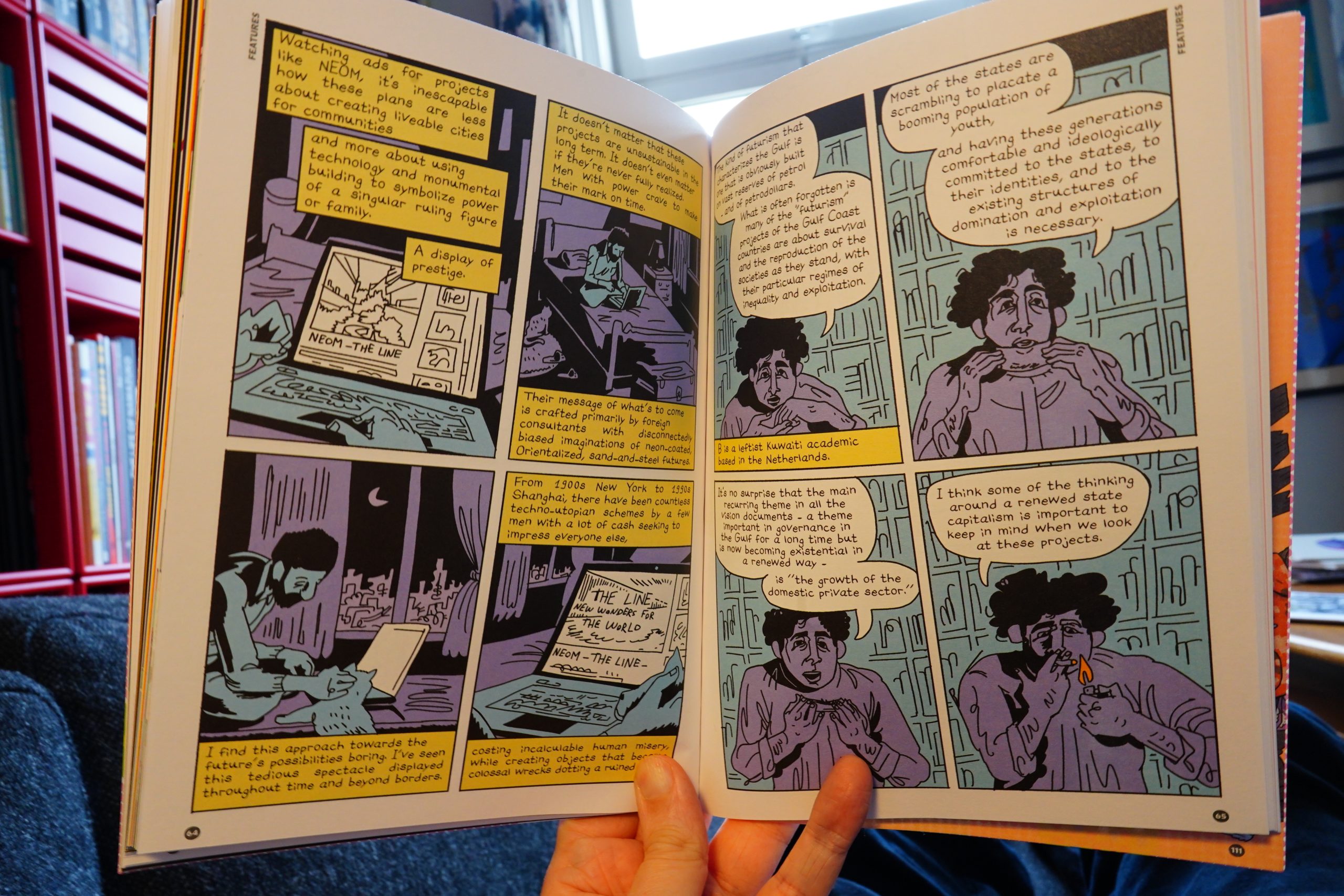
I love World War 3 Illustrated, and that’s a series that isn’t that different from this, in some ways. But WW3 is always fresh and exciting; there’s something new, different and interesting coming your way all the time. The Nib, on the other hand, is just deadeningly samey. It feels like every strip has been edited to death, and by an editor that’s not a lot of fun.
After reading half a dozen of the pieces, I started skimming, because I lost any glimmer of hope that things were going to improve.
Oh well.
| Debby Friday: Good Luck | 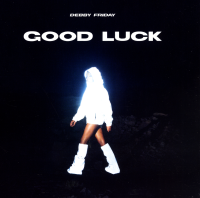 |
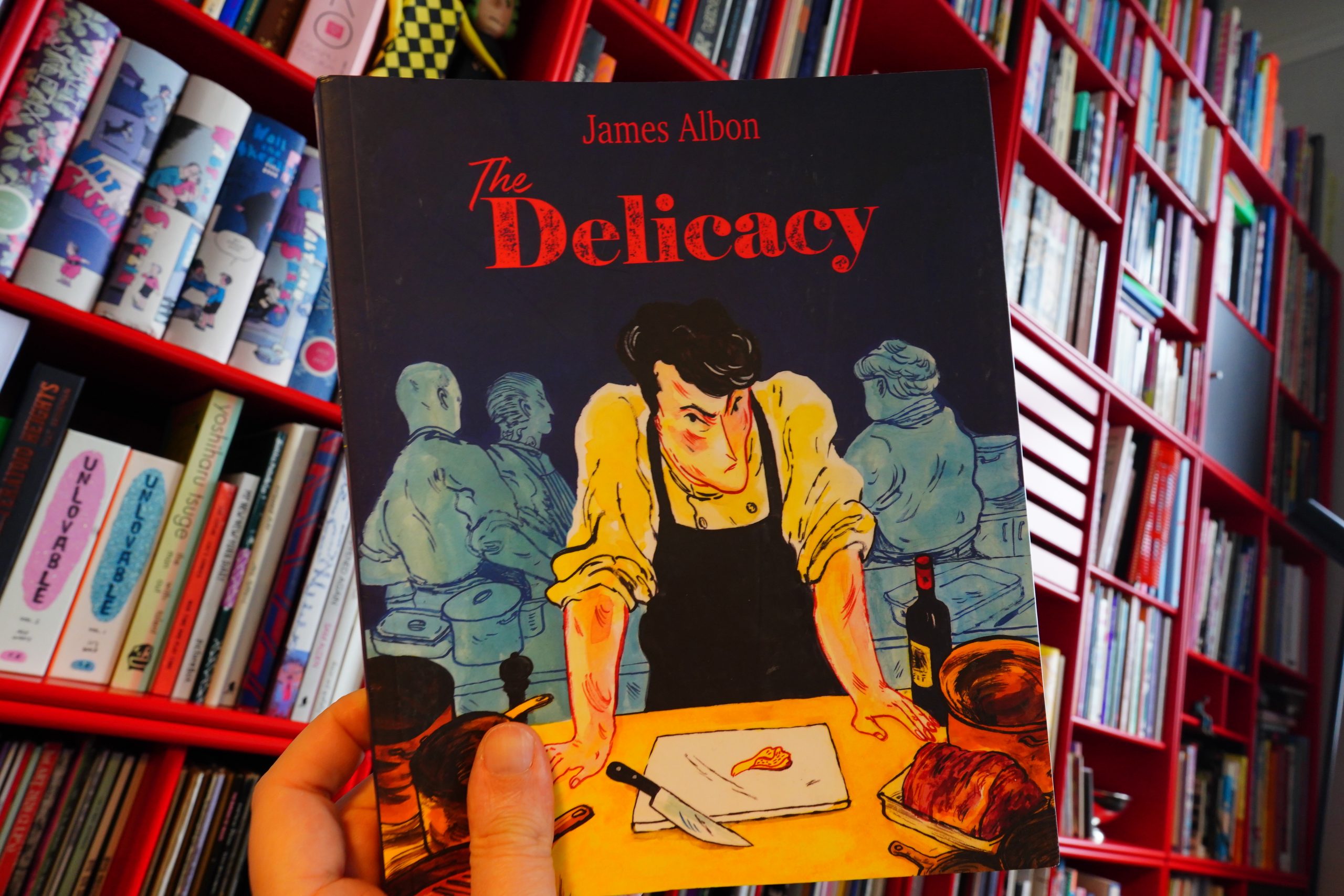
16:57: The Delicacy by James Albon (Top Shelf)

Oh, I love this artwork! That line! Those colours! Those figures!
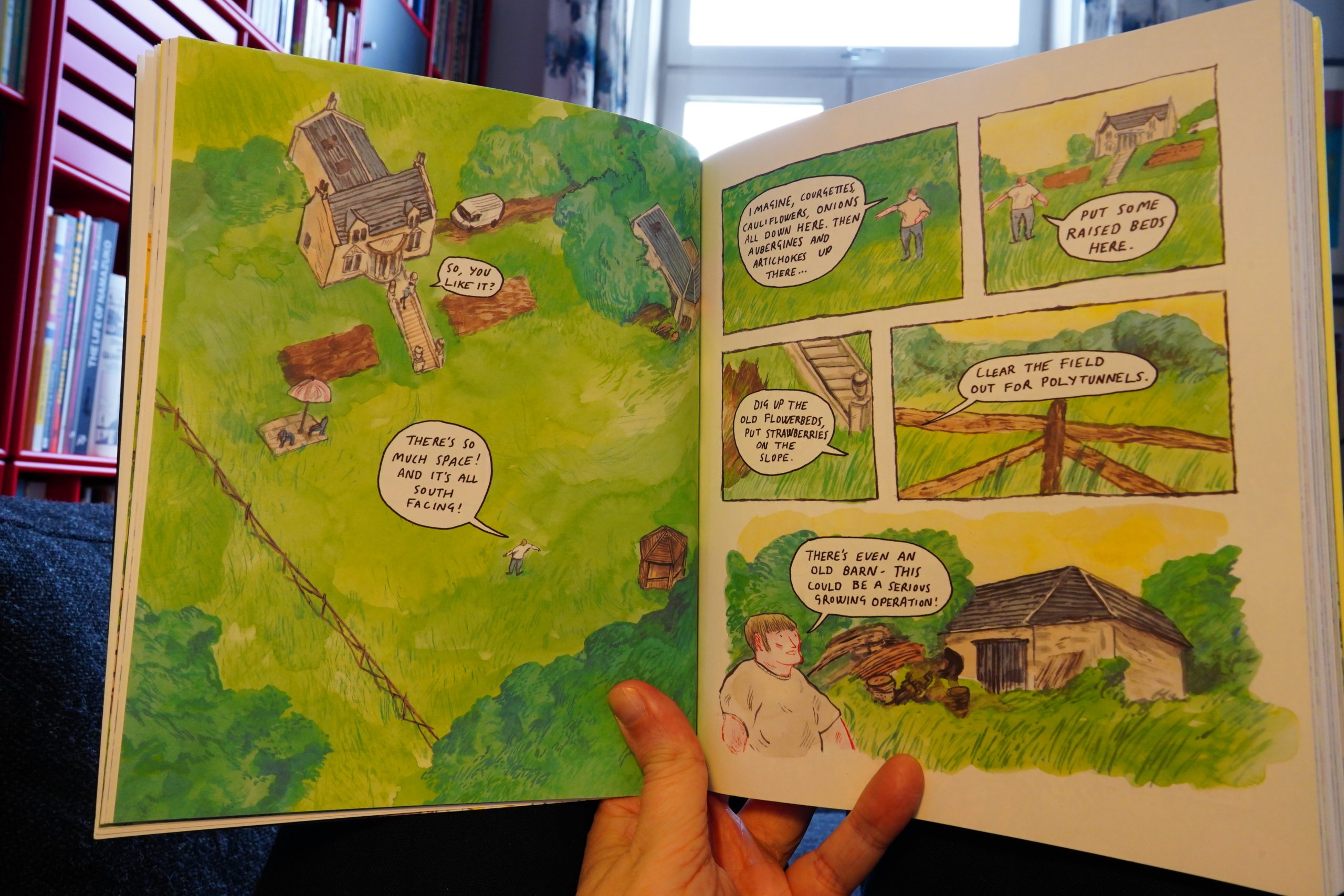
And the storytelling is on point, too.
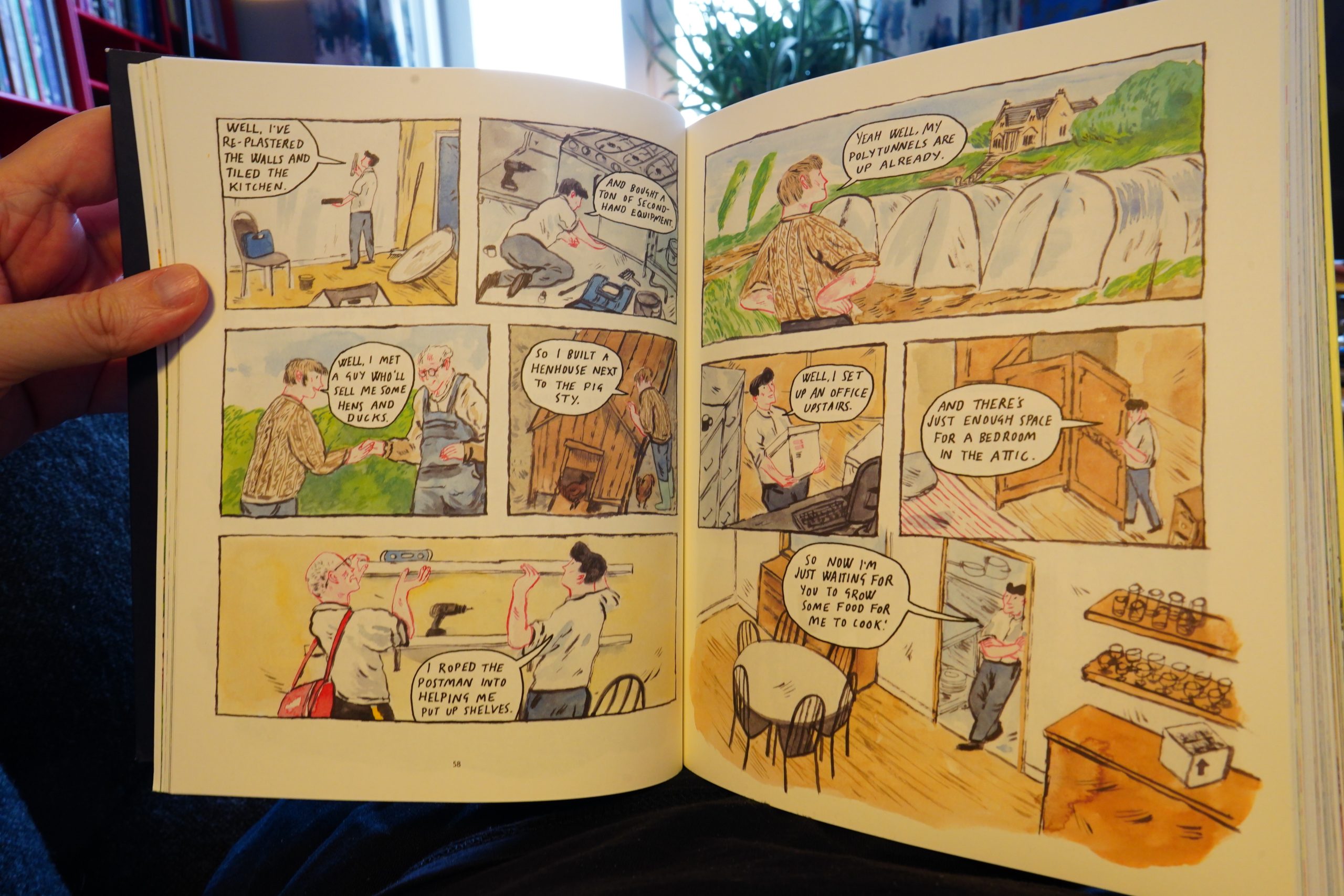
This starts off as an unexpected, very amiable read. Unfortunately, we get one third into the book, we devolve into a cliched Faustian-ish storyline — the protagonist is a chef, so I was expecting him to inevitably start serving his guests corpses… and he kinda does, I guess.
So that’s disappointing. Still, the good bits are really good.
I see that Albon has two other books out that I haven’t read, so it’s shopping time.
| Modern Cosmology: What Will You Grow Now? | 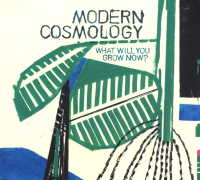 |

17:57: (untitled) by Lando
That is, I’m not sure what the titles of these books are…
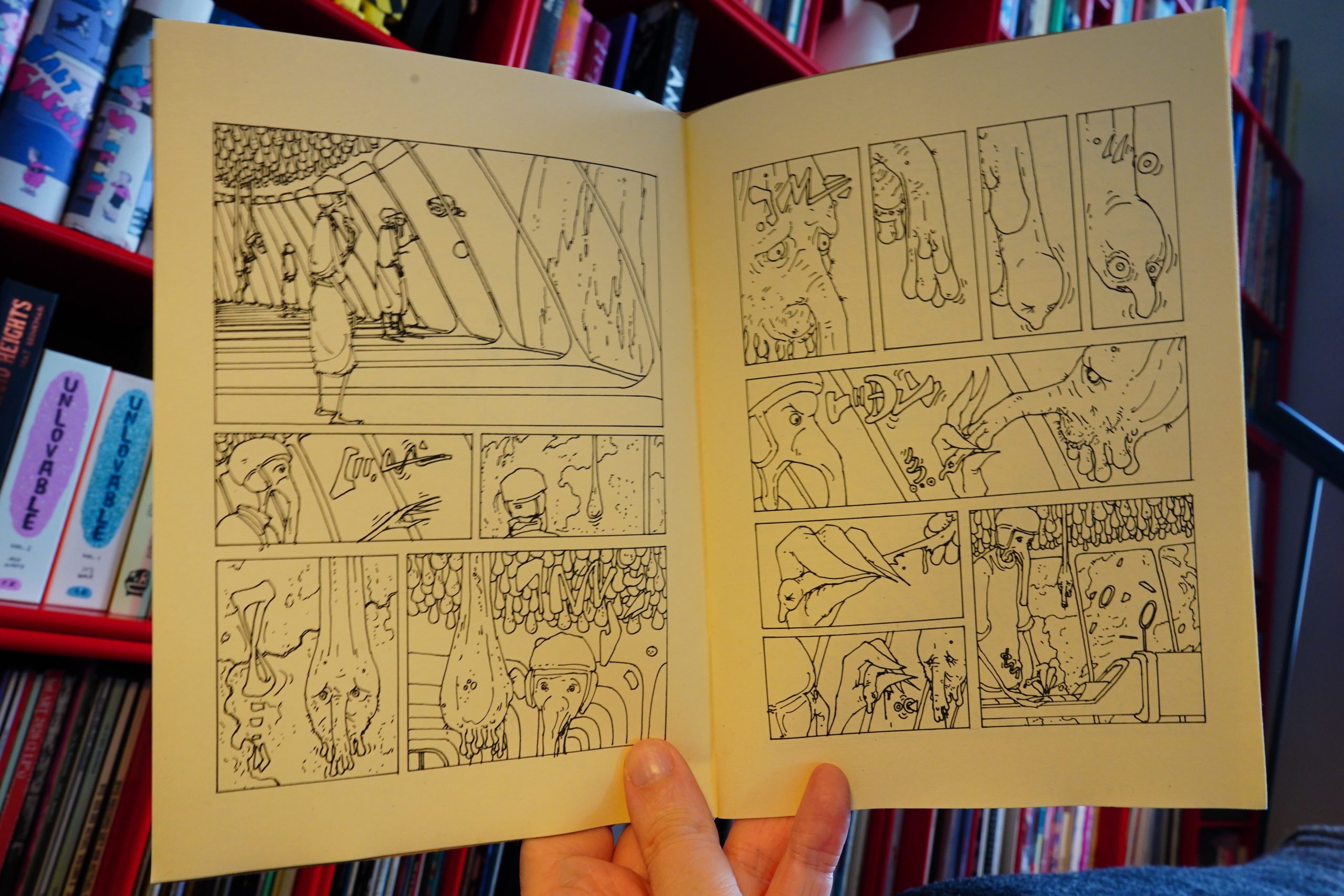
These small books are earlier than the Island 3 books, but seem to deal with approximately the same concerns.

That is, they’re sci-fi vignettes with a lot of running around and stuff.
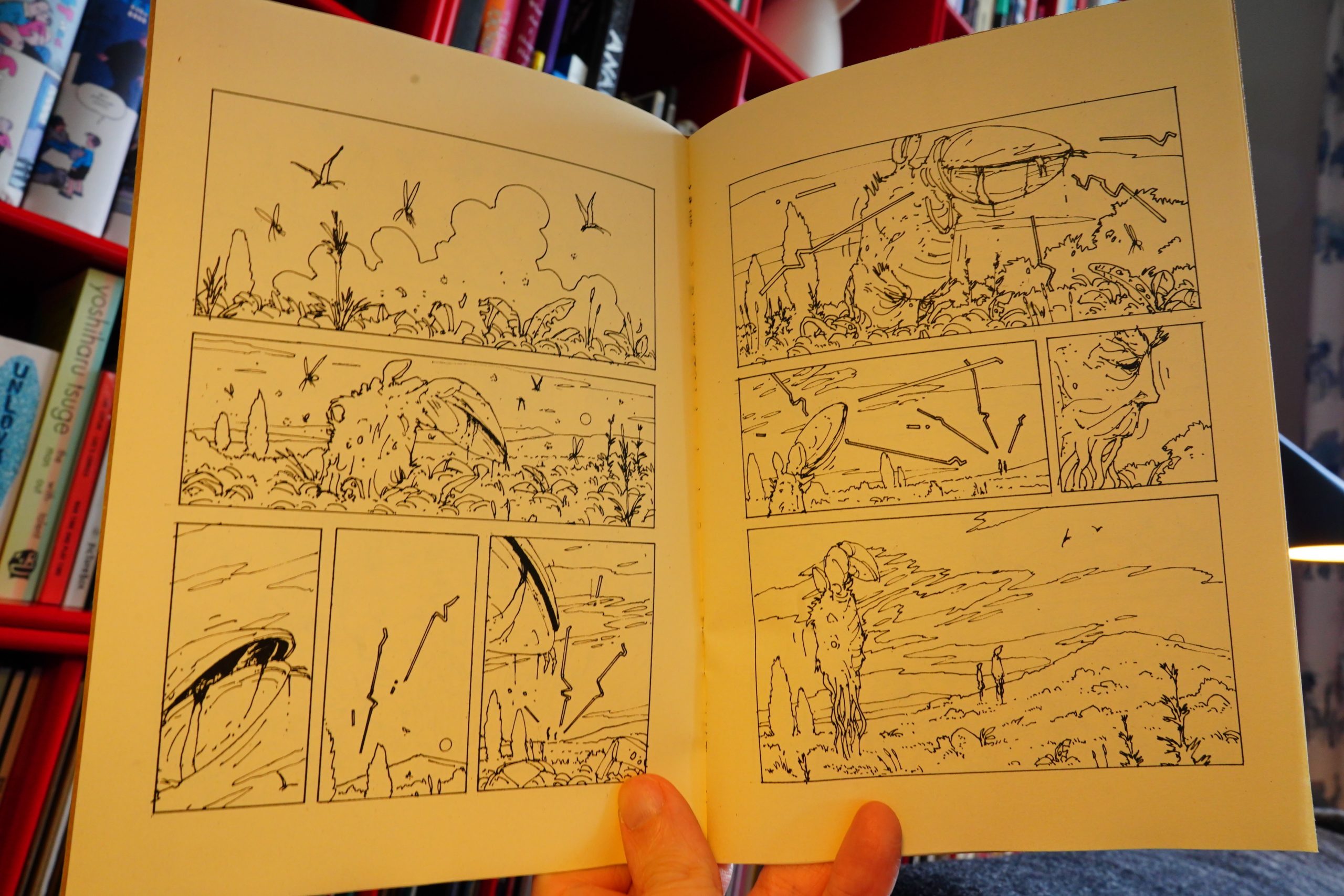
They remind me even more of Moebius — they’ve got some good, associative logic going on, and the artwork is attractive.
Very brisk reads.
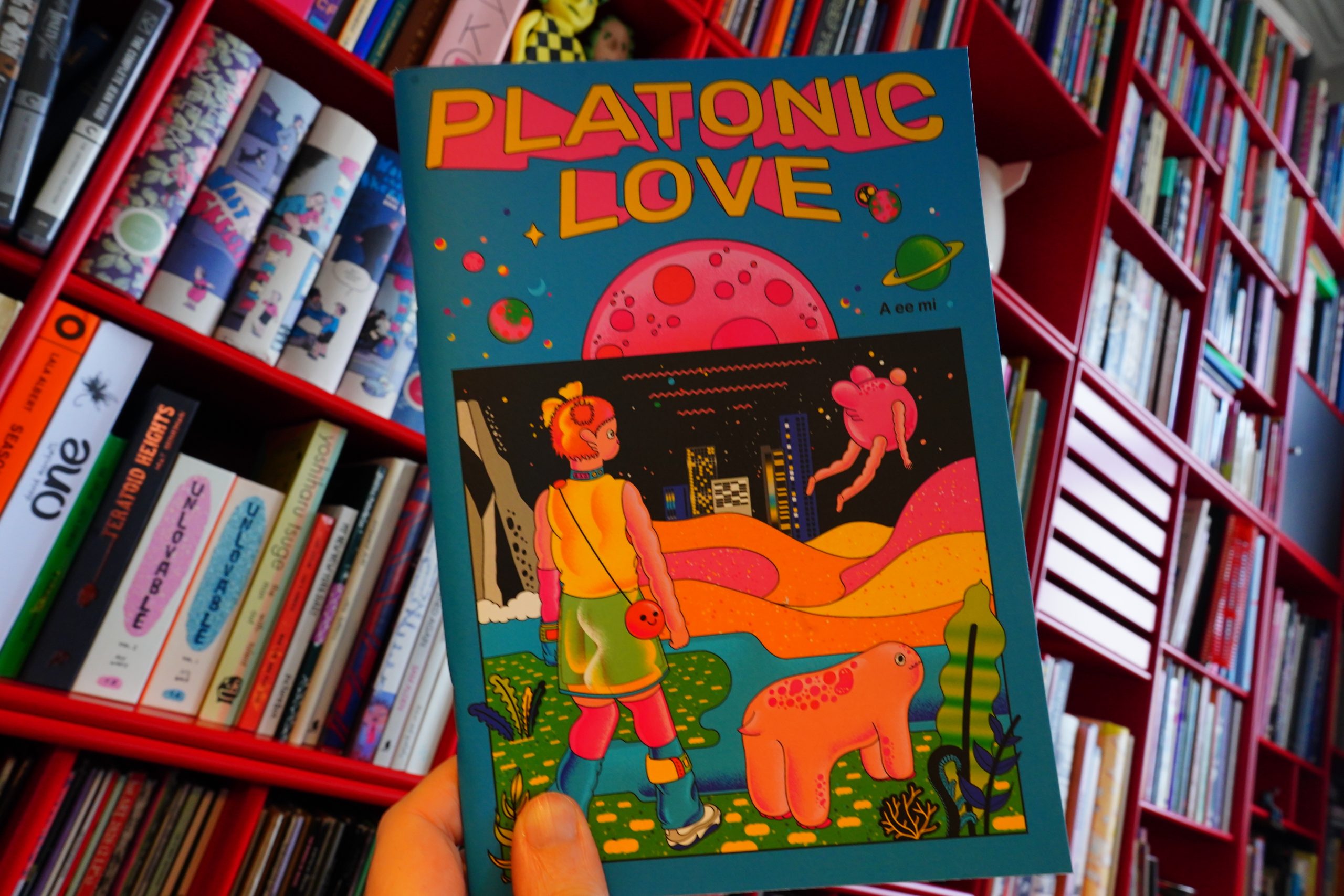
18:08: Platonic Love by A ee mi (Paradise Systems)
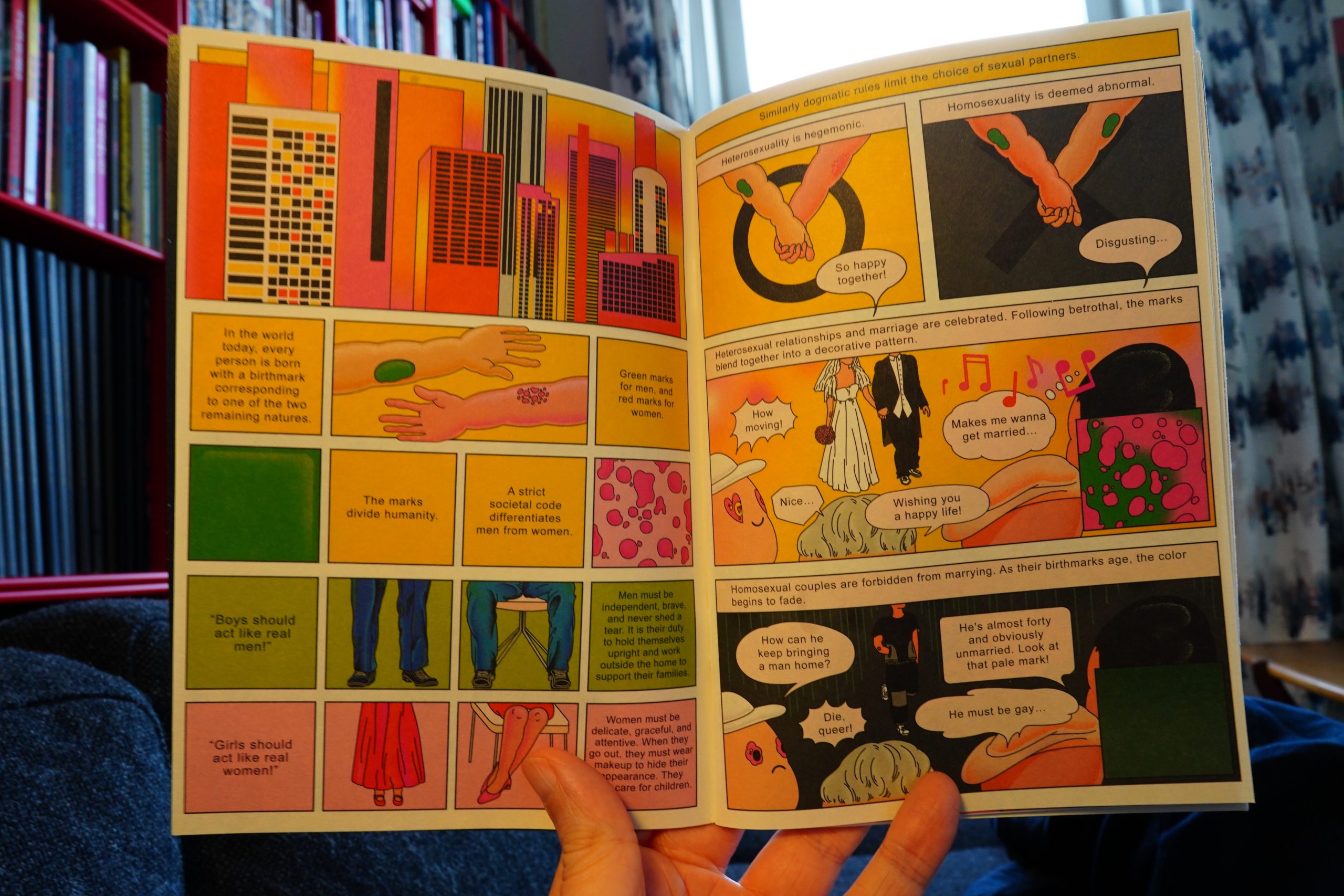
This starts off in a kinda didactic way…

… and then turns very strange indeed. Very original book.
| A Certain Ratio: 1982 |  |
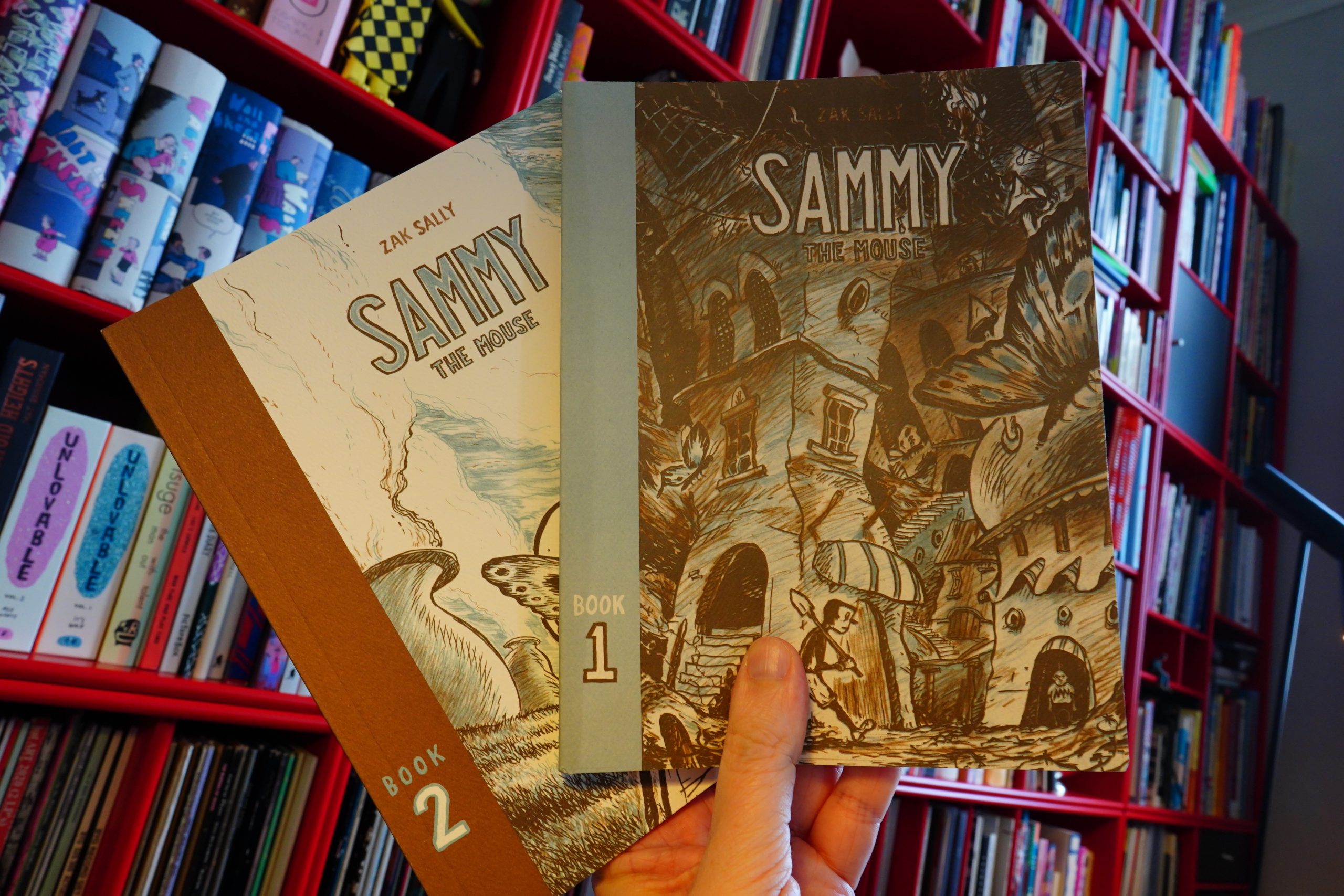
18:15: Sammy the Mouse Book 1-2 by Zak Sally (La Mano 21)
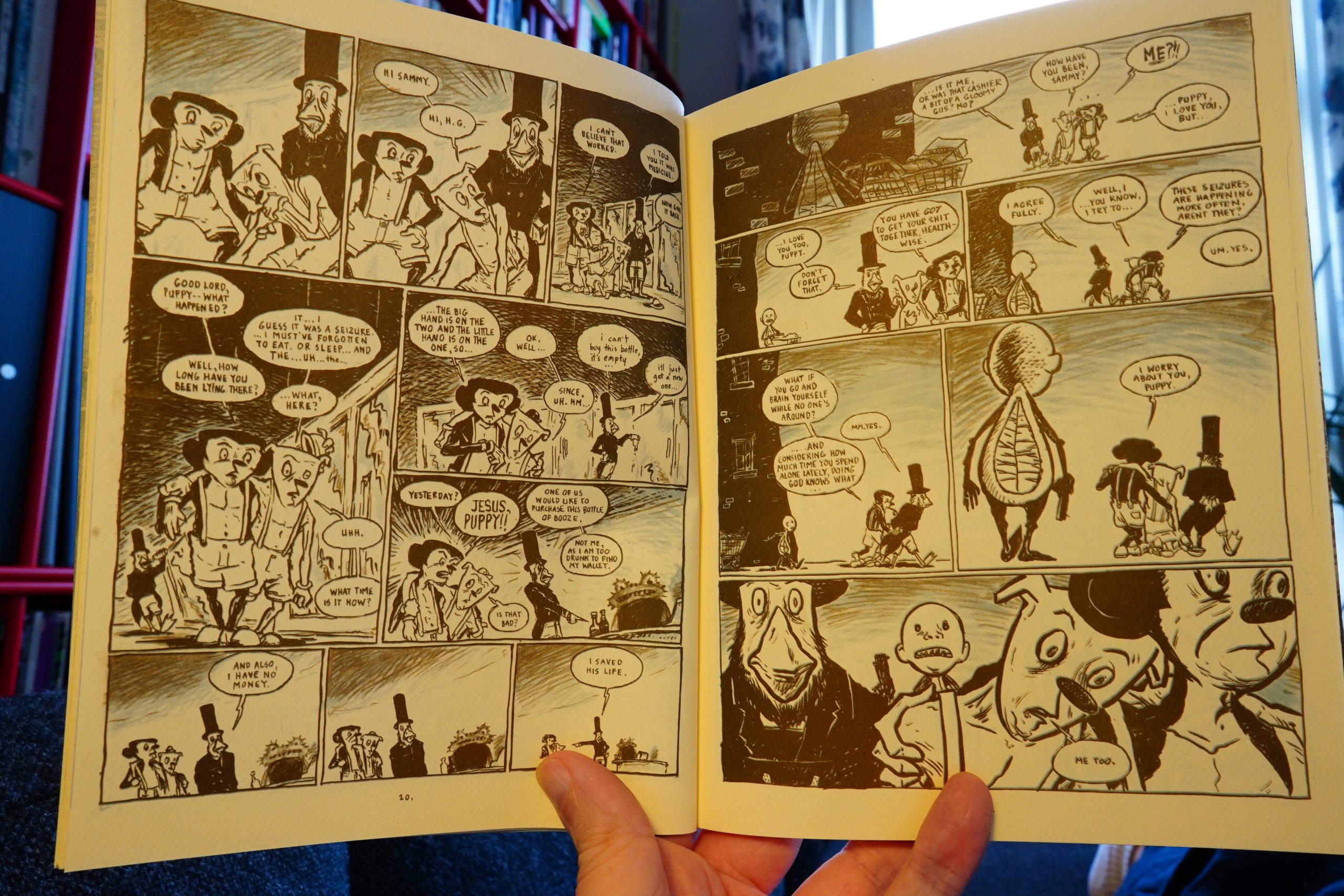
The first book collects the three Coconino/Fantagraphics issues of Sammy the Mouse (which I bought at the time, but I’ve totally forgotten the storyline). This edition is hand-made — on a two-color offset press. It feels very nice — the paper is nicely rough.

And it’s no wonder I don’t remember the storyline, because it’s very … associative? That is, it seems to be building up to something, but it’s not clear at all where this is all going. It’s a really engrossing reading experience, though.
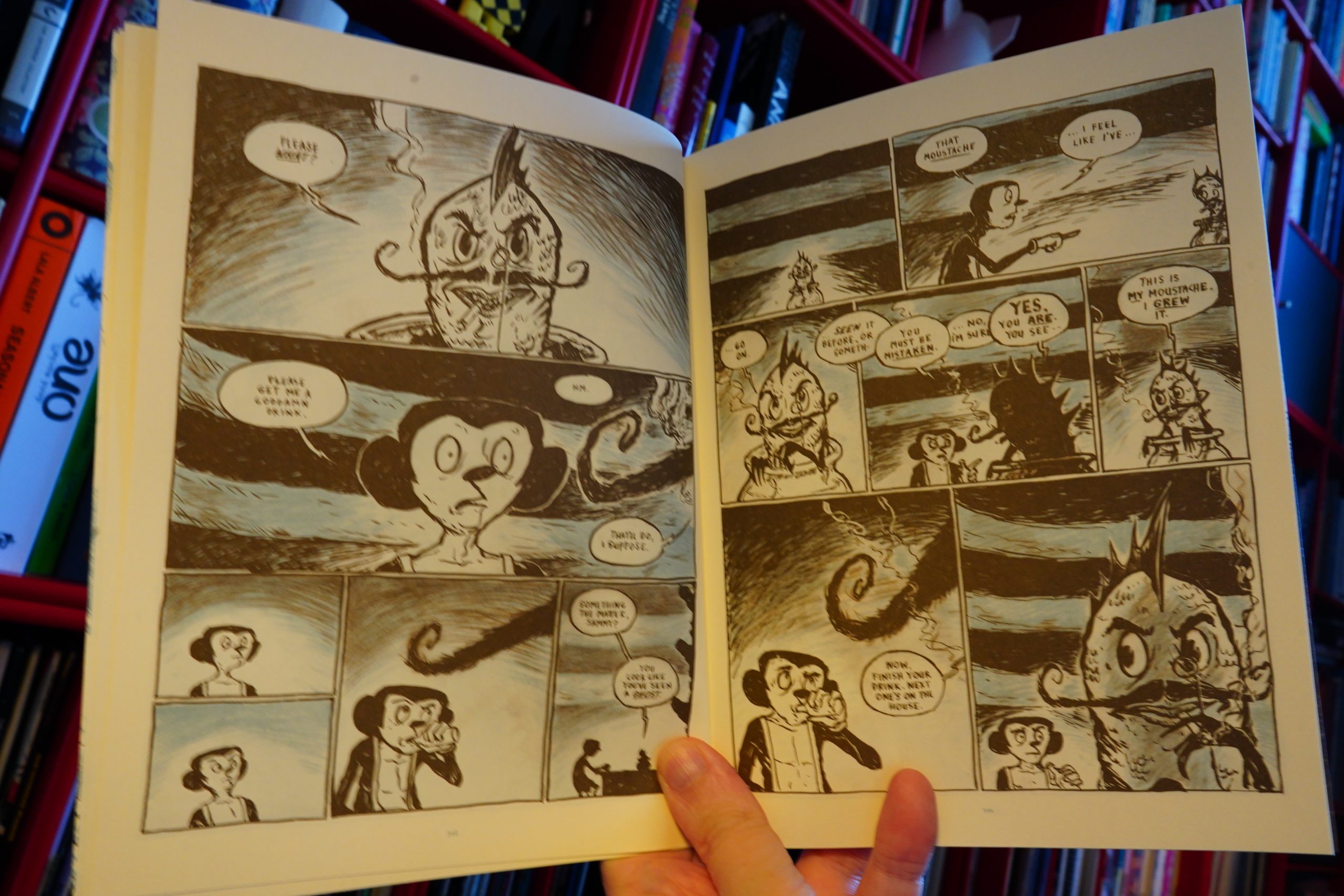
The second book isn’t hand-printed, I think — it’s on much smoother paper.
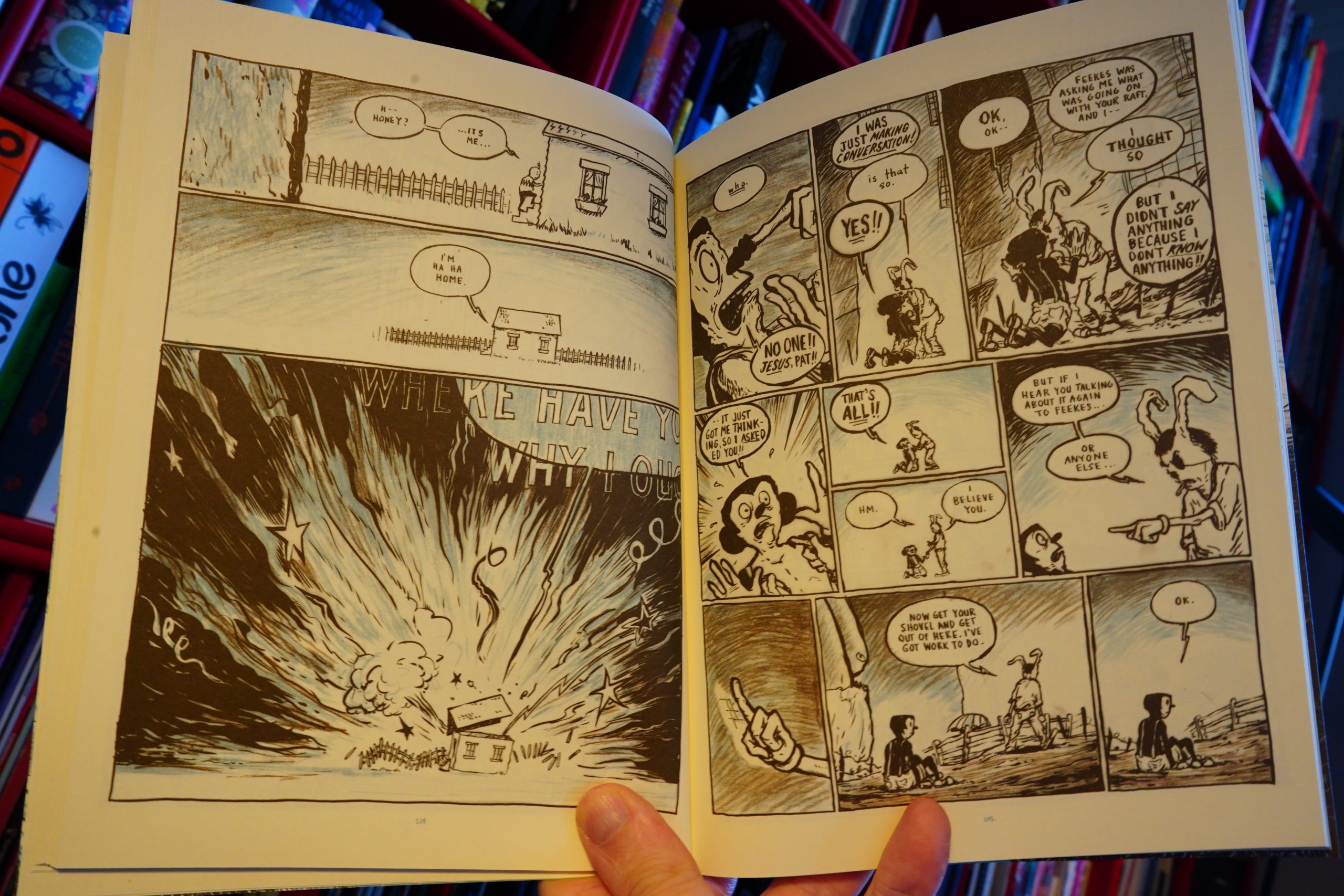
And indeed, the all the plot threads are really starting to develop here. And I read the third book the other month, so now I guess I just have to wait for the fourth book (which may be the last one?) to arrive in a decade or so.
| Alva Noto: Kinder der Sonne | 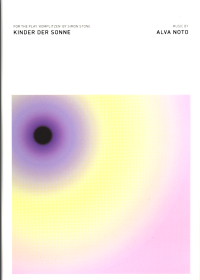 |

19:29: Bruno Brazil 3 by Aymond/Bollée (Zoom)
Oh, hm. I thought I had decided not to buy more of this revival series, but I guess I forgot.

And… it’s a painful read. The artwork is generic and charmless, and the repartee is deadly.
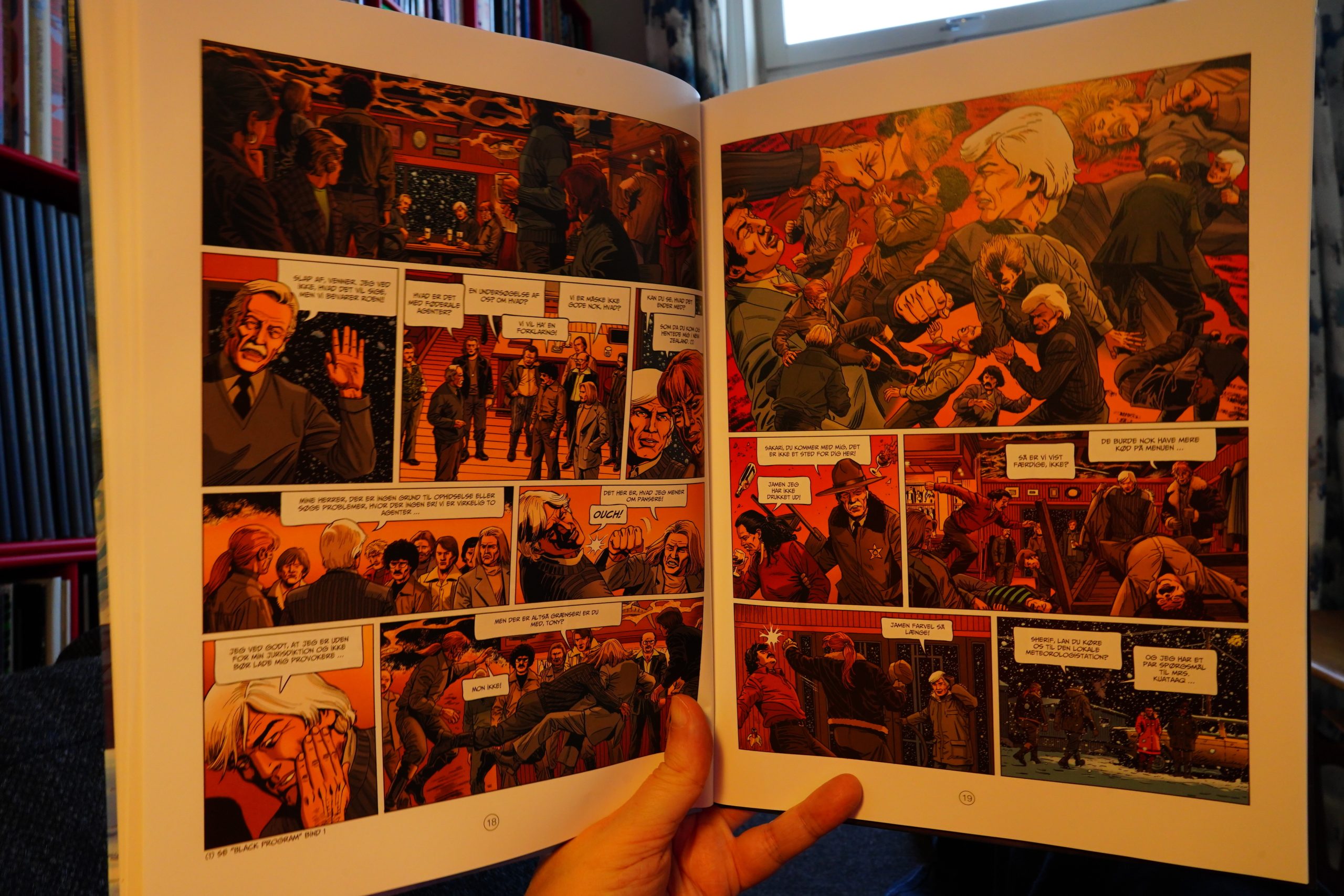
The plot is just moronic beyond belief. But I guess it does remind me of some French fantasy comics from the 70s? Not in a good way.
| Rob Mazurek Exploding Star Orchestra: Lightning Dreamers |  |

20:05: Stready Rollin’ by Fred Noland (Birdcage Bottom Books)

This starts off in an uptight way — both the artwork and the stories feel rather belaboured and lifeless.

But then things take a turn for the better, and things grow more lively and fun to read.
I’m guessing these strips were originally published on the internet somewhere? We get plot points and sentences repeated from strip to strip, which makes for a less than ideal reading experience.

| Water From Your Eyes: Everyone’s Crushed | 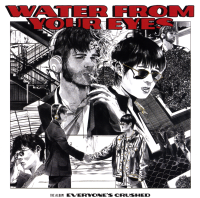 |
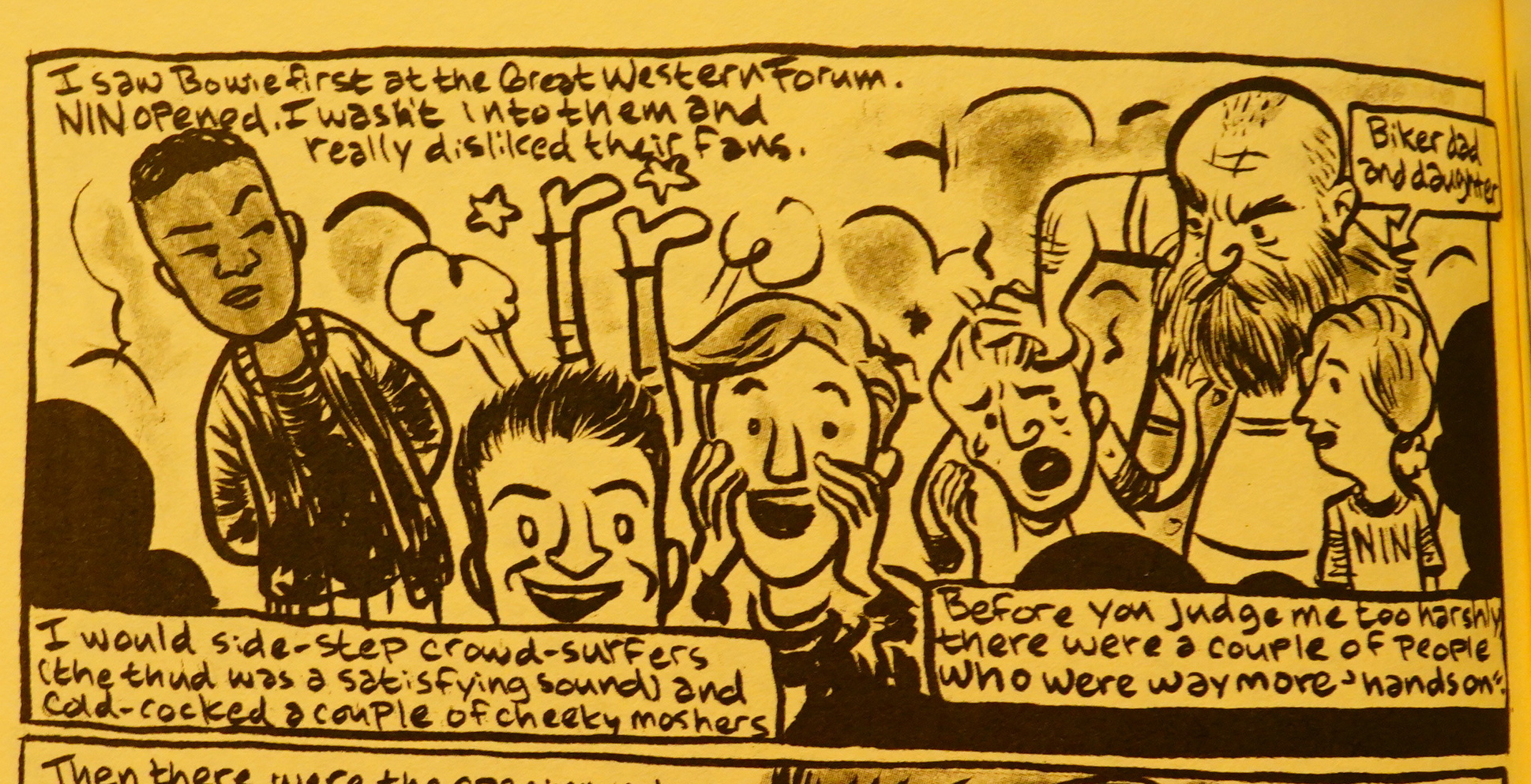
…
Anyway, this book could have done with some editing. It’s not that there aren’t amusing or interesting anecdotes here, but there’s too many pieces that go nowhere. At over 200 pages of generally very short strips, it gets repetetive.
| Animal Collective: Spirit They’re Gone, Spirit They’ve Vanished (1) | 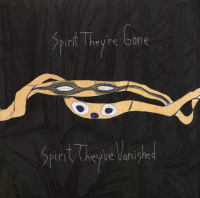 |
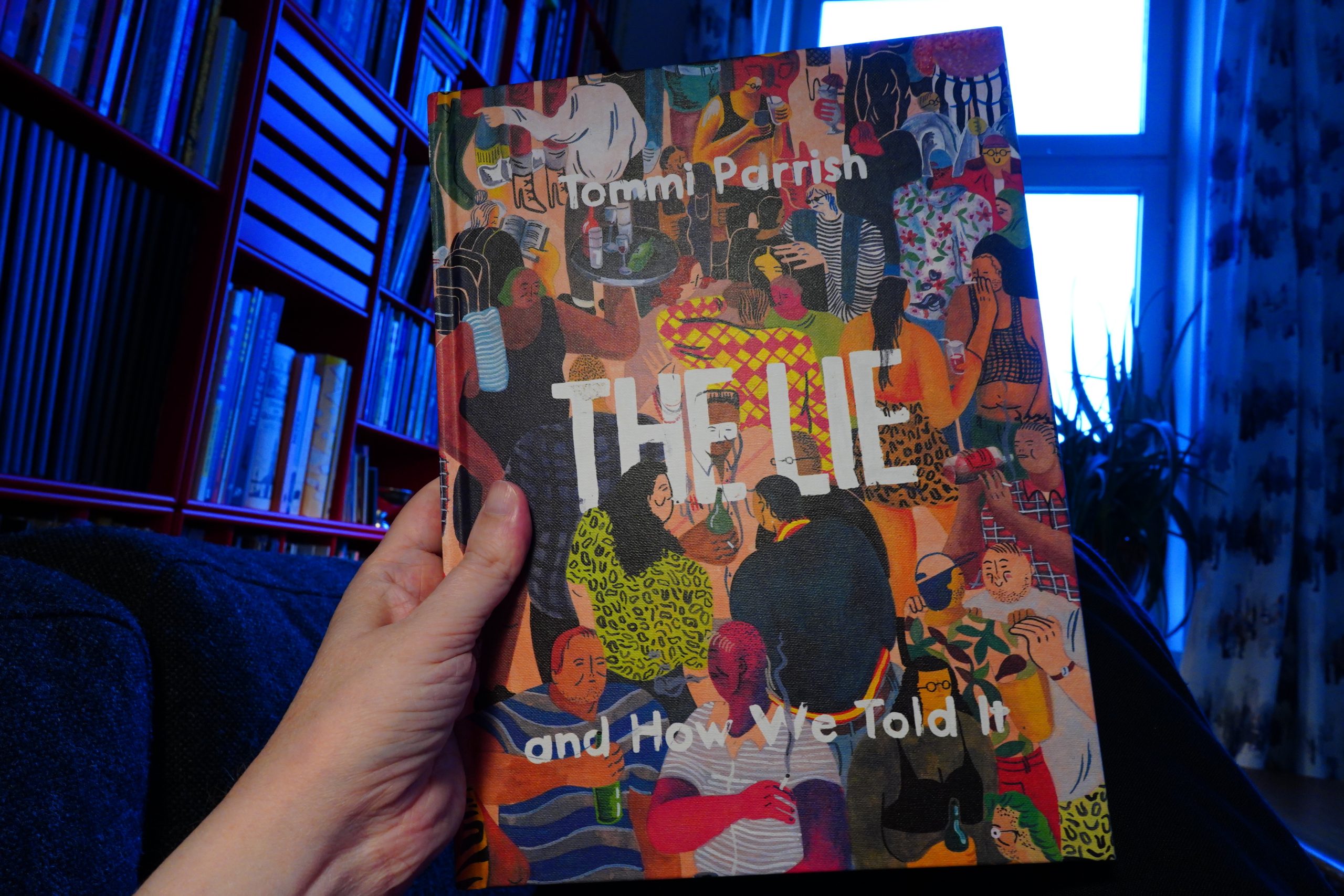
21:37: The Lie and How We Told It by Tommi Parrish (Fantagraphics)
This is from 2017, but apparently I missed it the first time around.
And… man, white balance is tricky when you have two wildly differing light sources, eh? Eh?
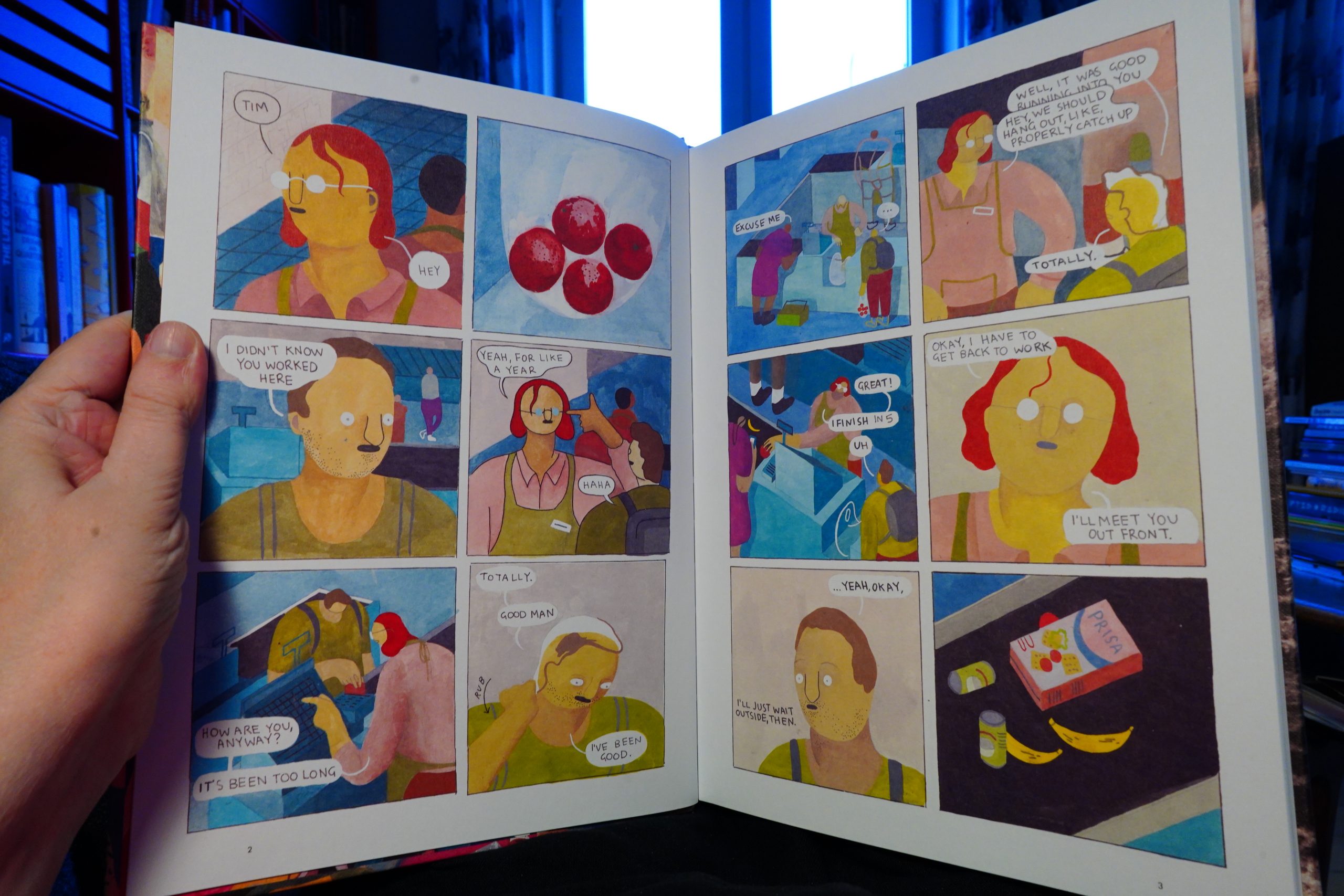
This is fantastic. It’s about meeting somebody you were close with in high school some years later, and then not/connecting. It’s told very straightforwardly, but holds a lot of intrigue anyway.
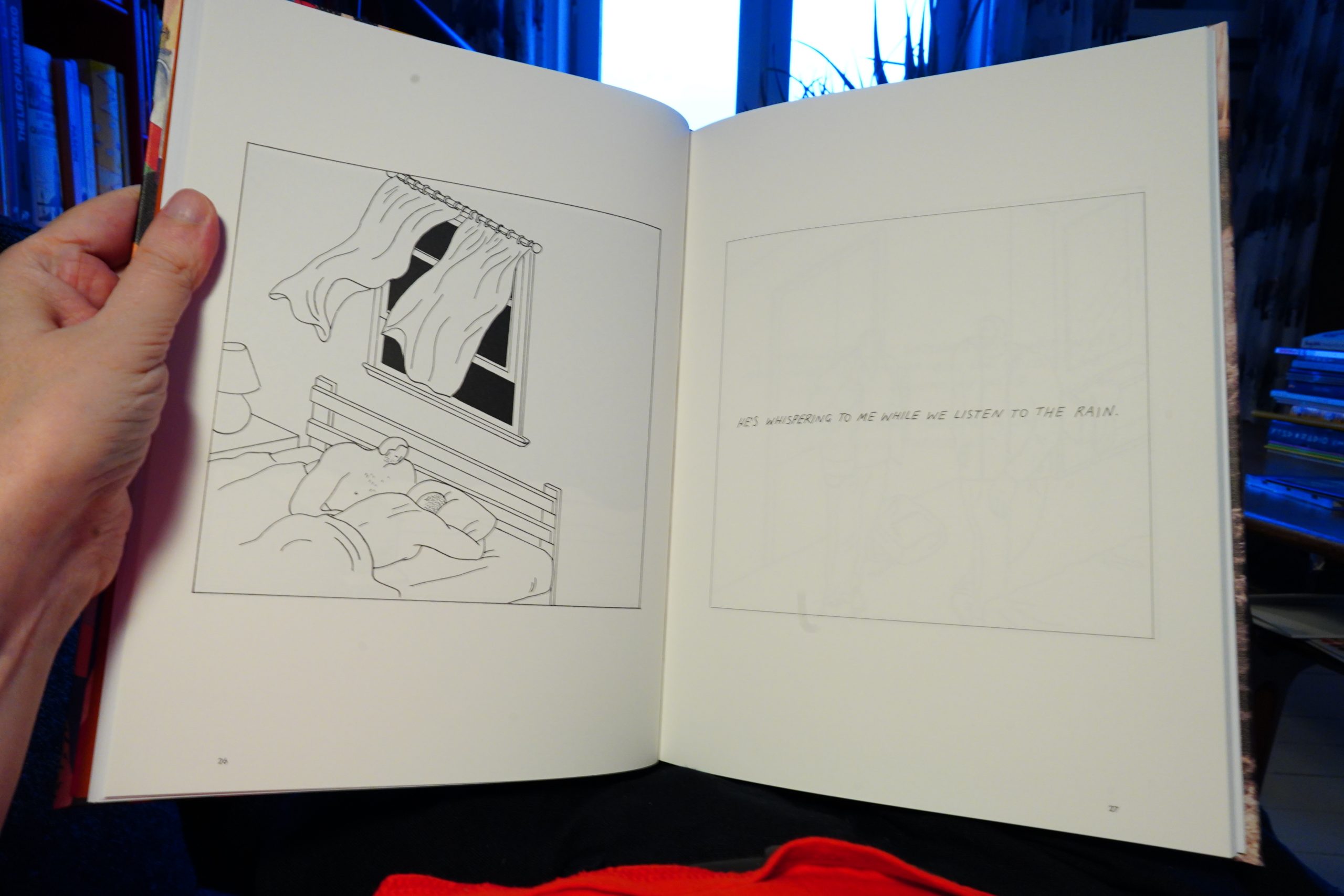
And there’s a story within the story.
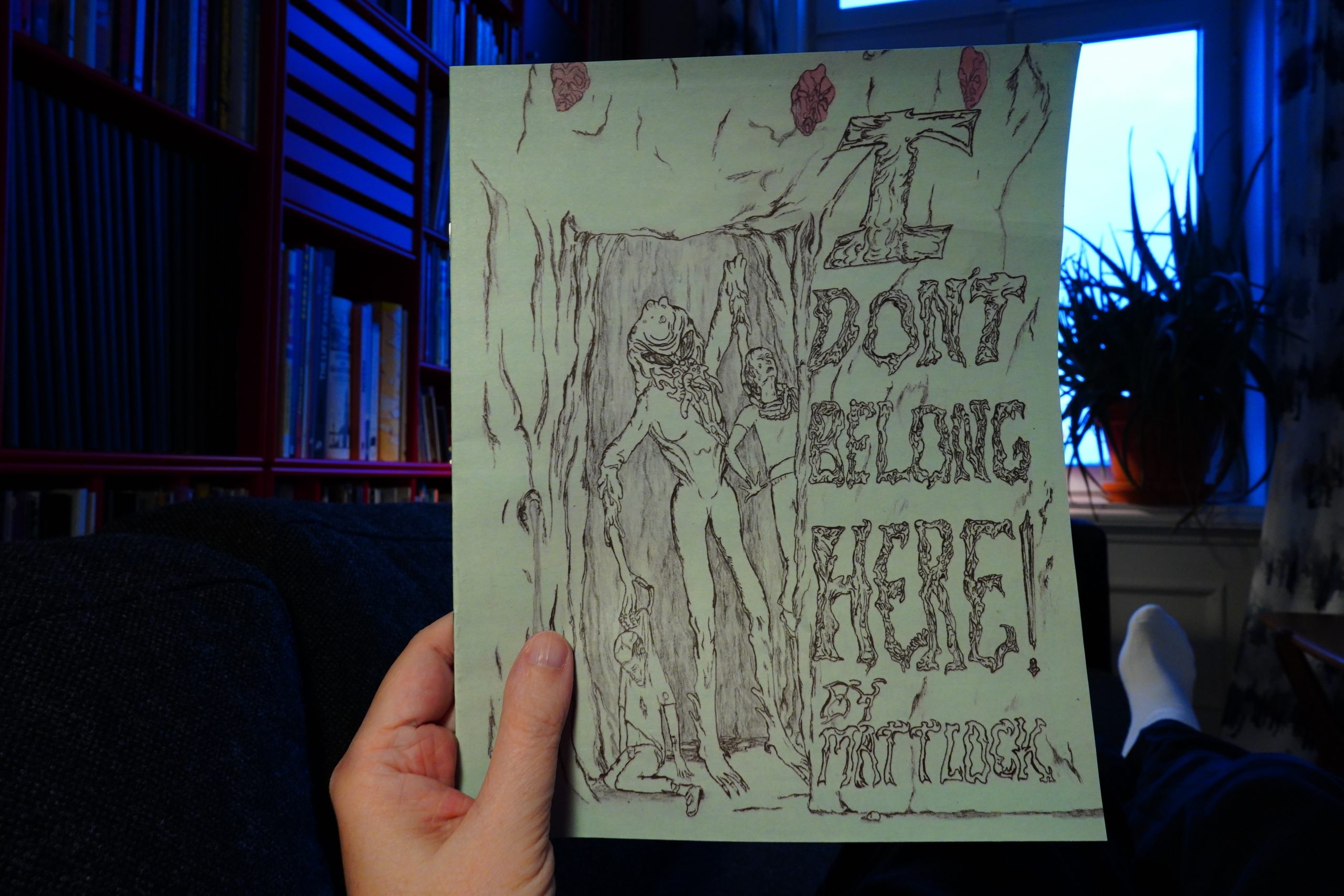
21:59: I Don’t Belong Here! by Mattlock
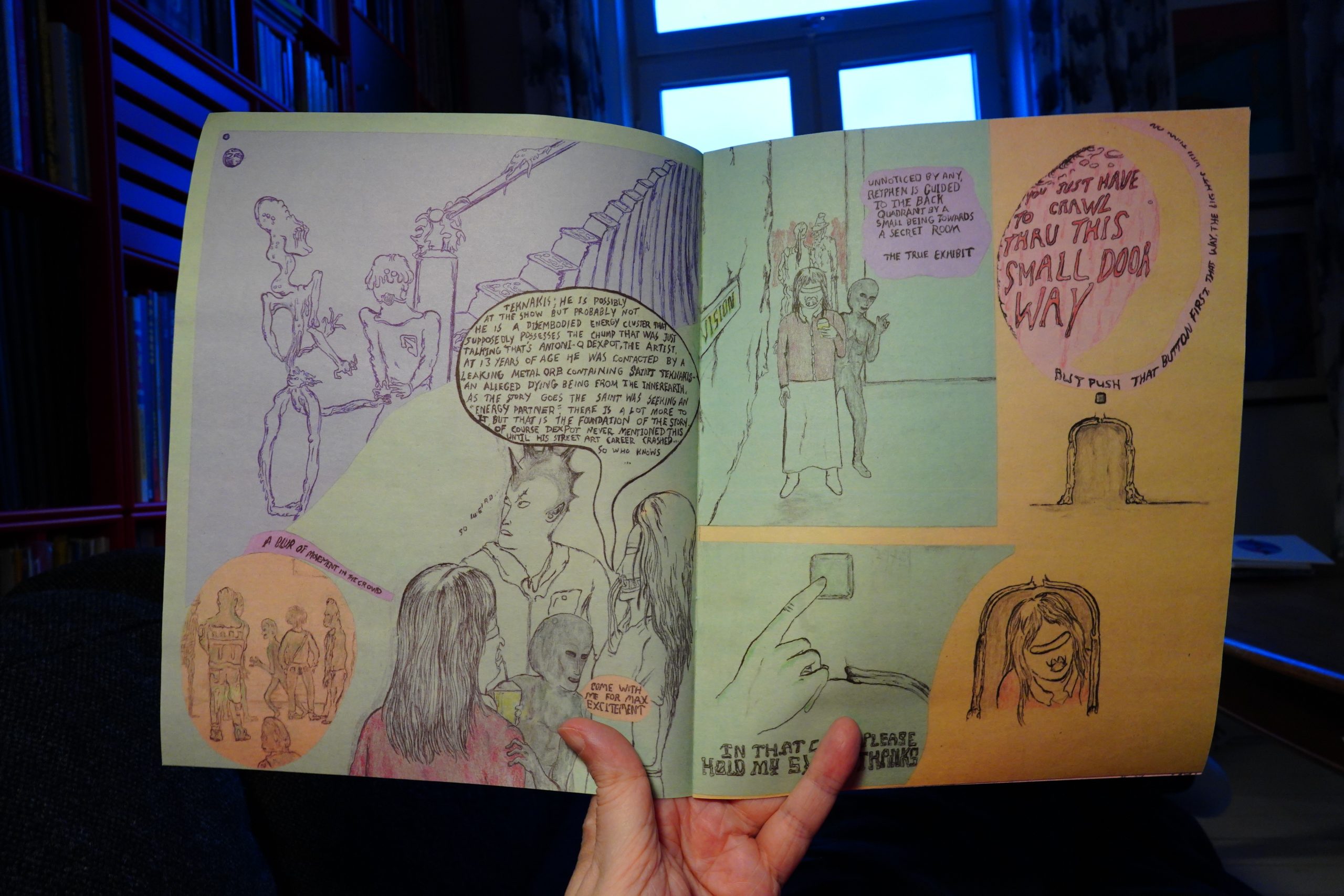
I have no idea what’s going on here, but it looks very interesting.
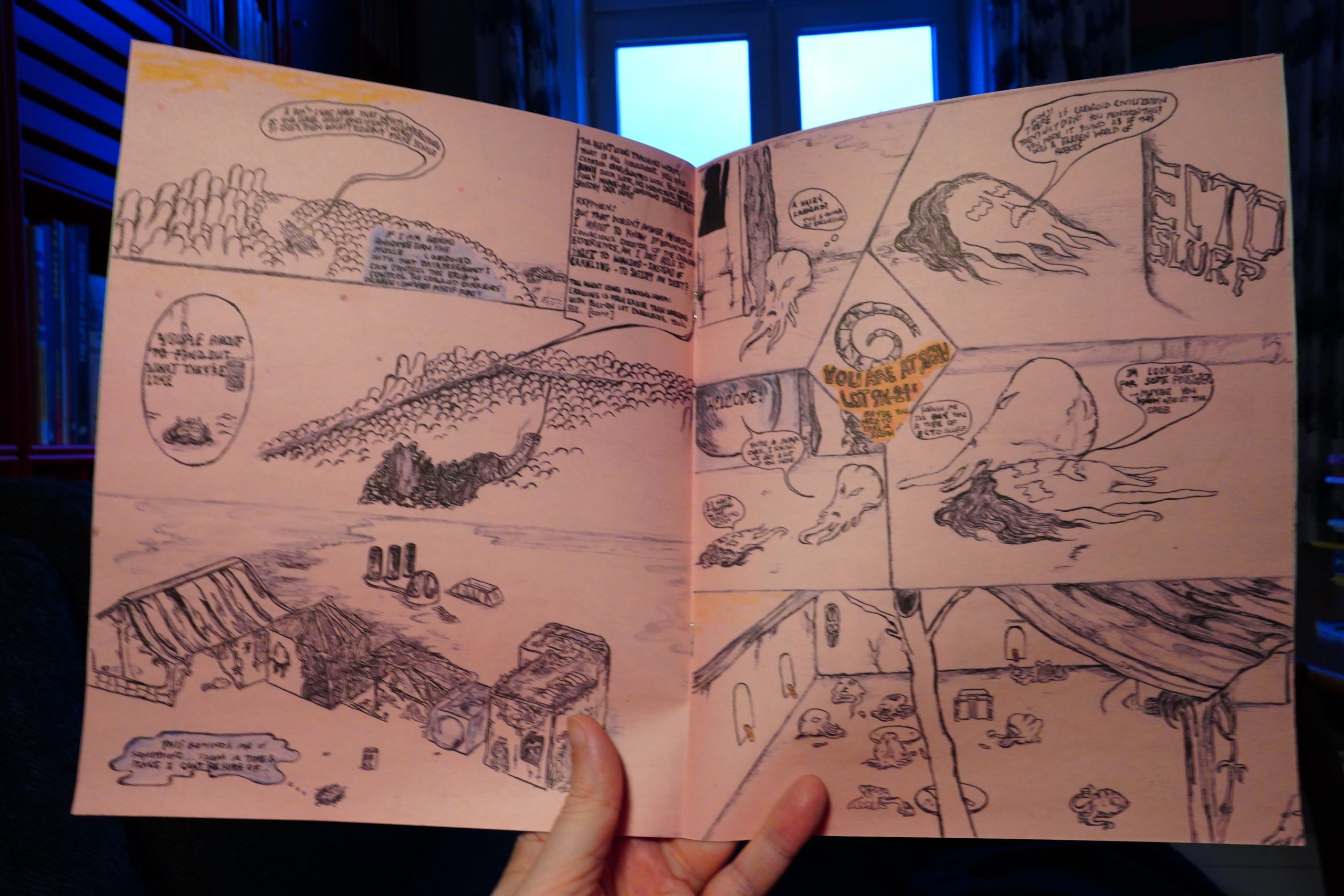
It’s a science fiction story, I guess, but it’s a bit hard to follow… I do like the artwork.
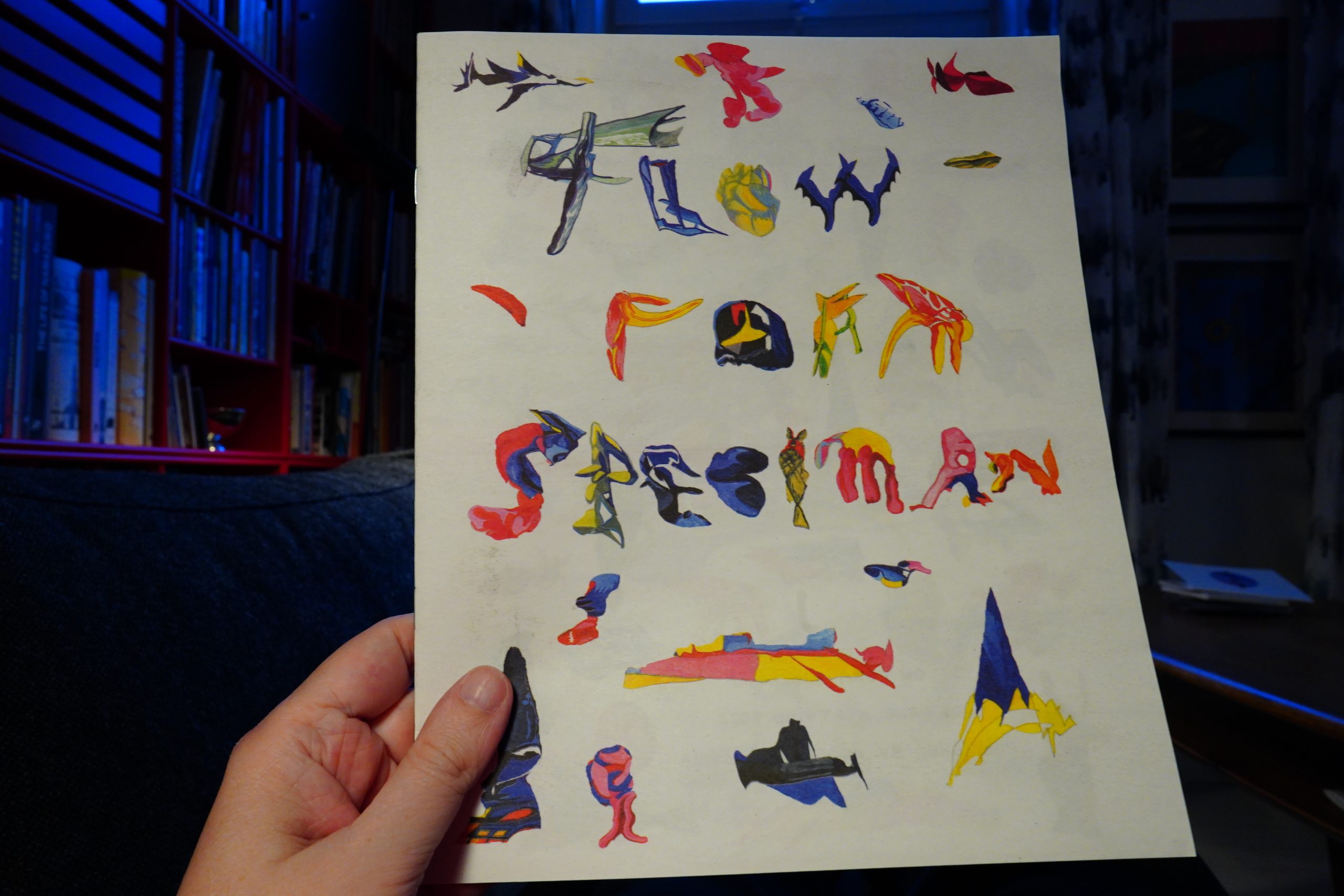
22:06: Flow-Form Speciman by Lale Westwind

Wow, gorgeous.

This seems to hint at a story, but I guess it’s a series of illustrations. The little creatures at the bottom of the pages sometimes resemble letters, but I wasn’t able to make anything out…

22:09: Lucin se met au vert by Frank Margerin (Zoom)
Man, this is a blast from the past. I remember reading Margerin as a child, but I haven’t seen one of these albums in decades. Are the Danes re-publishing the old stories or is this new?
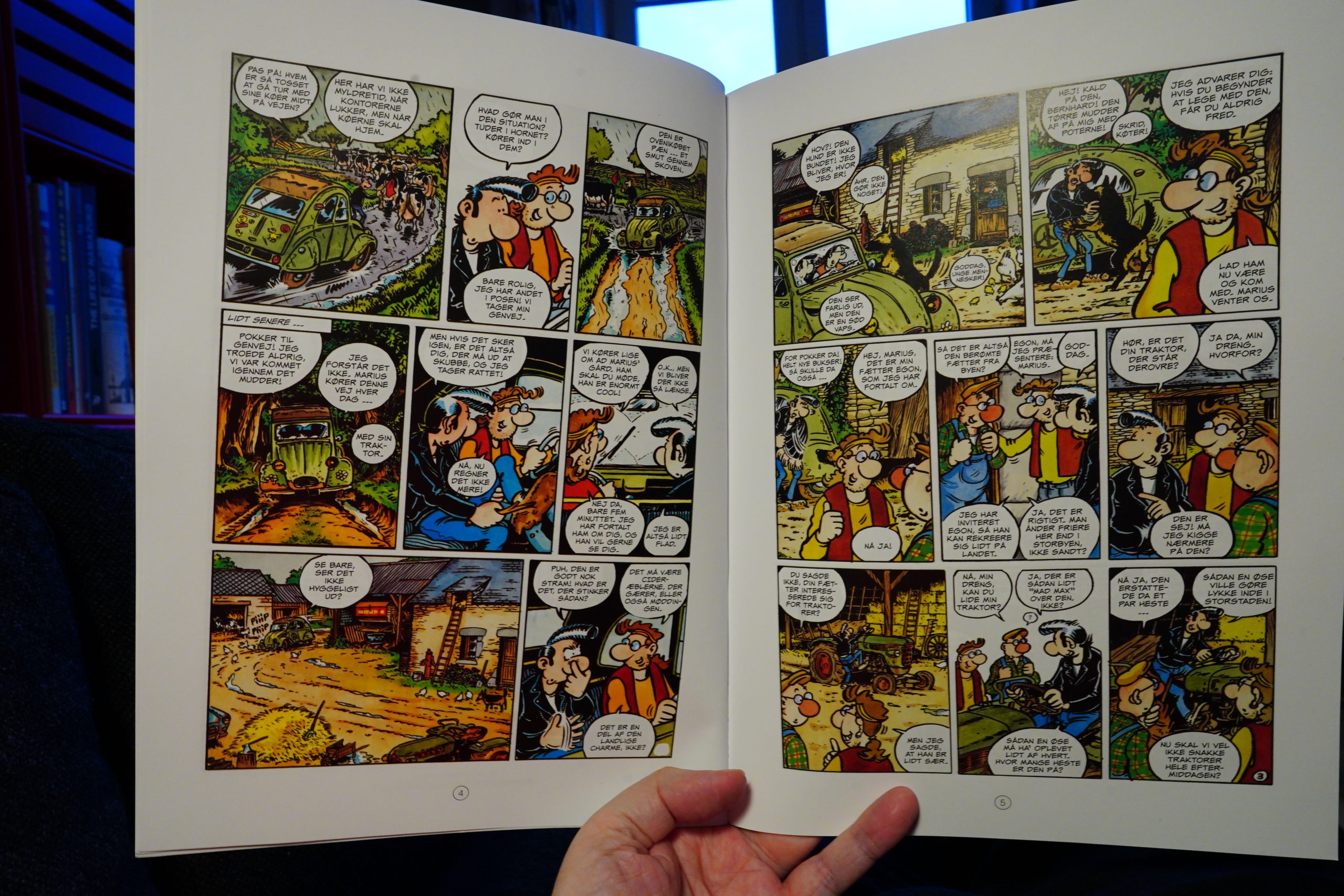
Looks like this might be old (looking at that car, for instance, and nobody has mobile phones). OK, I have to look this up…
Ah, this is from 1989. And I see that I misremembered — I thought the series started in the 70s, but the first album is from 1982.
I was never a fan of the series… I remember always being disappointed that it wasn’t more like, say, Gotlib.
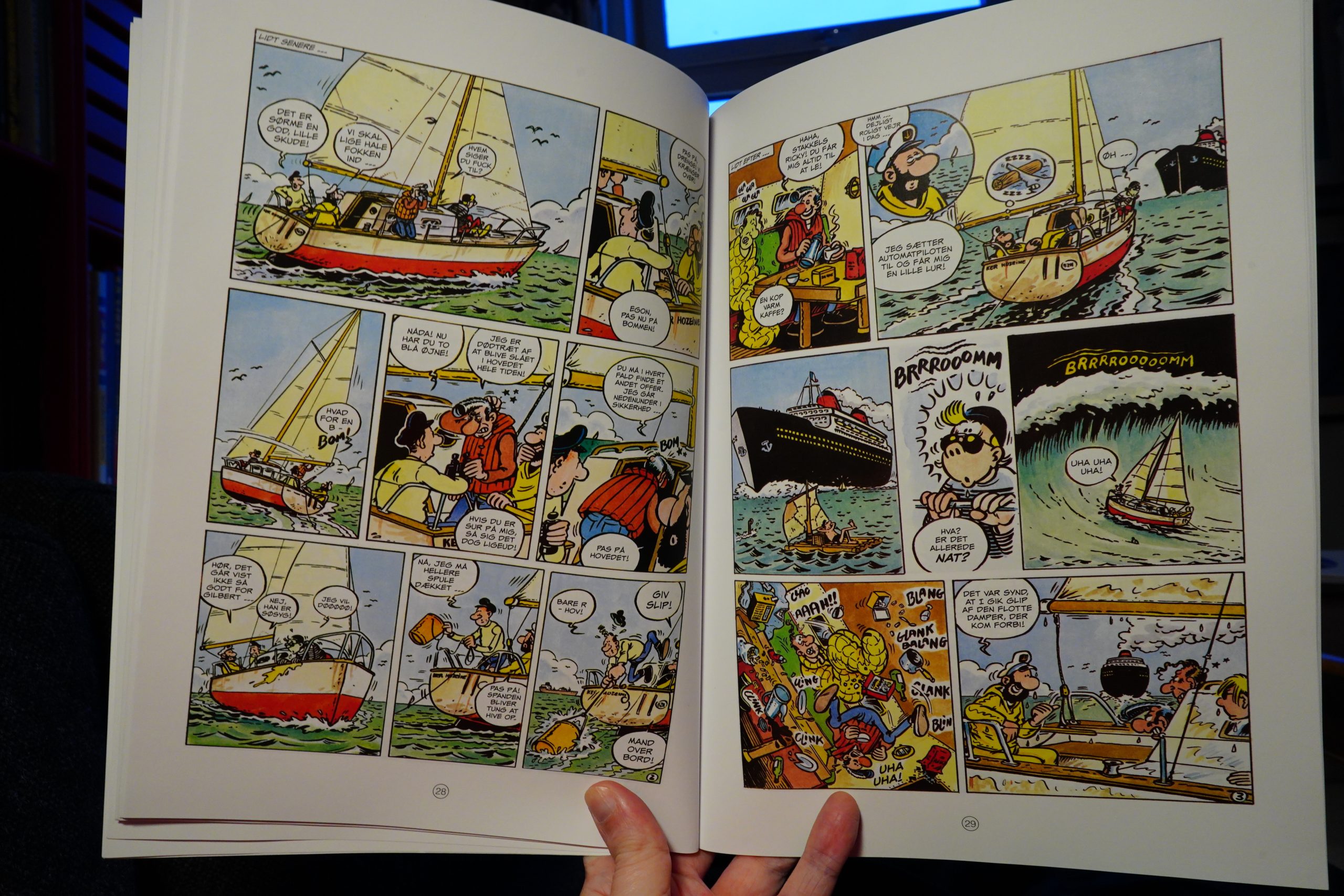
I’m not surprised I assumed that this was from the 70s, because it’s so old-fashioned. I’m guessing the main inspiration for this was the Freak Brothers. Not that there’s a lot of pot jokes (just a couple), but the general vibe.
The problem is that it’s not really that funny. It’s OK, but…
| Animal Collective: Spirit They’re Gone, Spirit They’ve Vanished (2) |  |
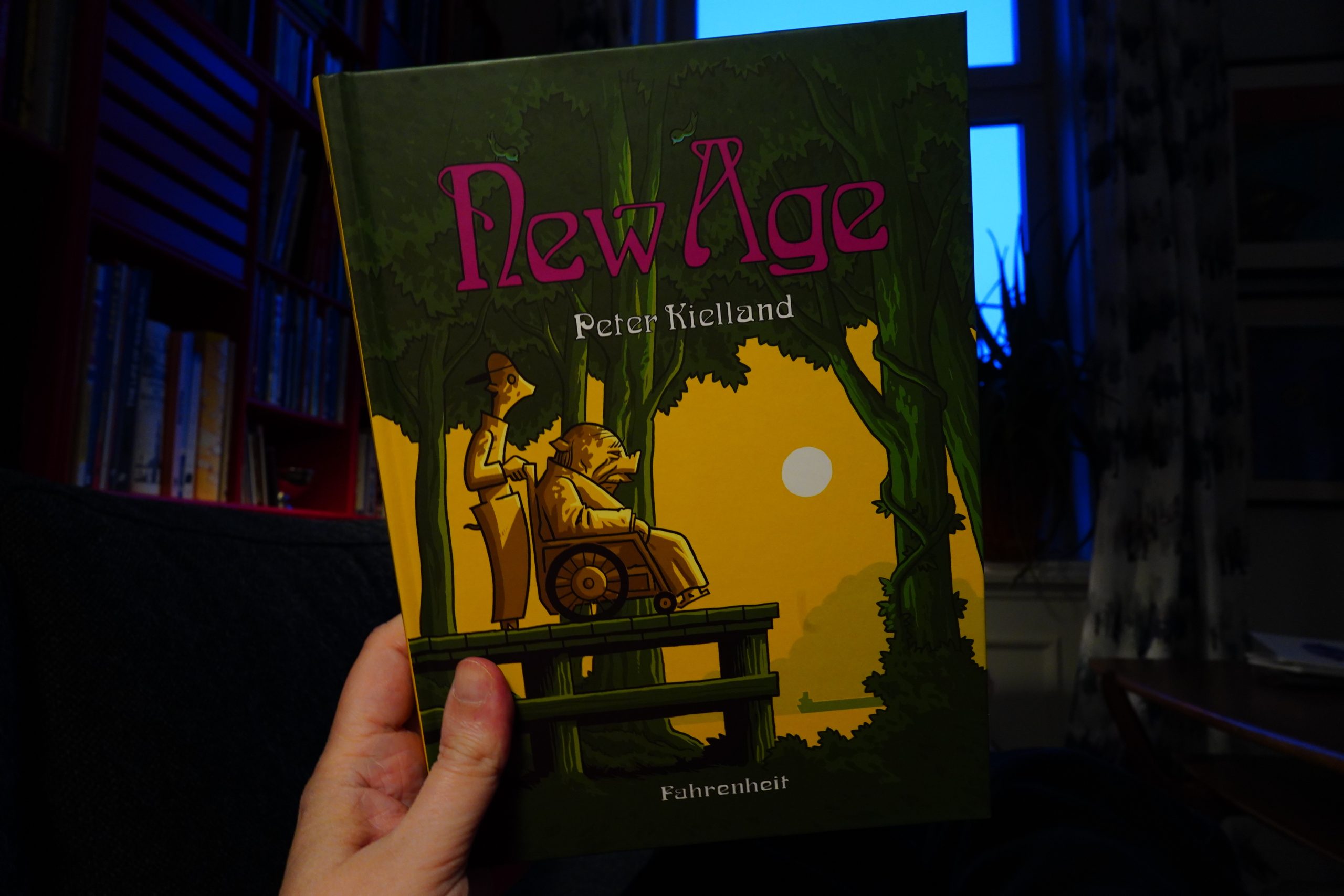
22:52: New Age by Peter Kielland (Fahrenheit)
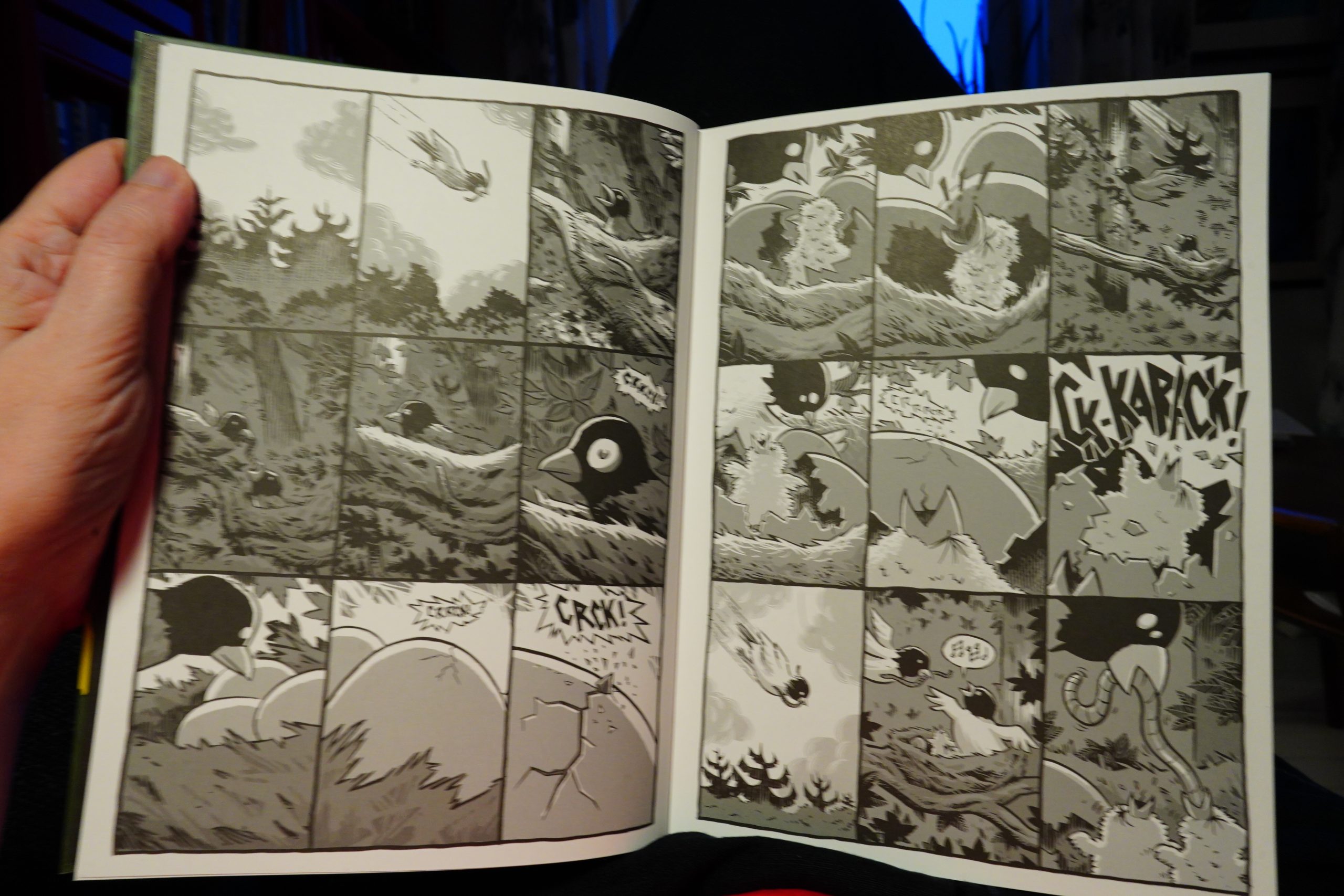
This is a wordless comic — with is a demanding genre, but Kielland pulls off some impressive sequences.
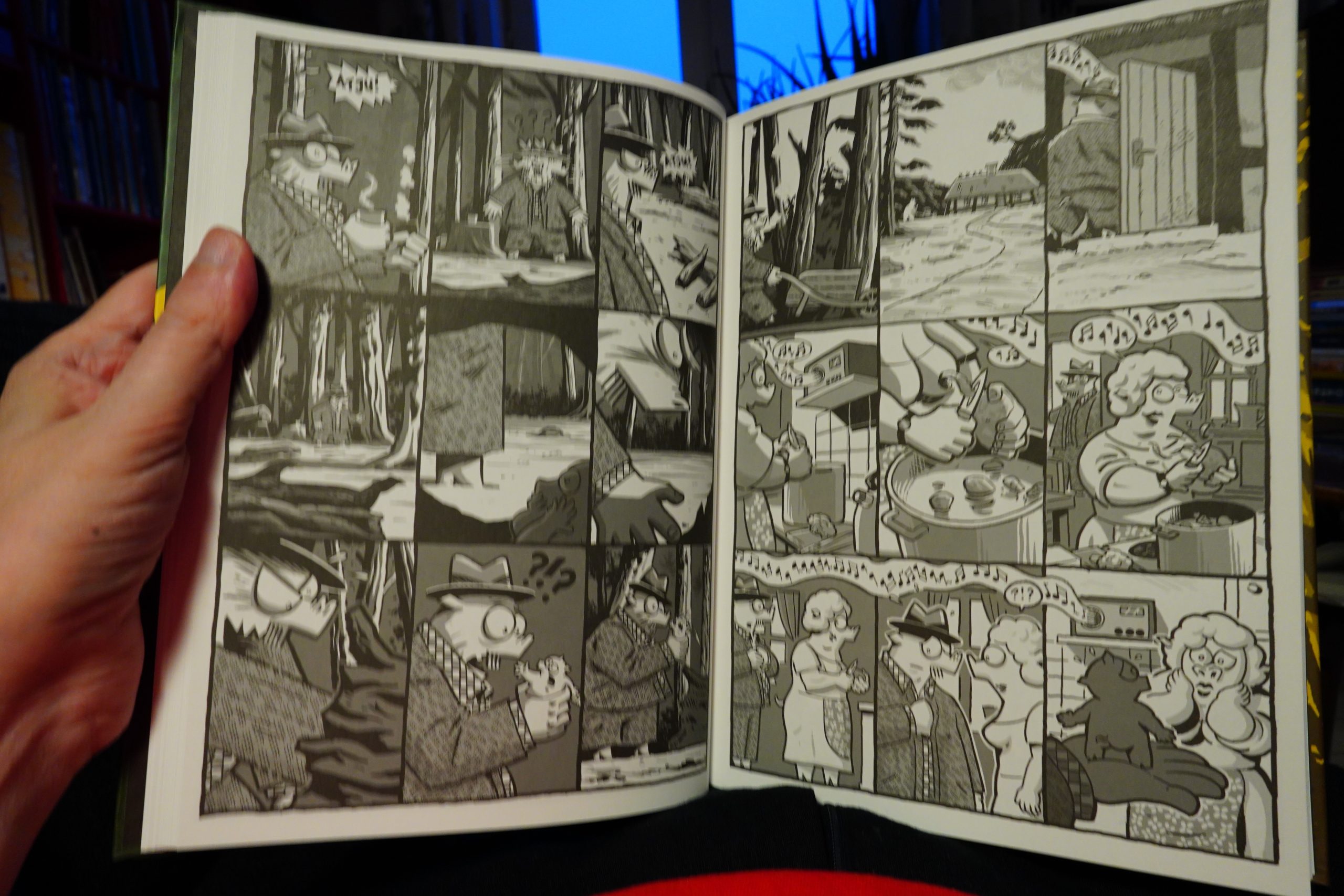
(So blurry snaps…) But it’s not even clear how many characters there are here. It’s about an old guy looking back on his life, and the many, many, many dramatic things that have happened. But there’s also fantasies mixed in here? And dreams? And it’s just hard to tell what’s what.
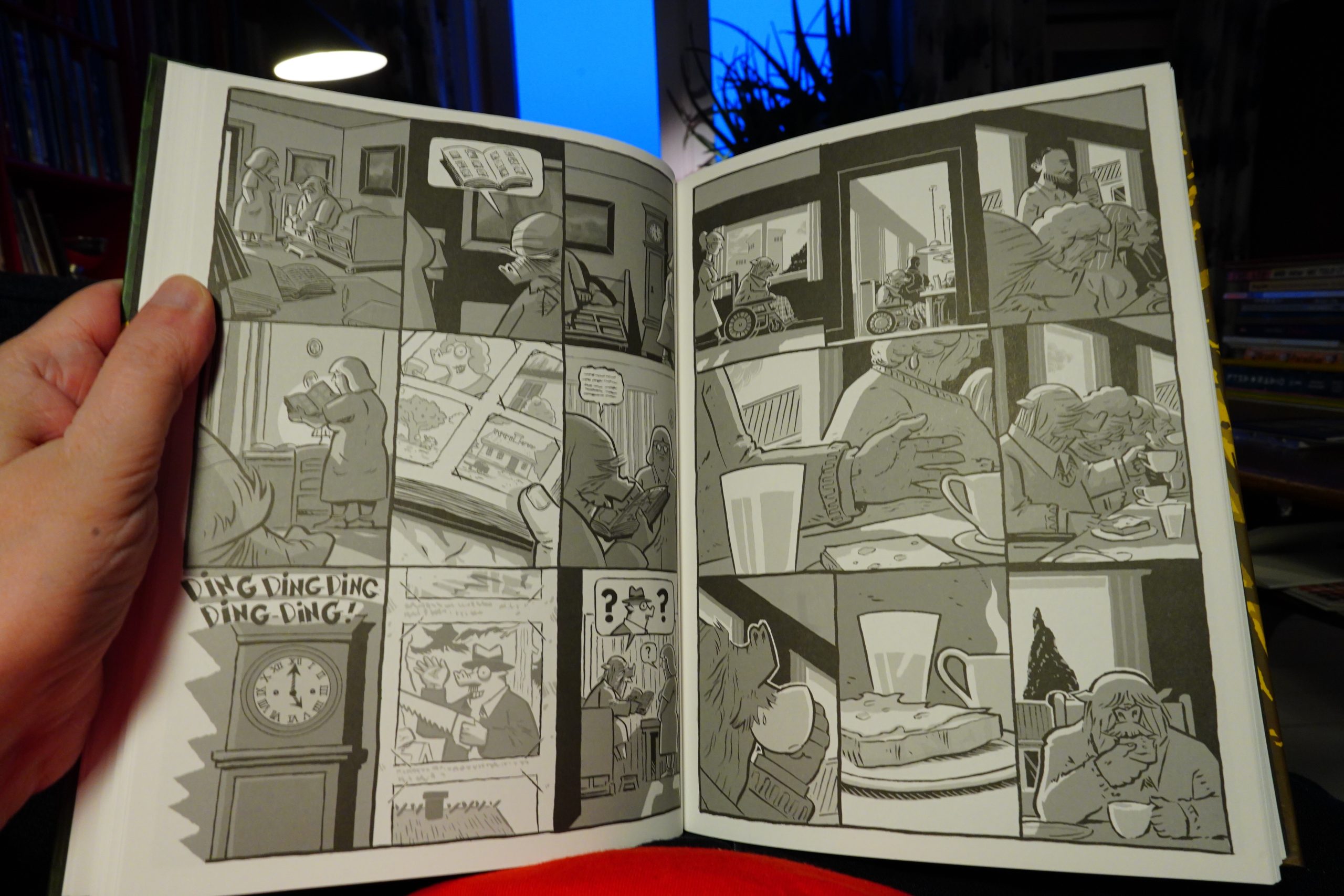
Perhaps reading the book several times would help with comprehension, but… I’m not sure it’s interesting enough to warrant that, really.
It’s pretty good, but it’s not quite… Jim Woodring, who I think was an inspiration for at least some of the scenes.
| Shirley Collins: Archangel Hill |  |
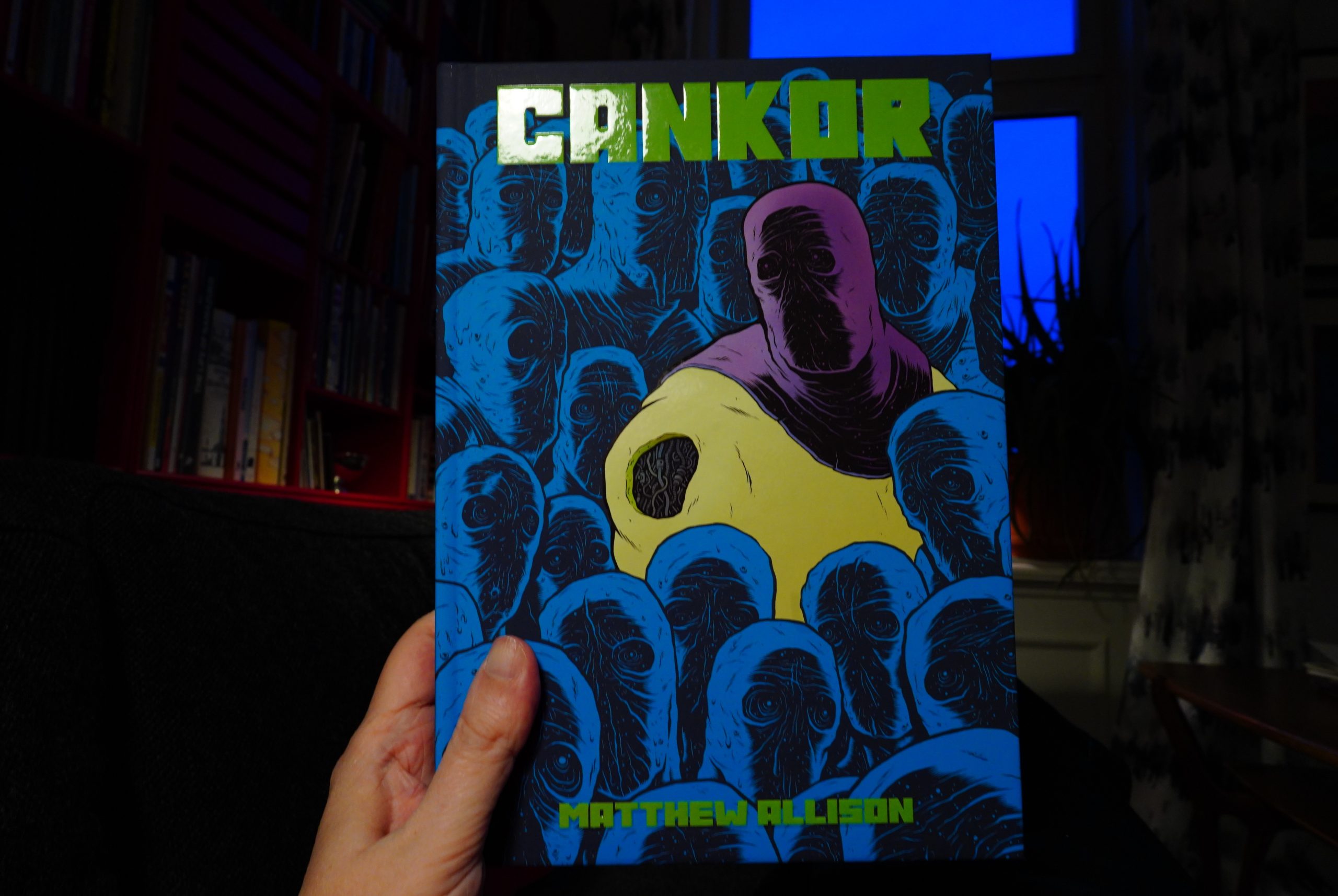
23:19: Cankor by Matthew Allison
Peevin’ time: I wish the “soft touch” cover trend would stop soon. I think there’s a matte plastic layer outside the paper that’s been pumped full of phthalates to give you a soft, velvety touch… and I hate touching that stuff. It’s just icky.
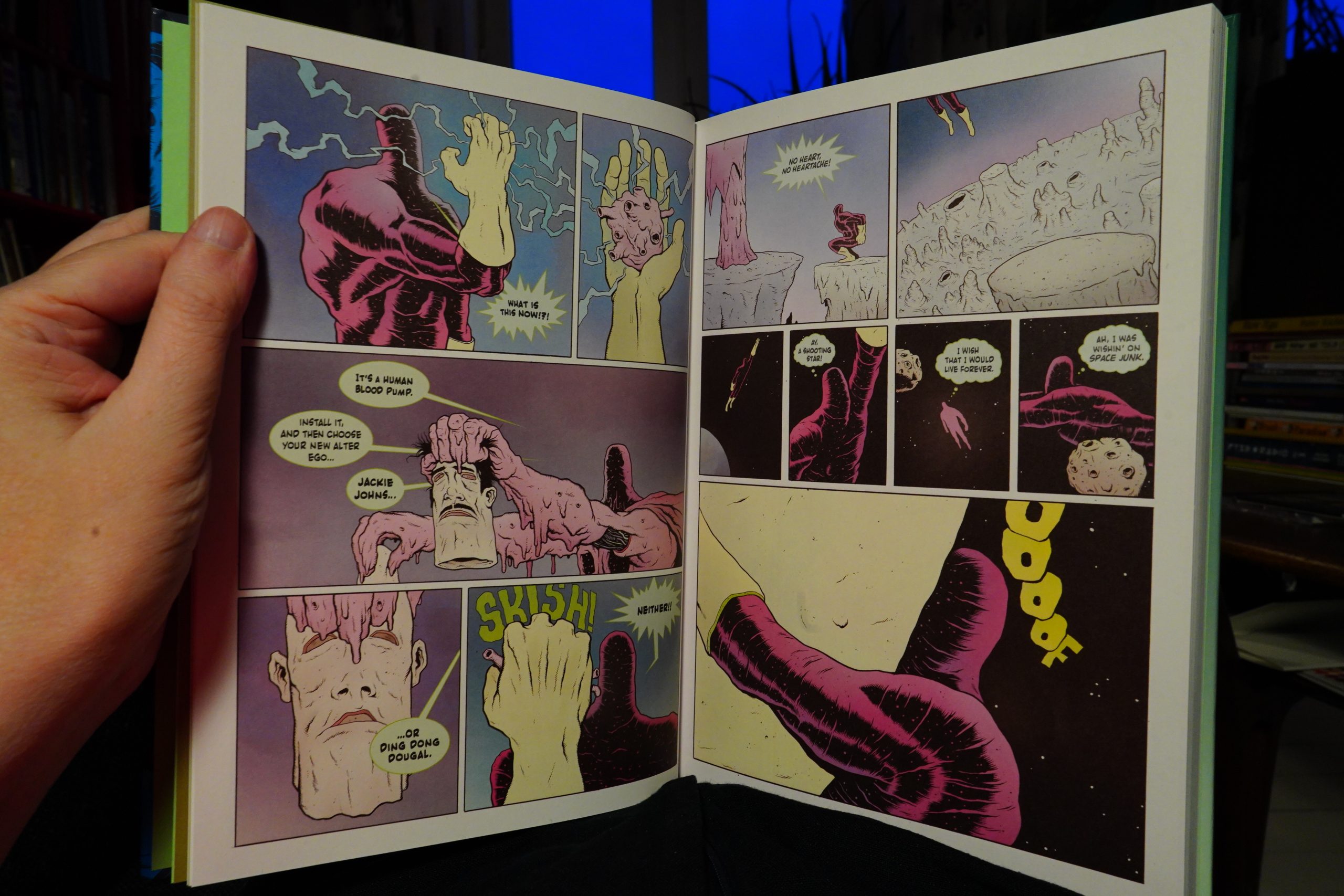
Wow! The artwork here is super sharp — you could cut yourself on those lines.
This is a very referential book, but it doesn’t get lost in the jokes. That is, the jokes are good, but it also feels like the book is building towards something grand?
| Bram Stadhouders, Sidsel Endresen, Jim Black: Bell Time | 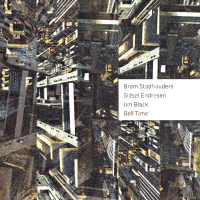 |
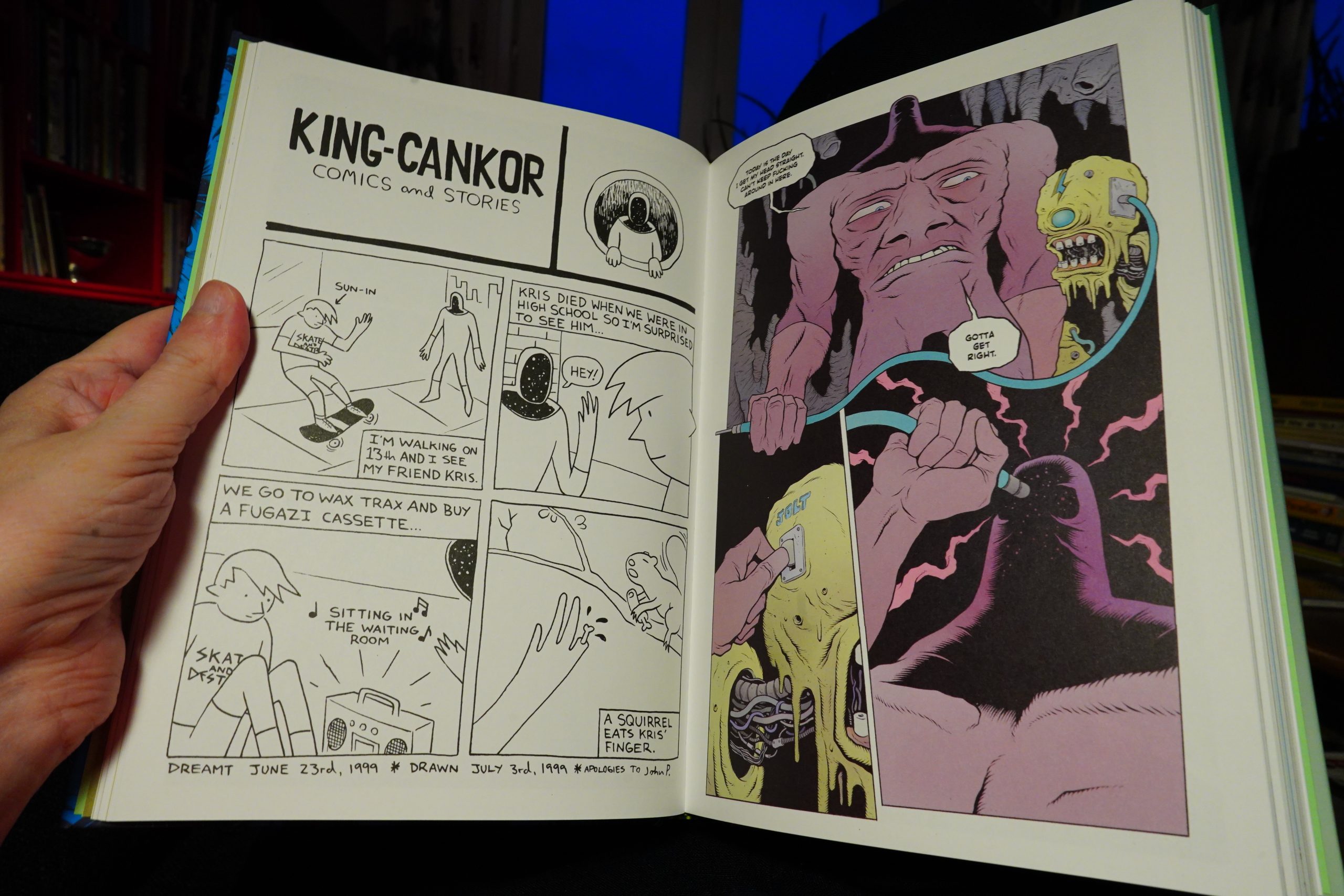
Heh heh.
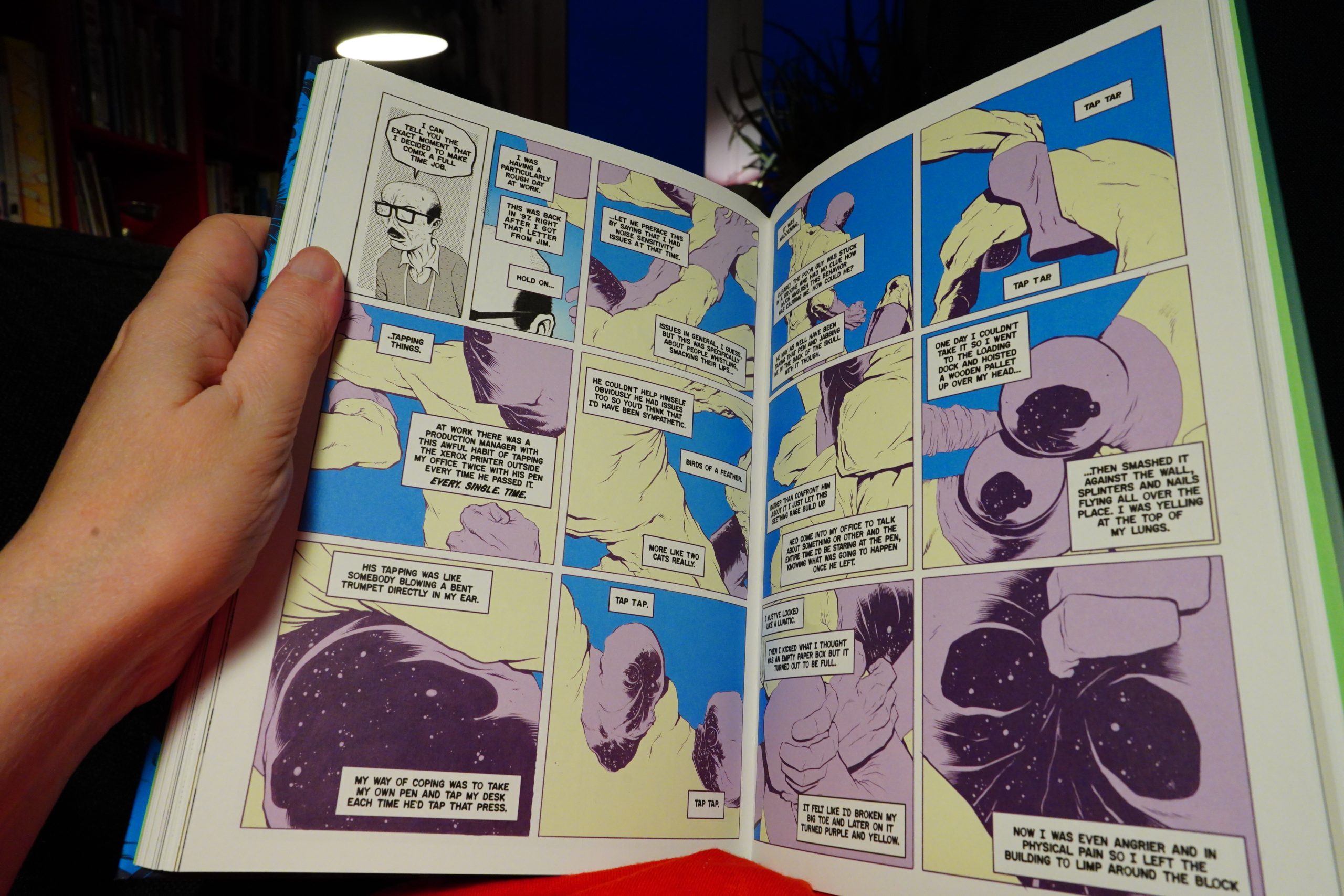
It just keeps getting more and more interesting.
And then, a few dozen pages after this, it’s like the whole thing dissipates. The last fifth of the book feels very slight — it’s still got good jokes, but it feels like it’s lost momentum, and now the jokes are it, basically.
Which is a huge disappointment, because the first three quarters of this book are totally amazing. Yes, it’s referential, but it’s also unique and fresh.
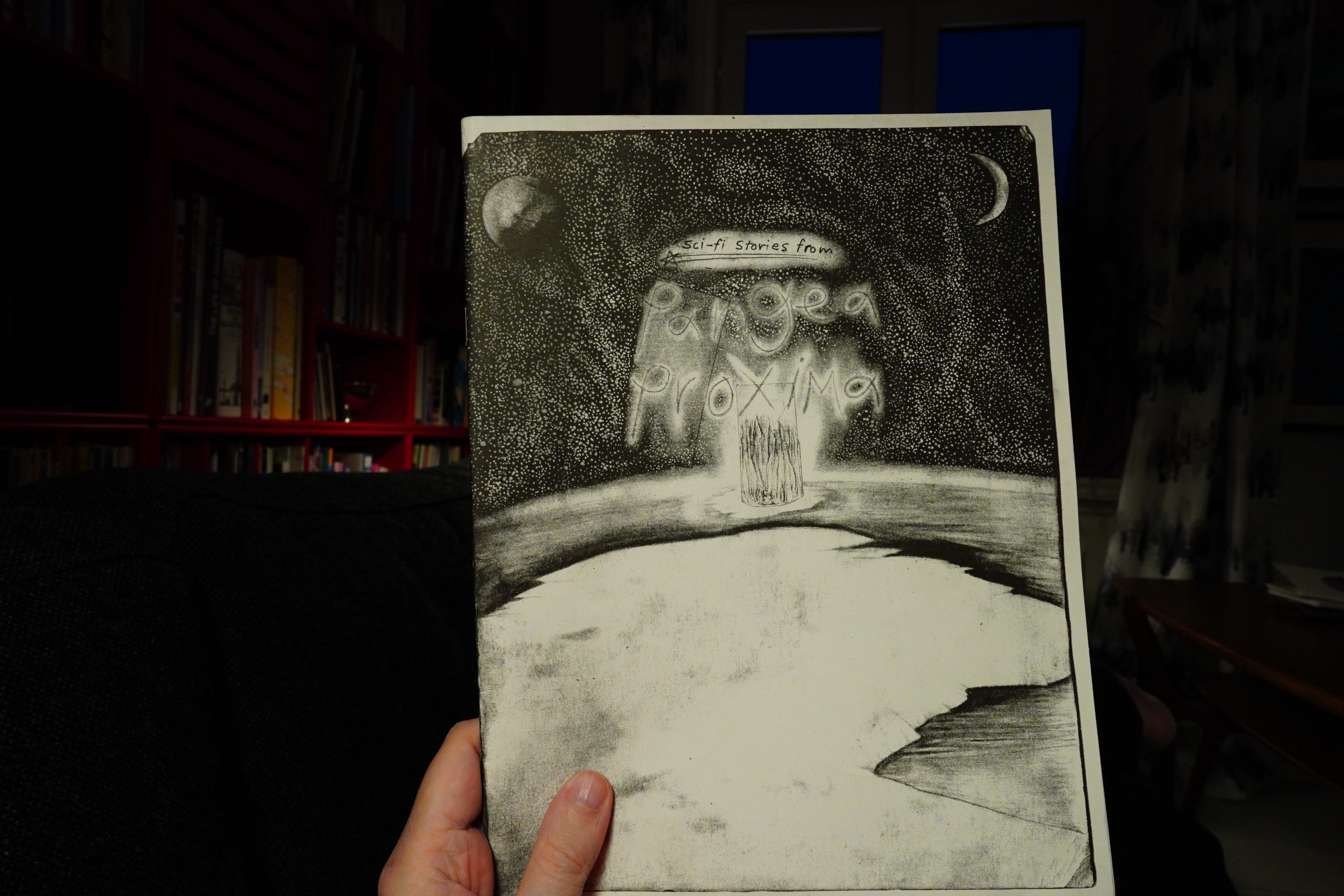
00:16: Sci-fi Stories from Pangea Proxima by Ashton Carless
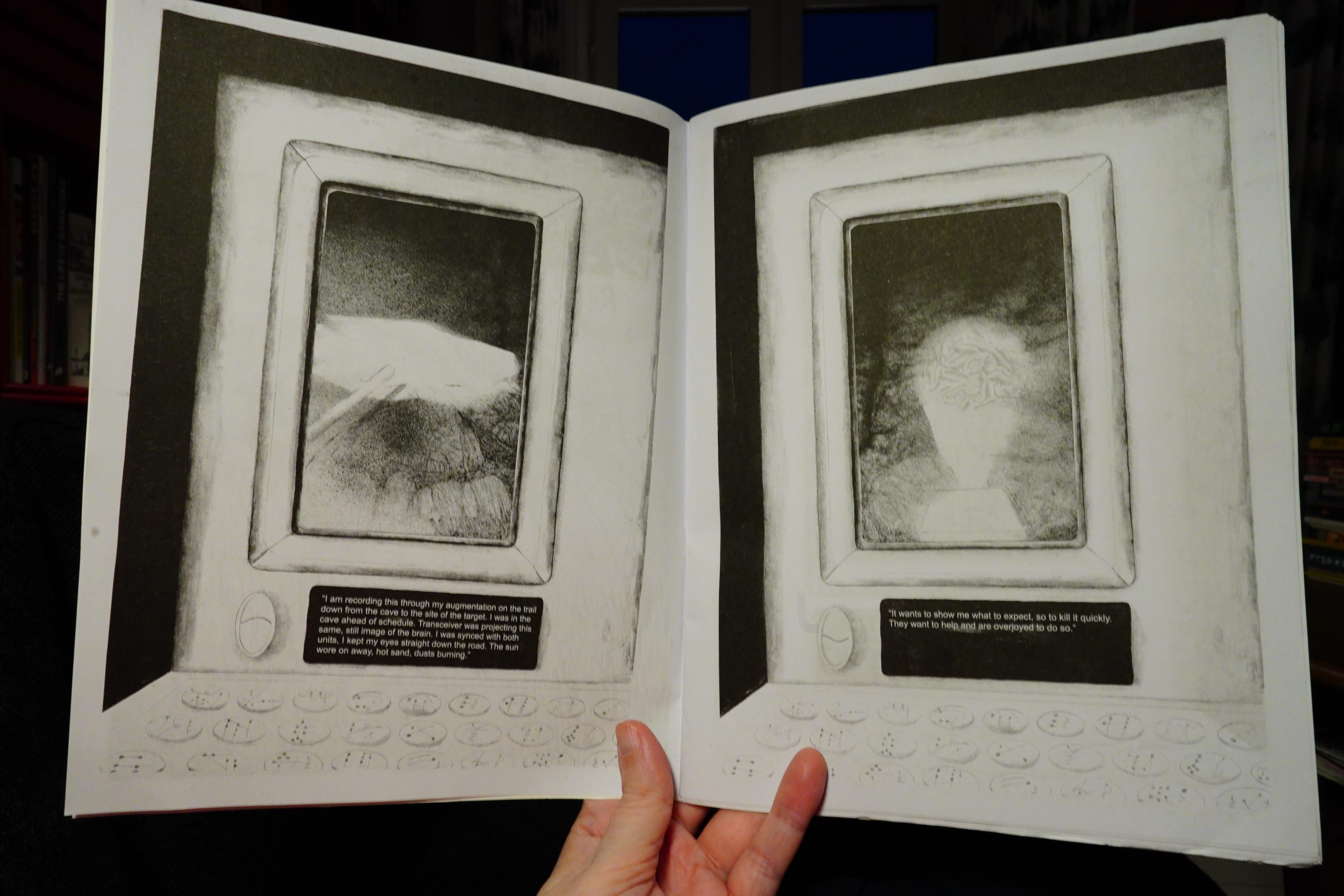
This is really interesting… I have no idea, really, what’s going on in these texts, but I like the mood.
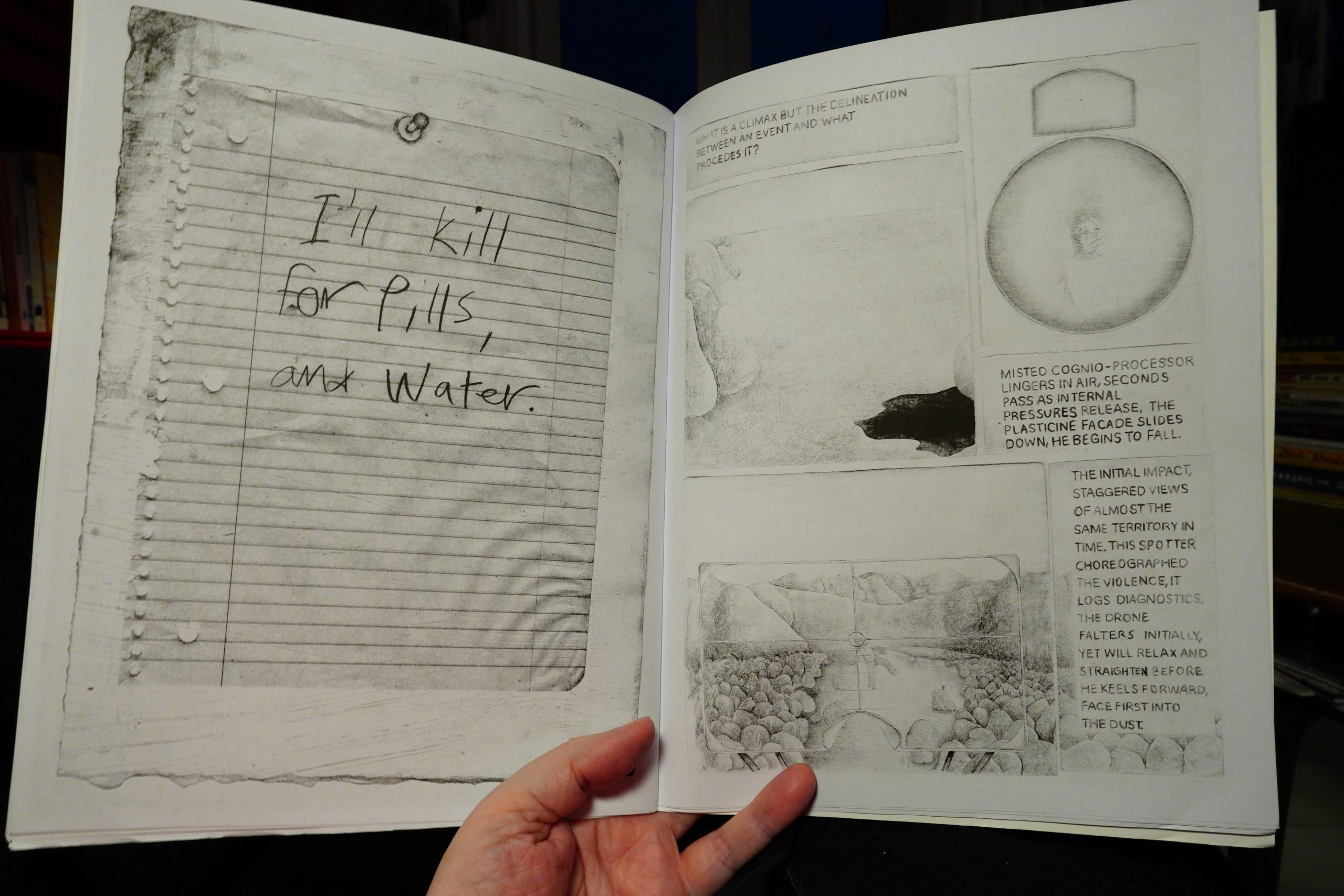
I like it.
00:35: The End
I think it’s time to start pondering whether to start considering whether to plan to go to bed.
